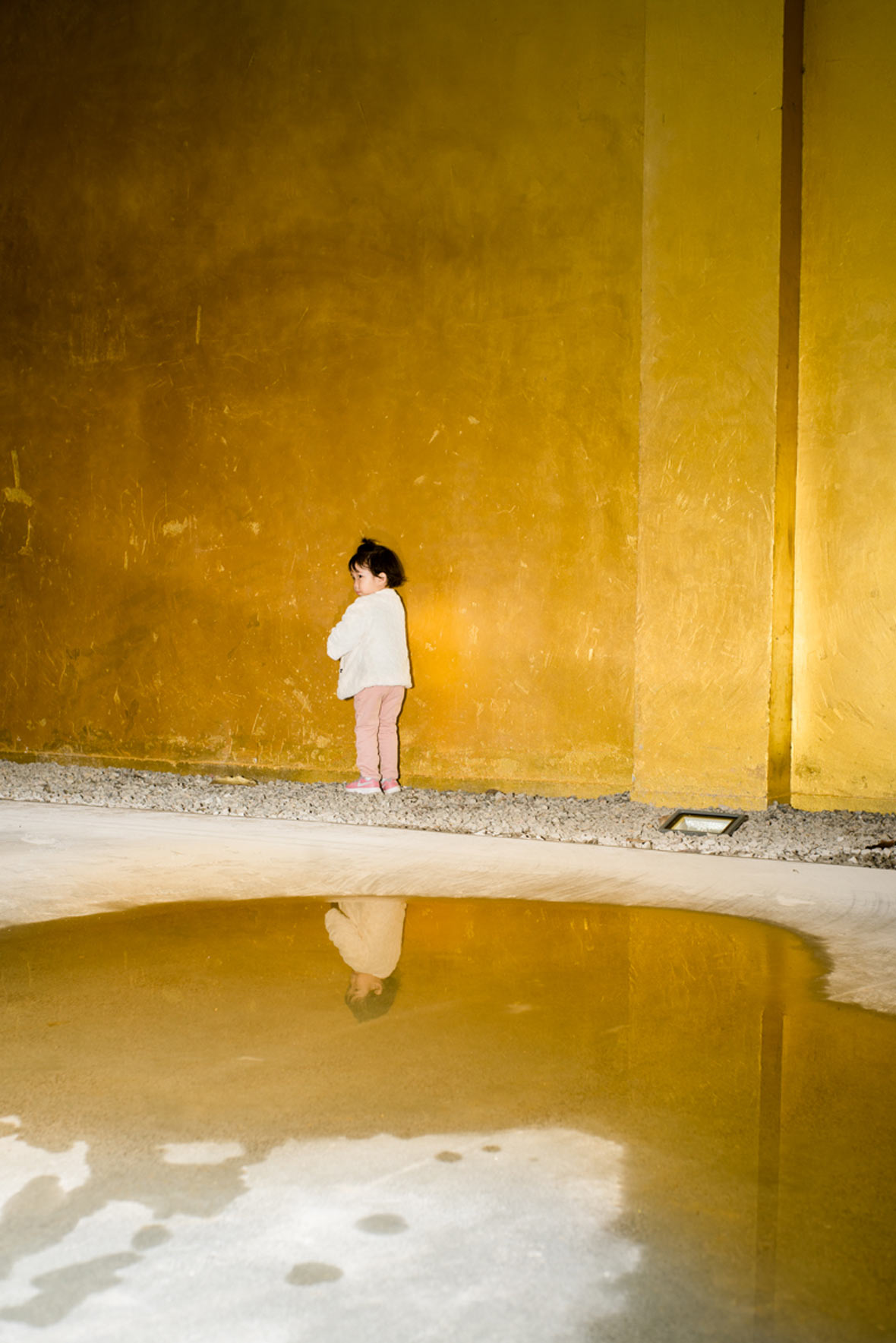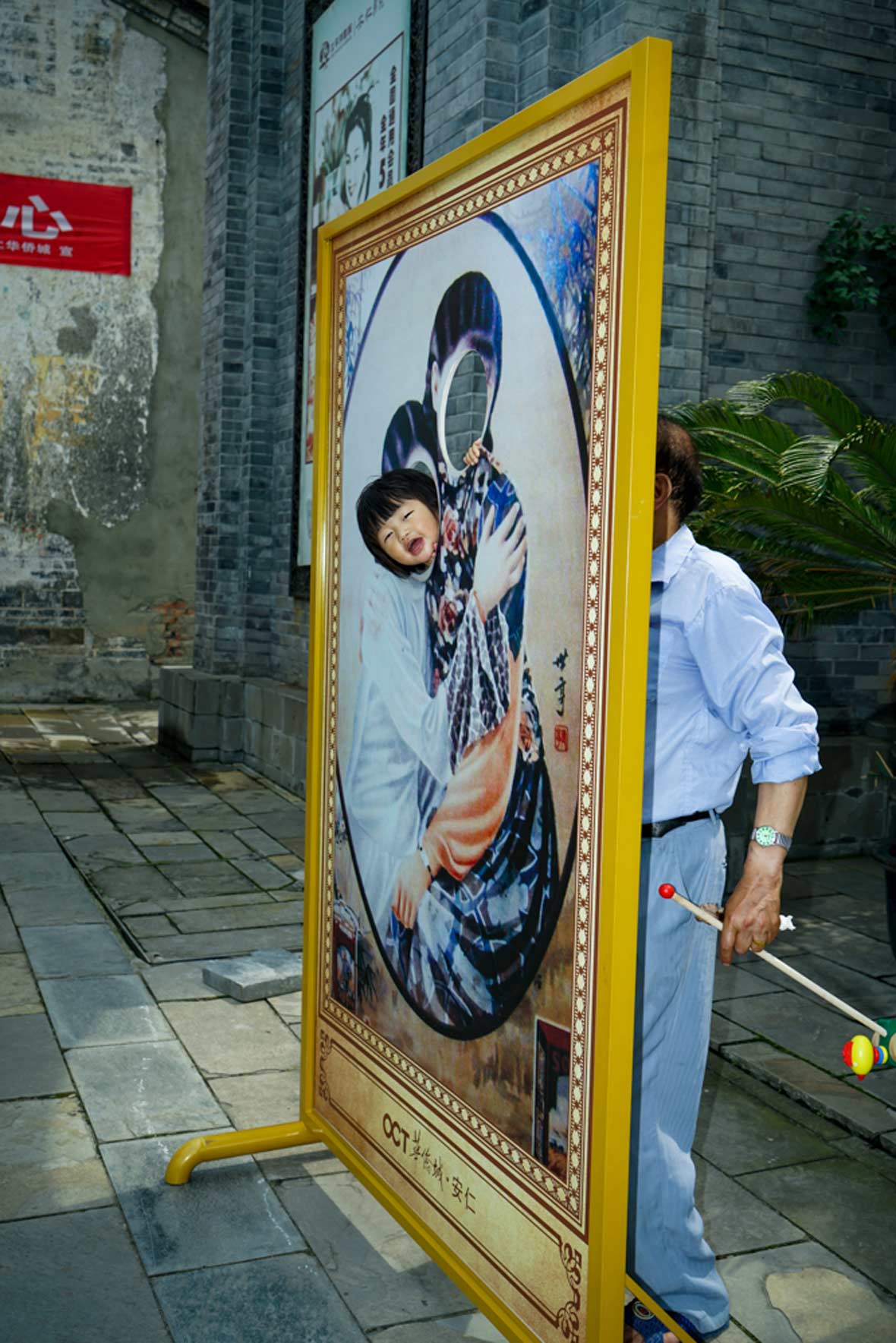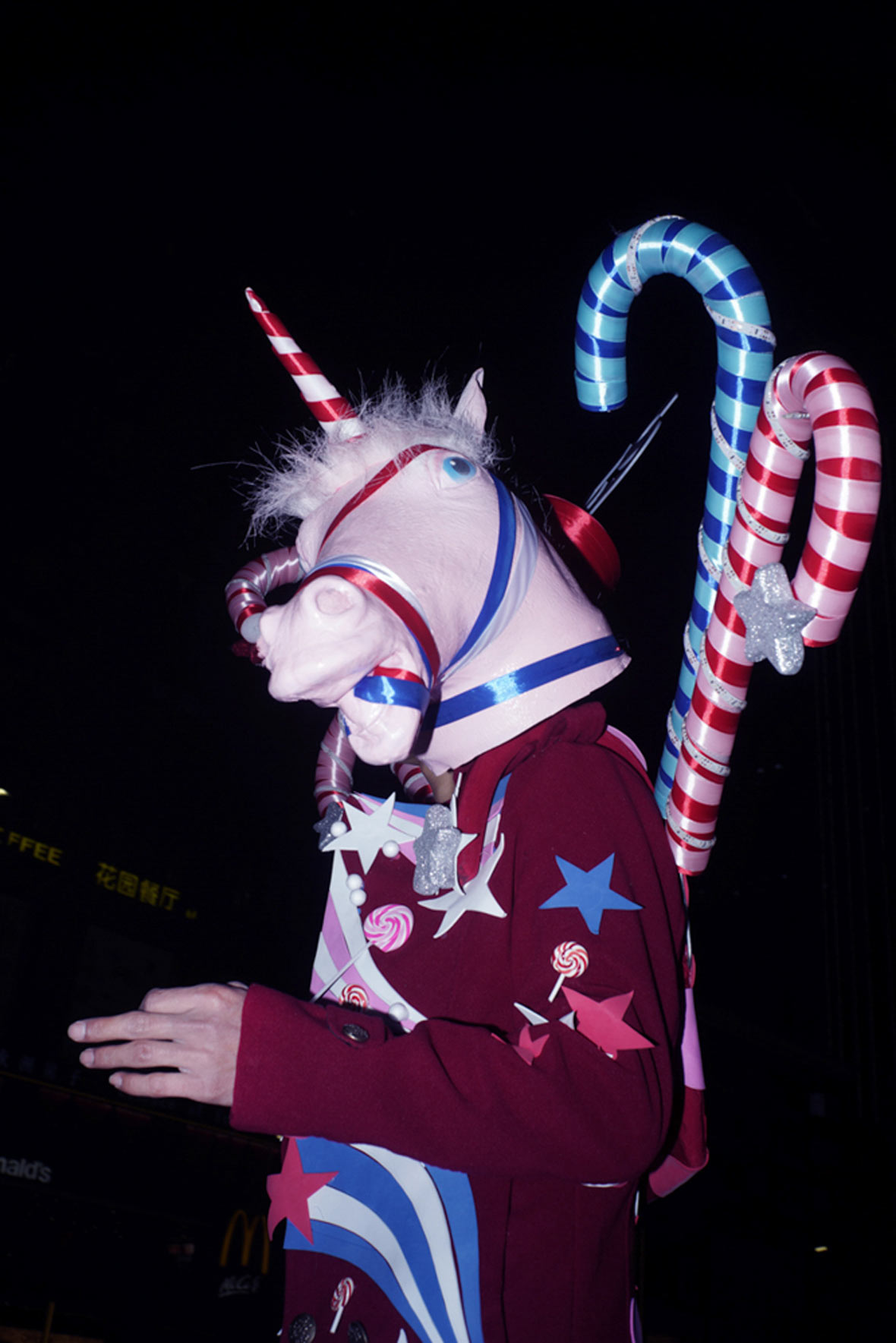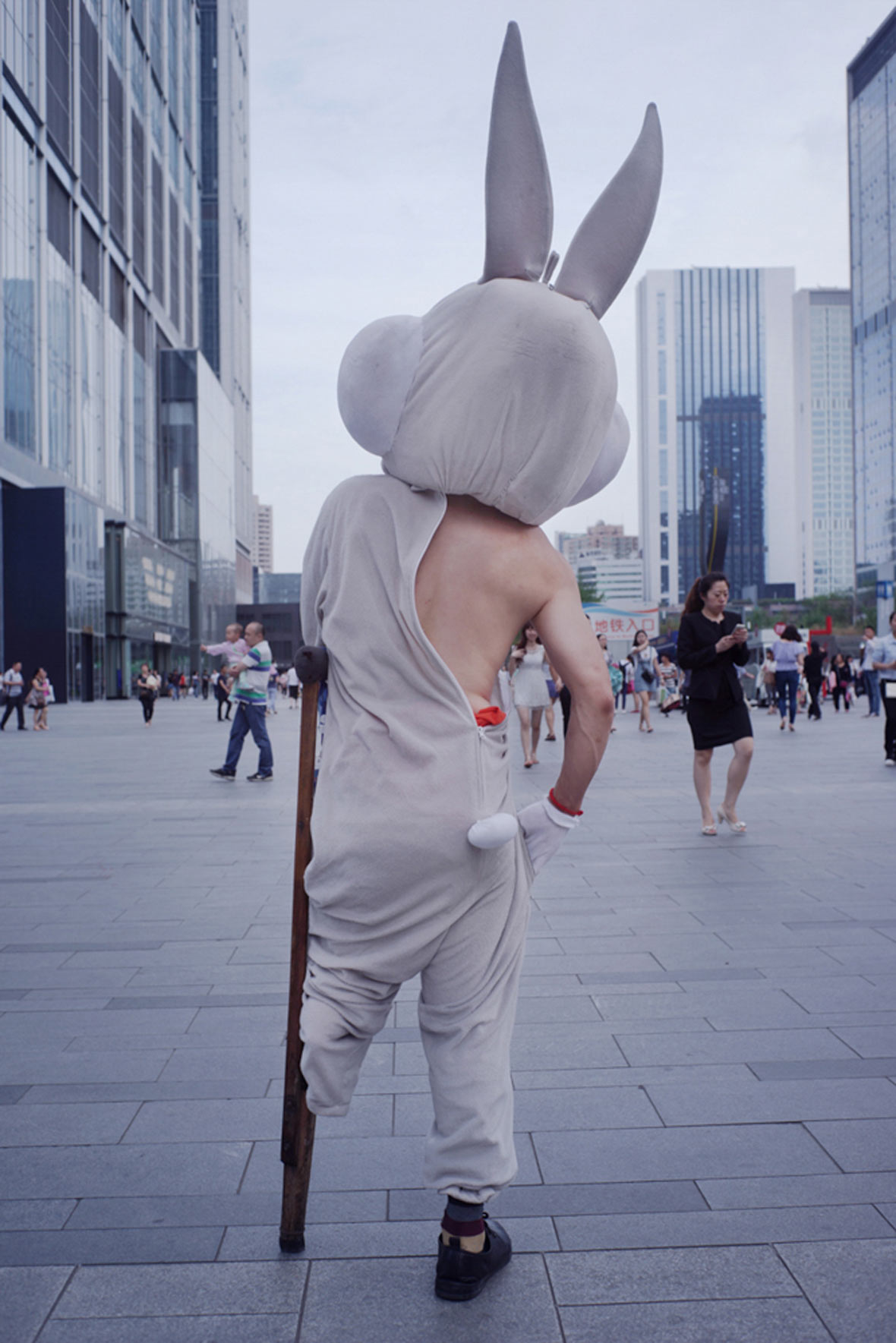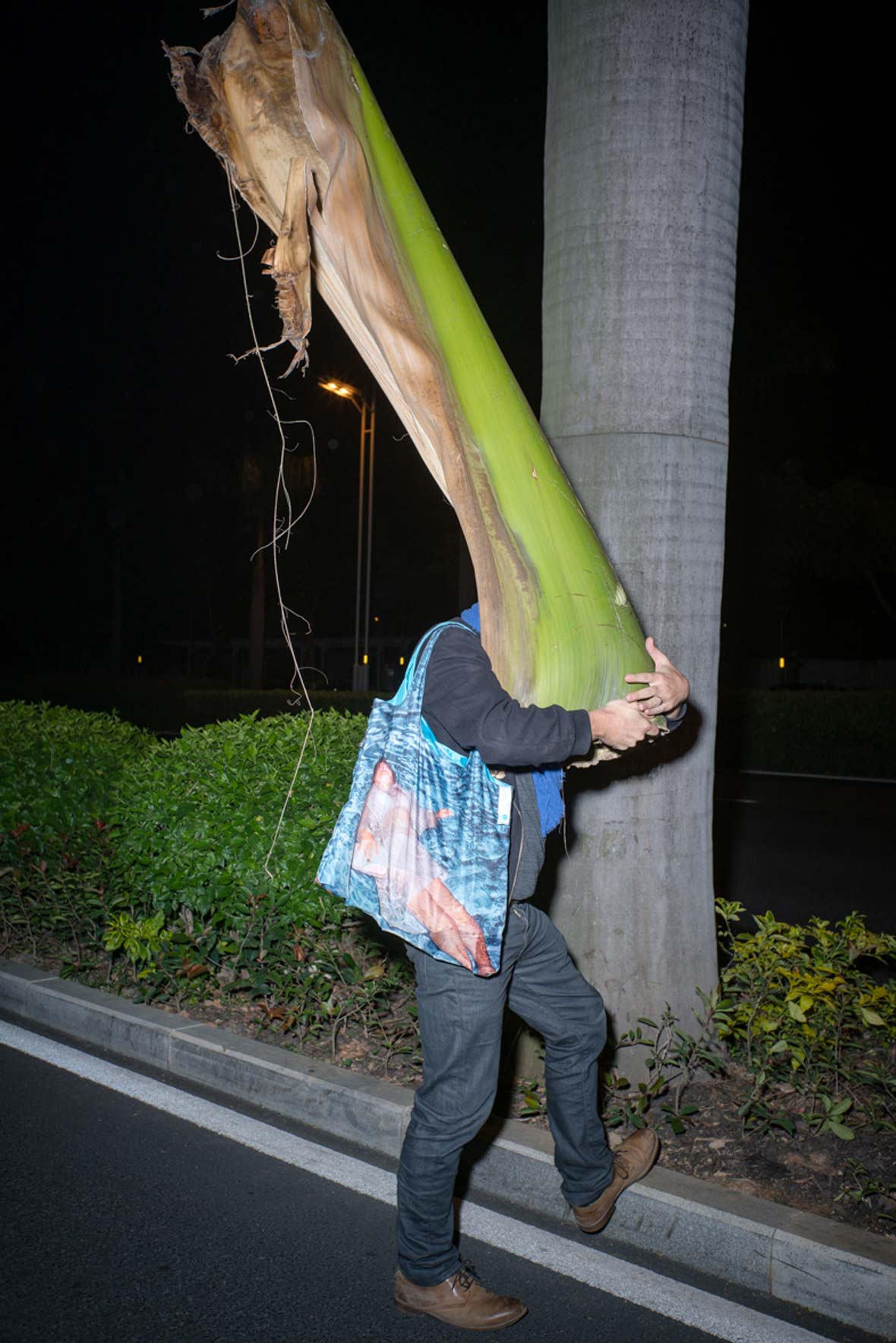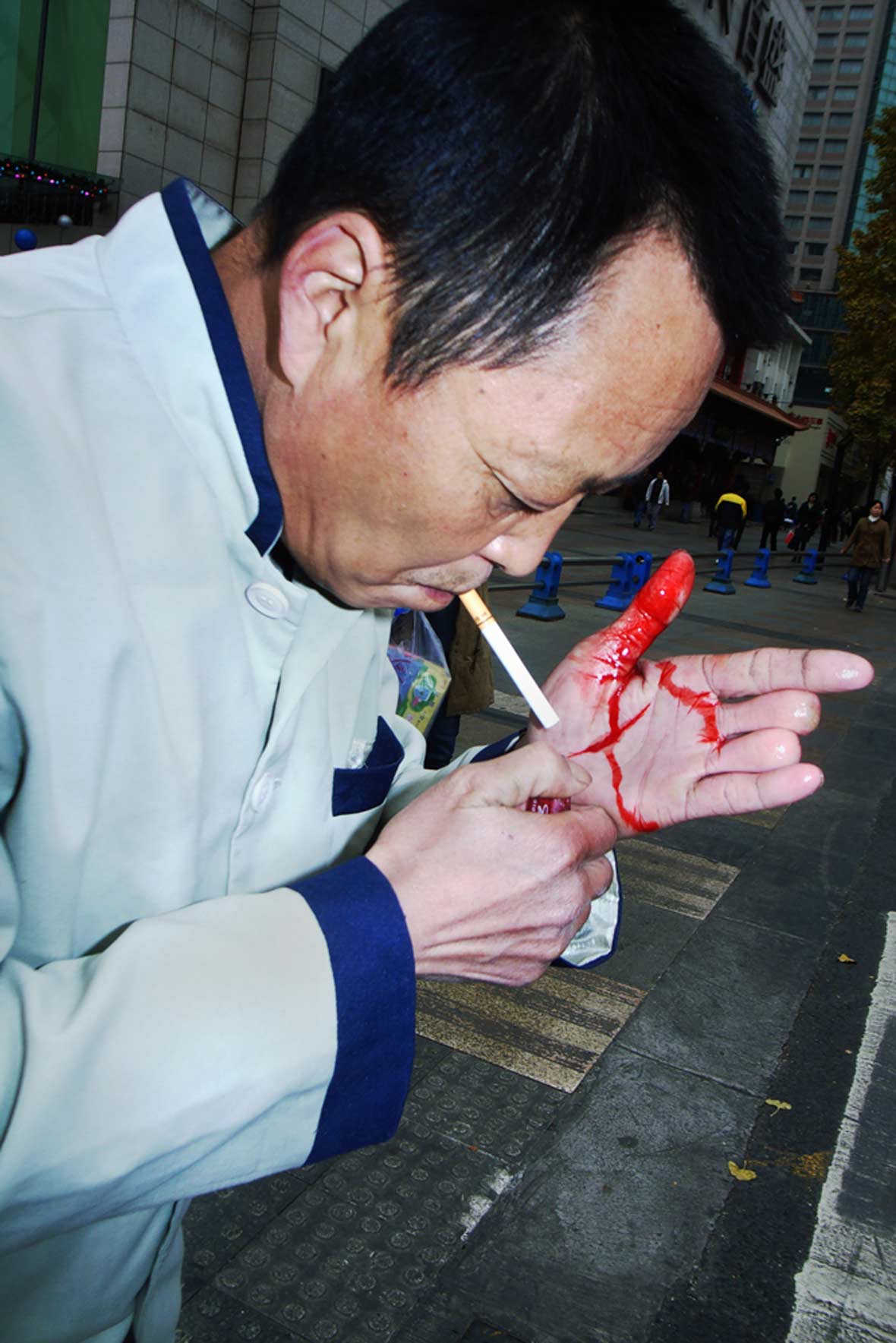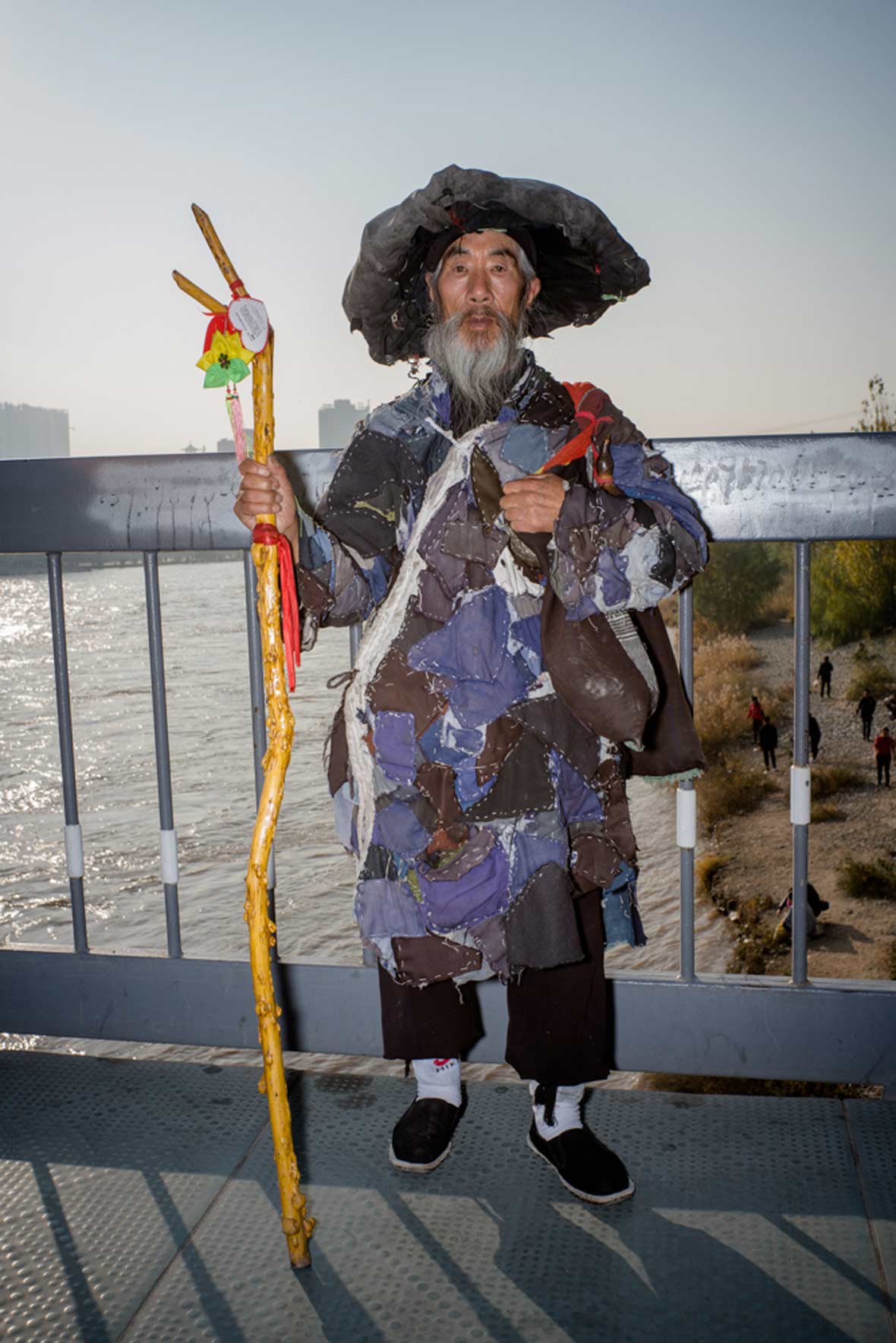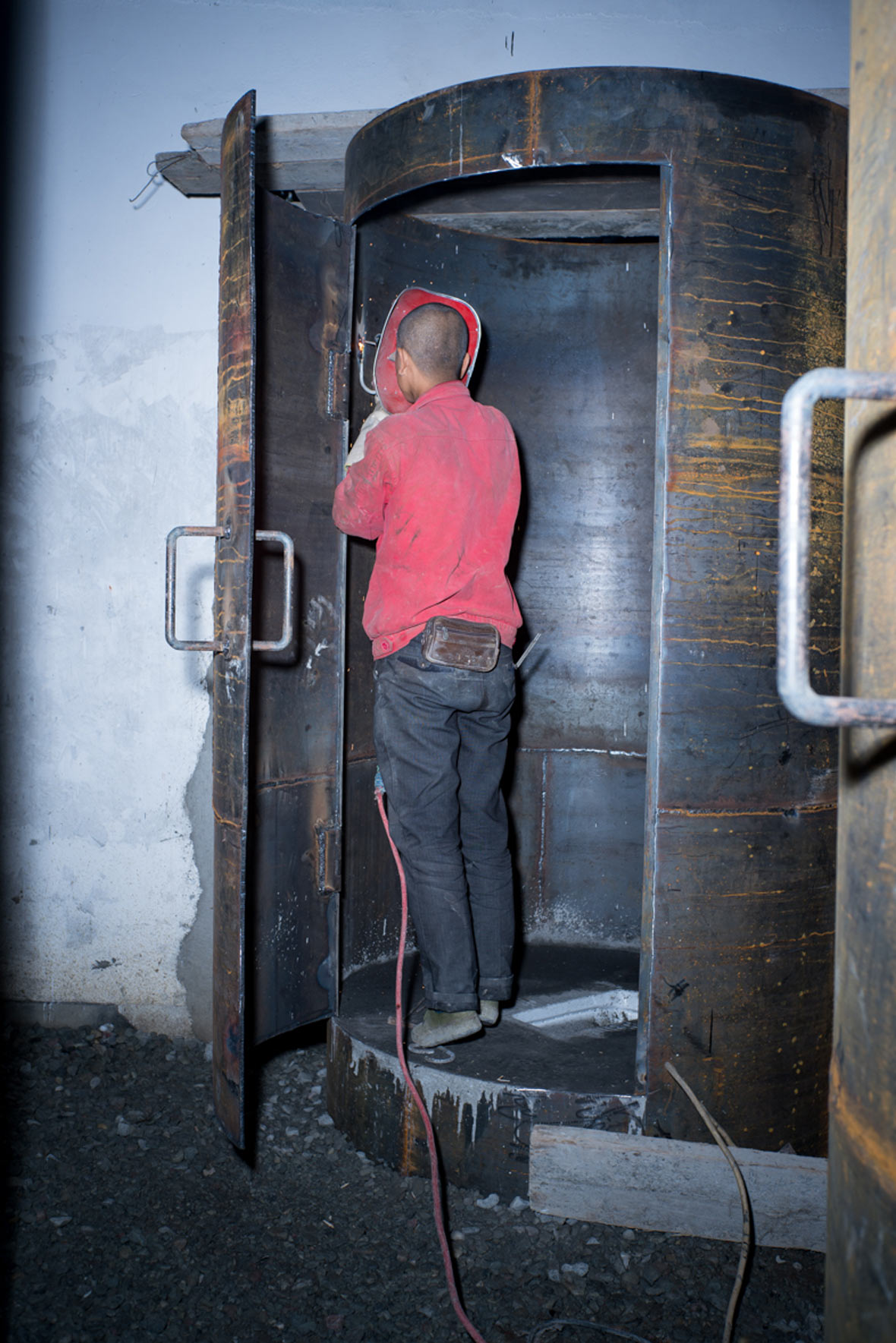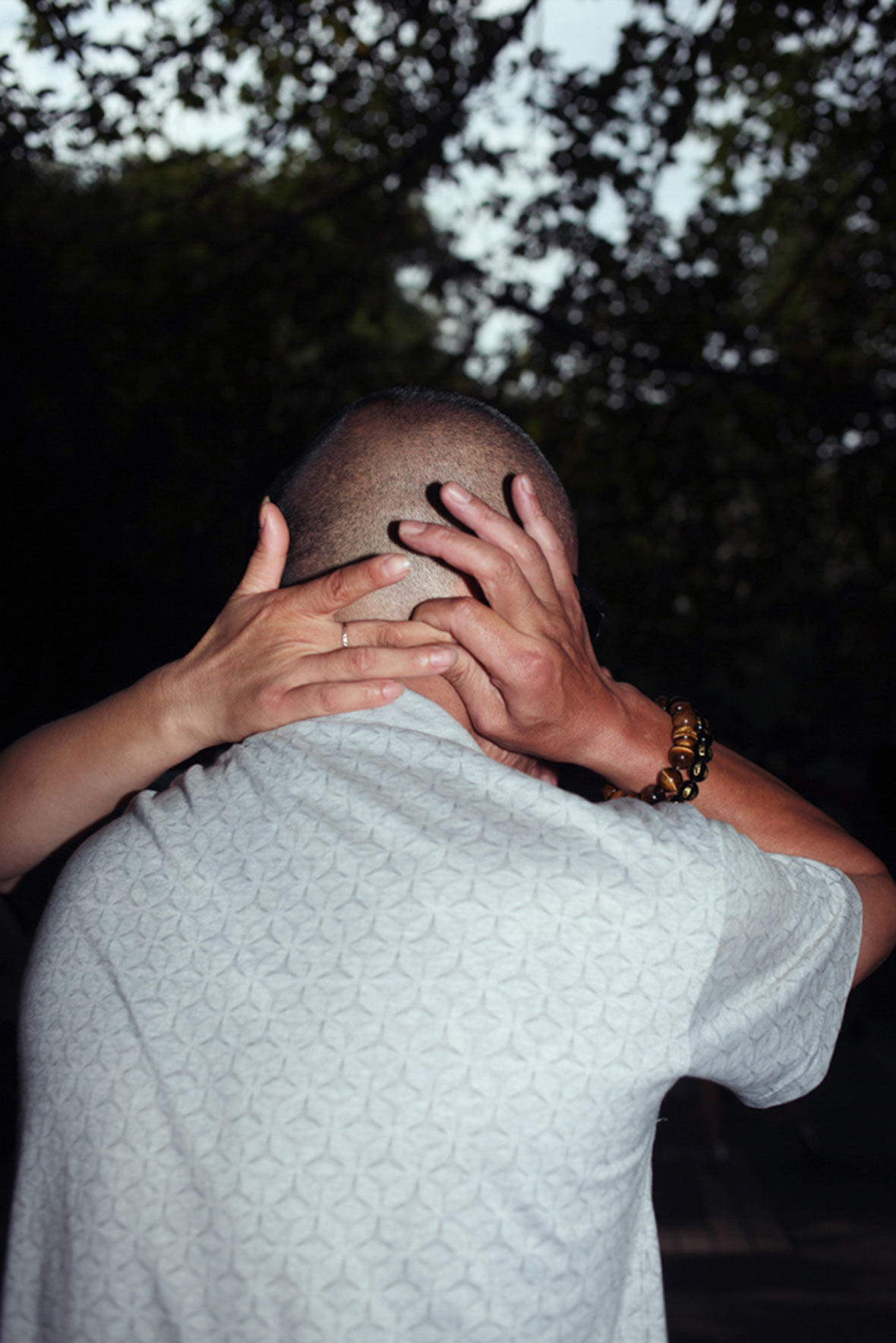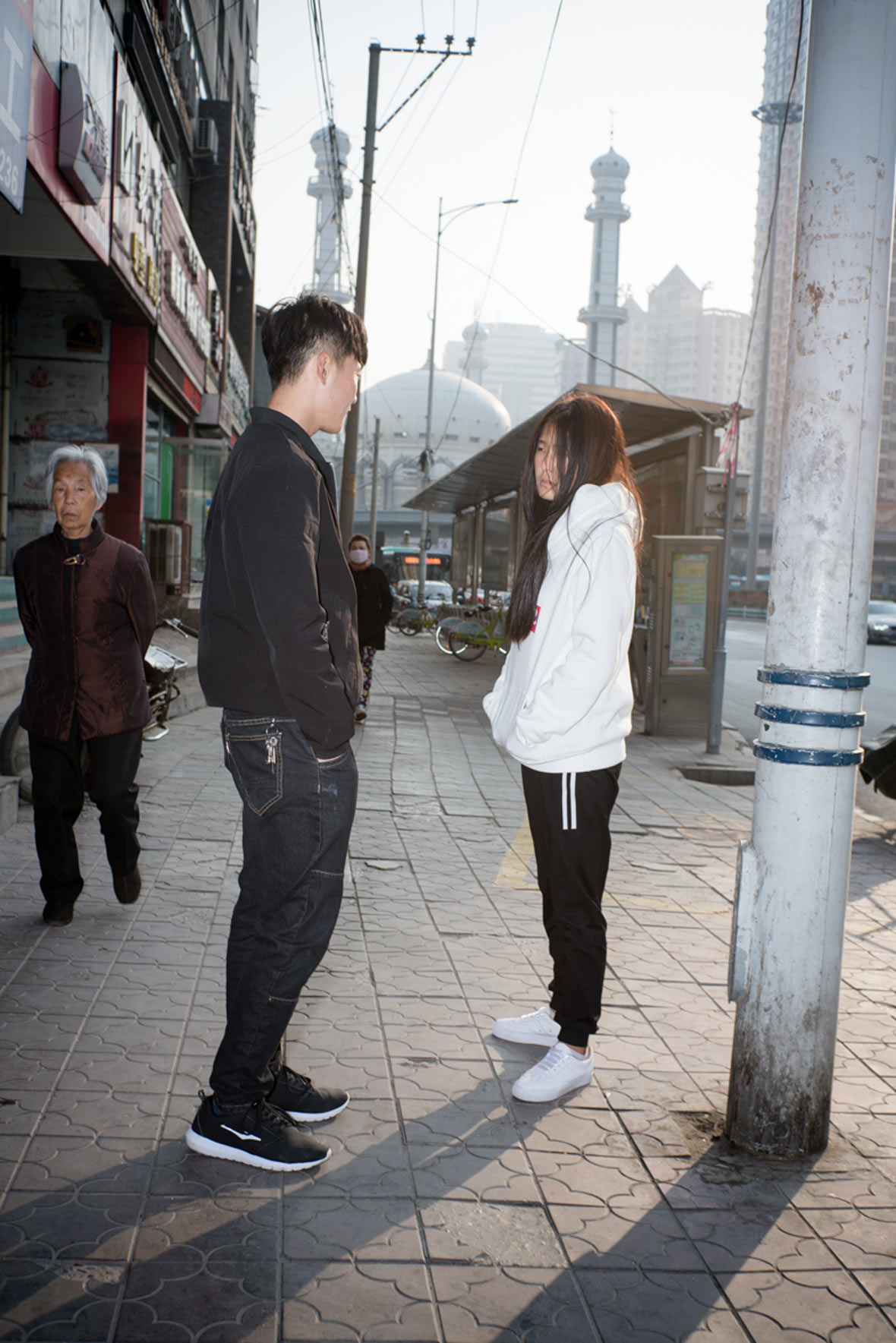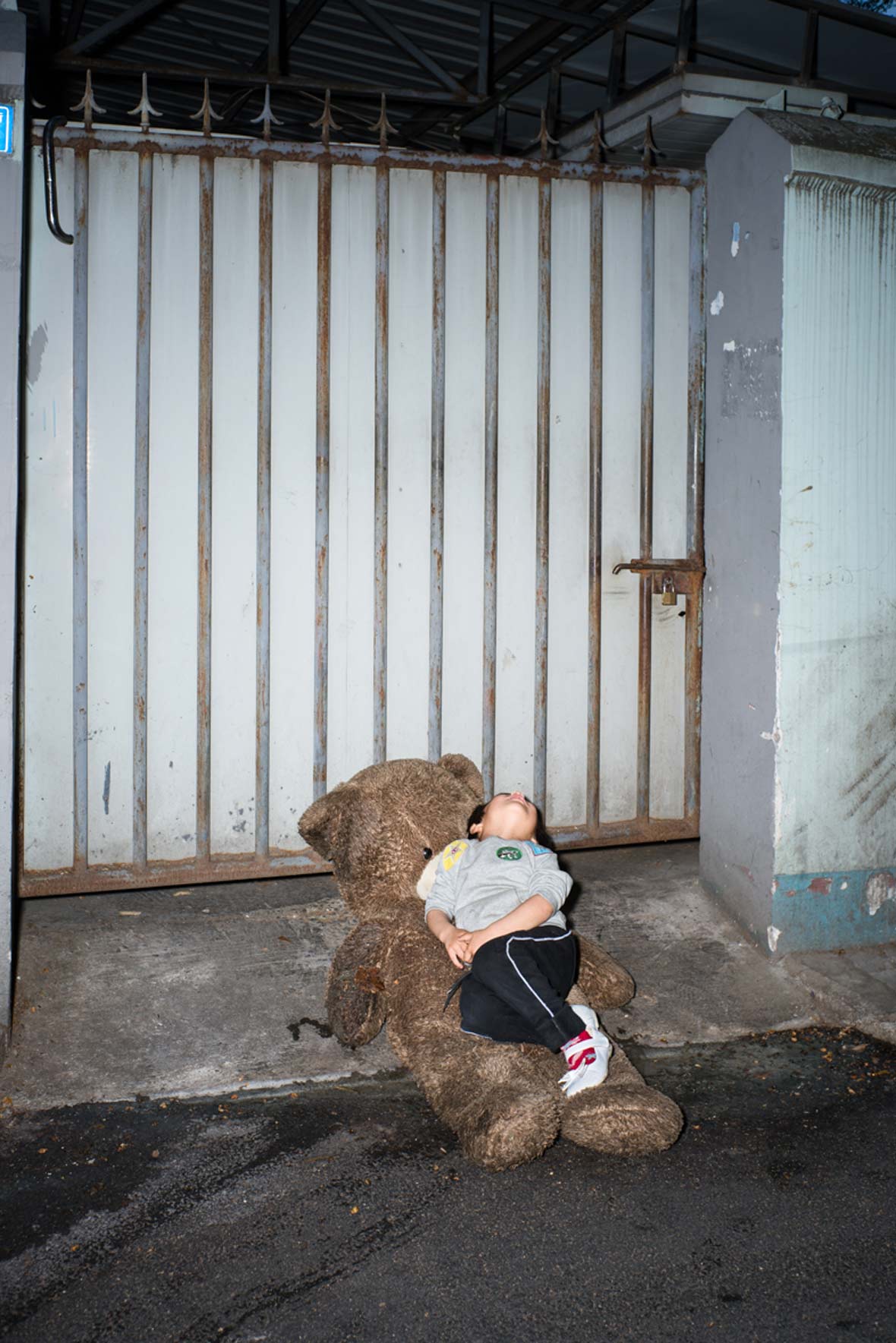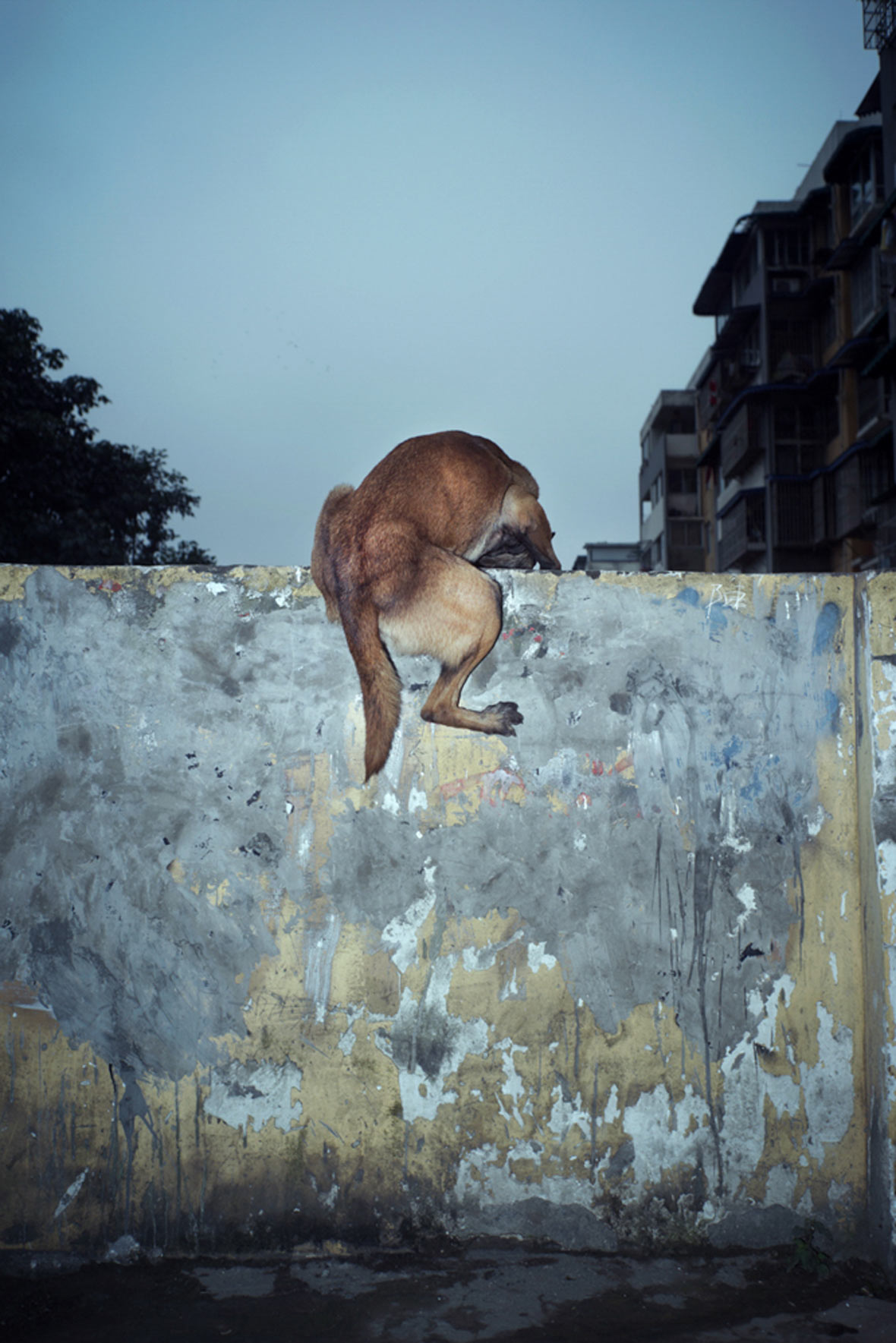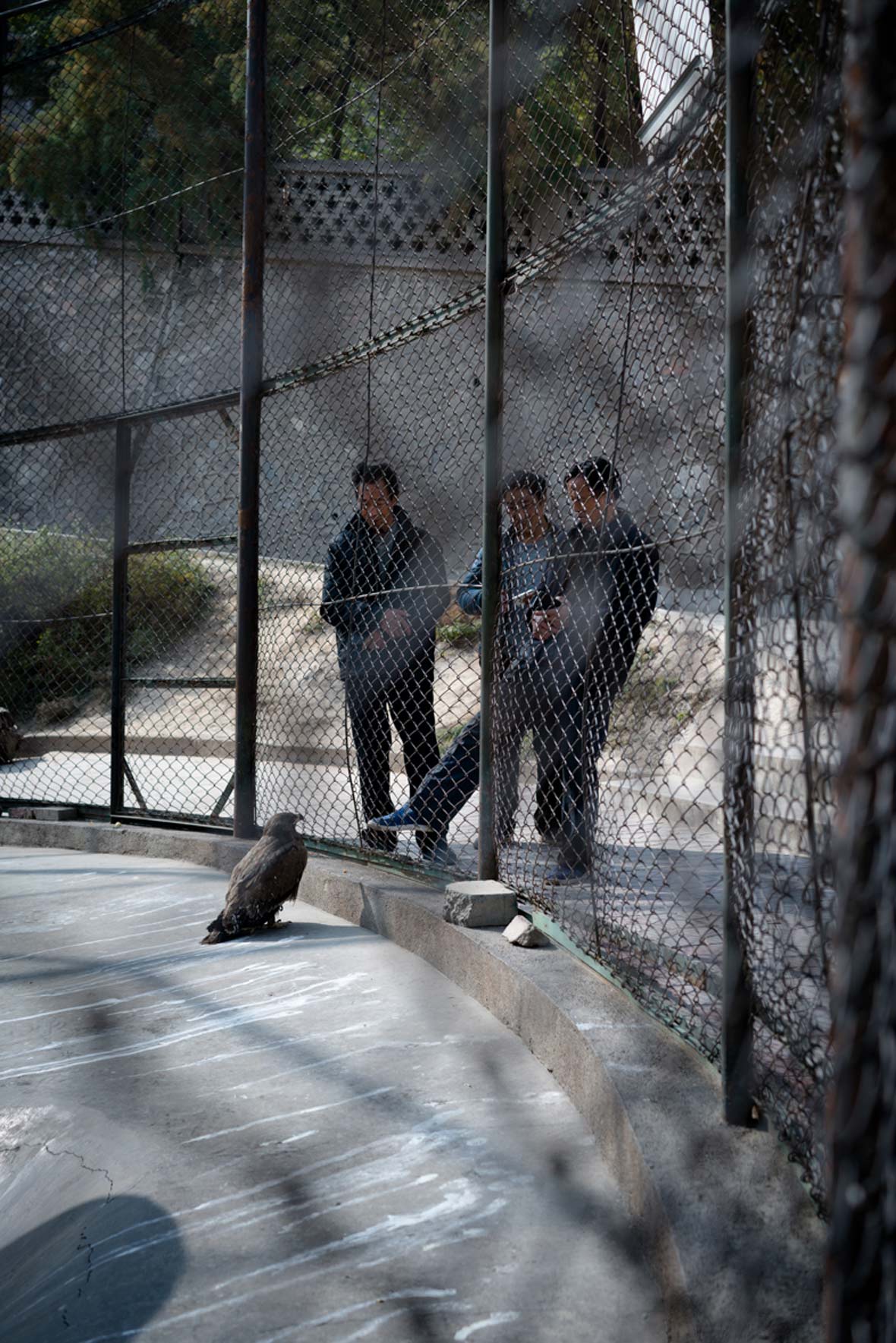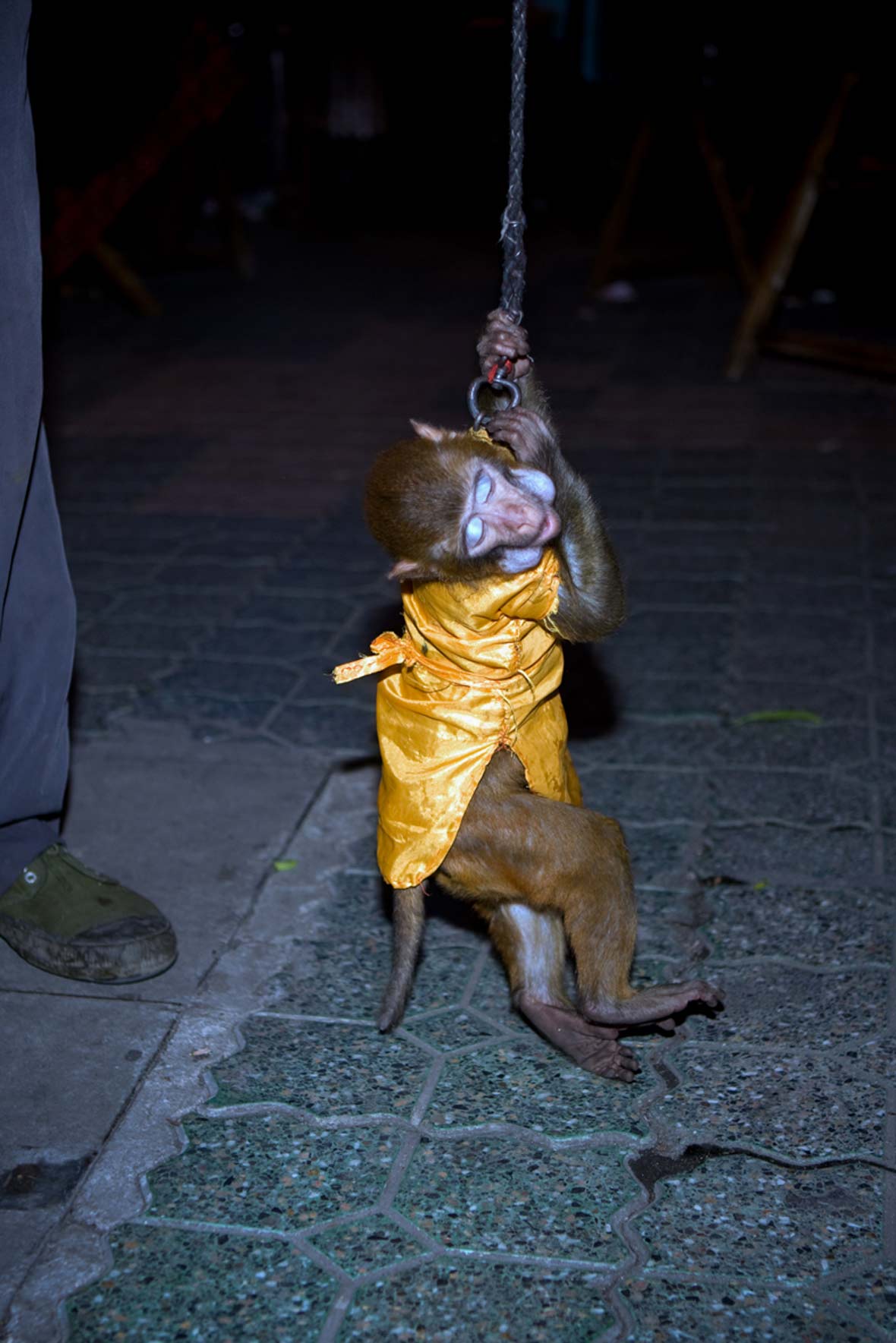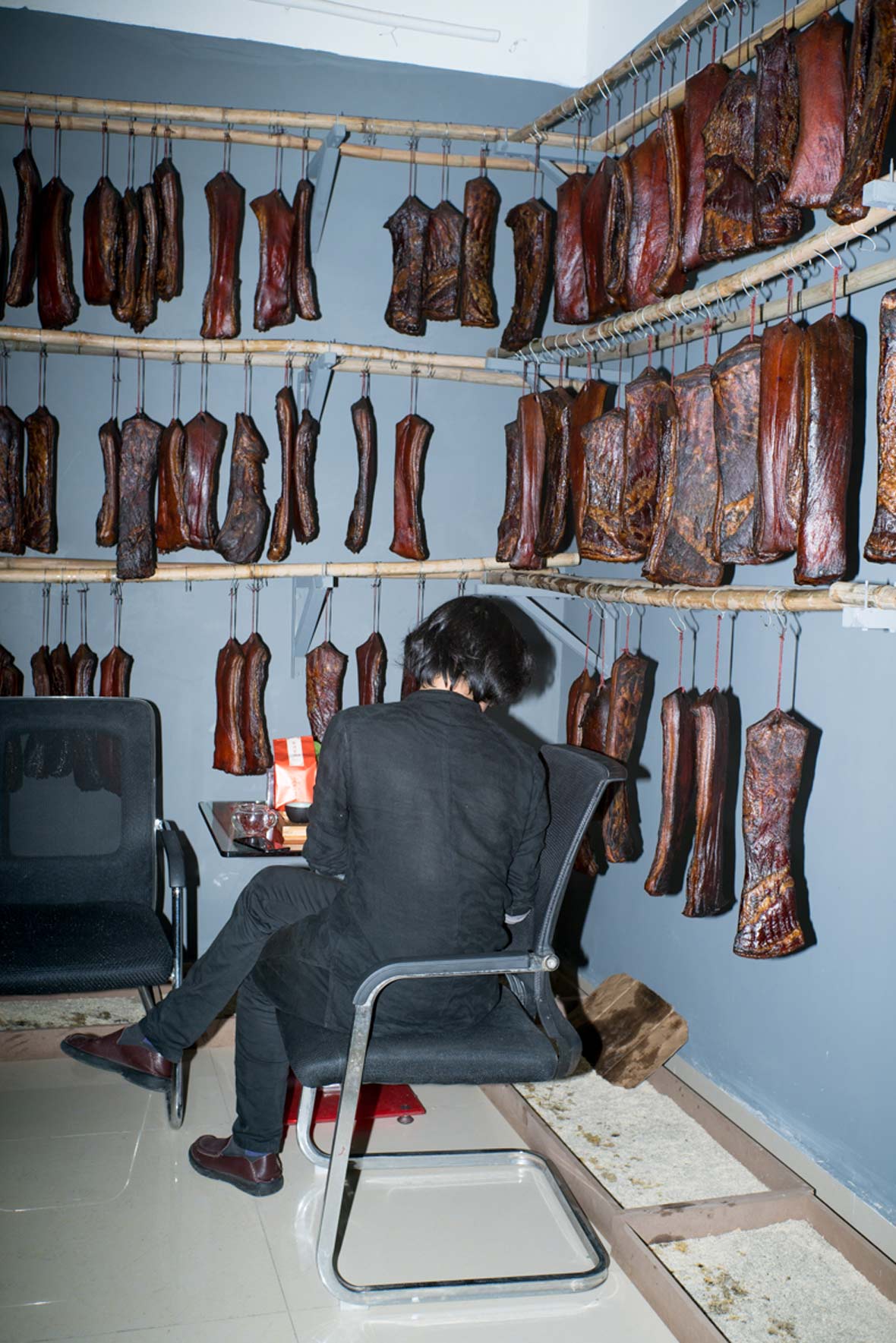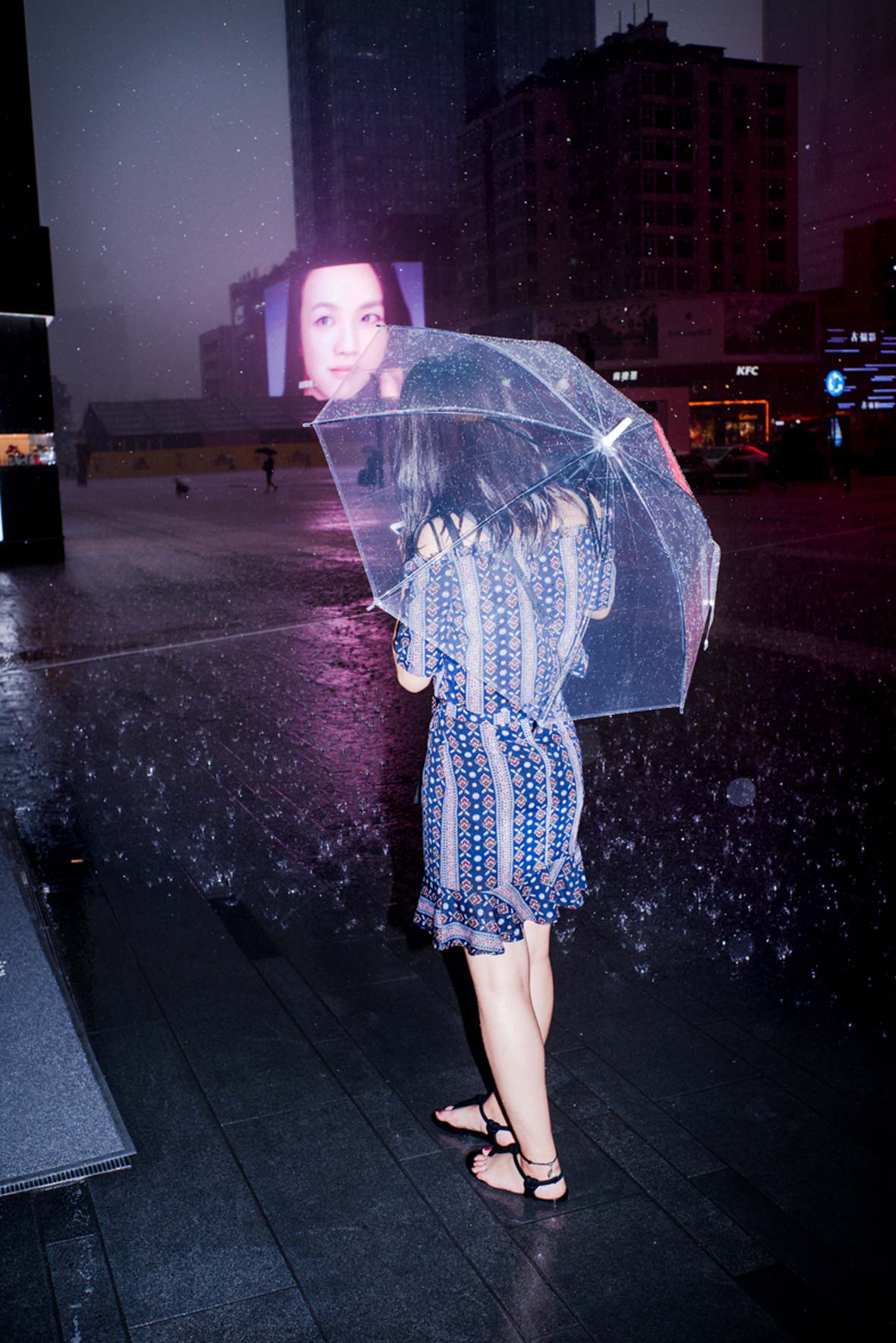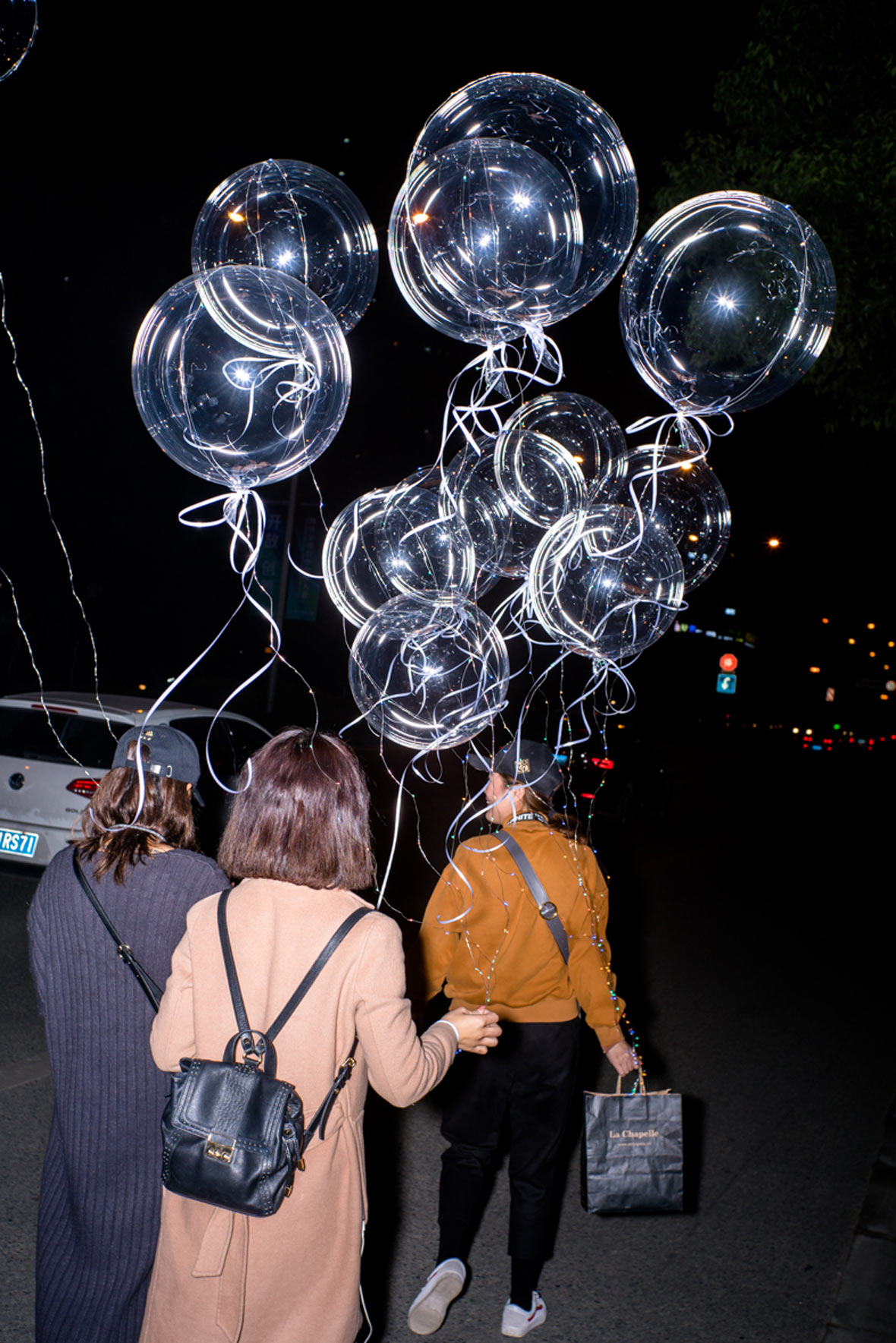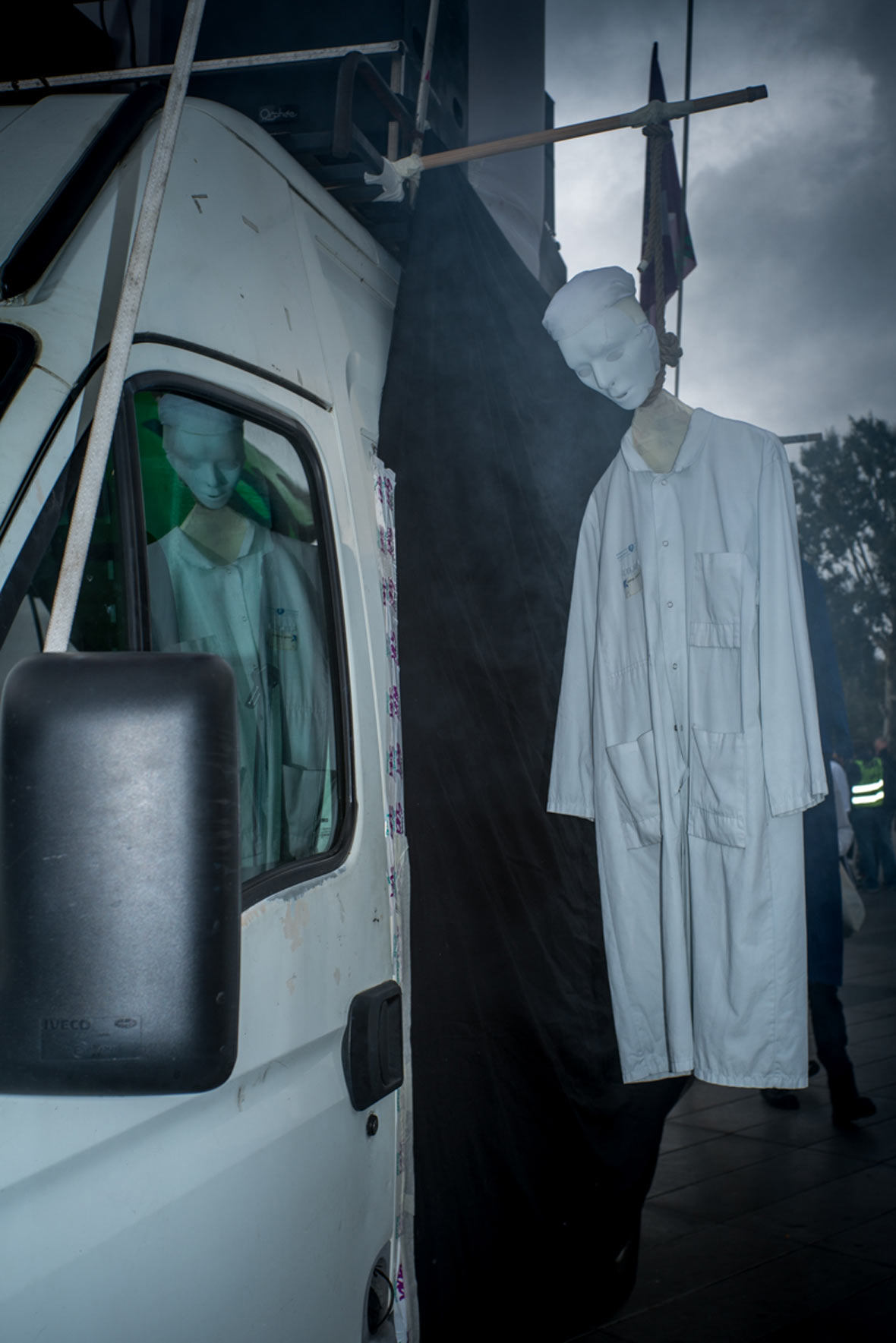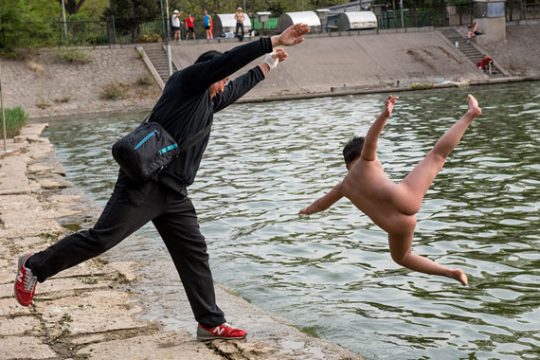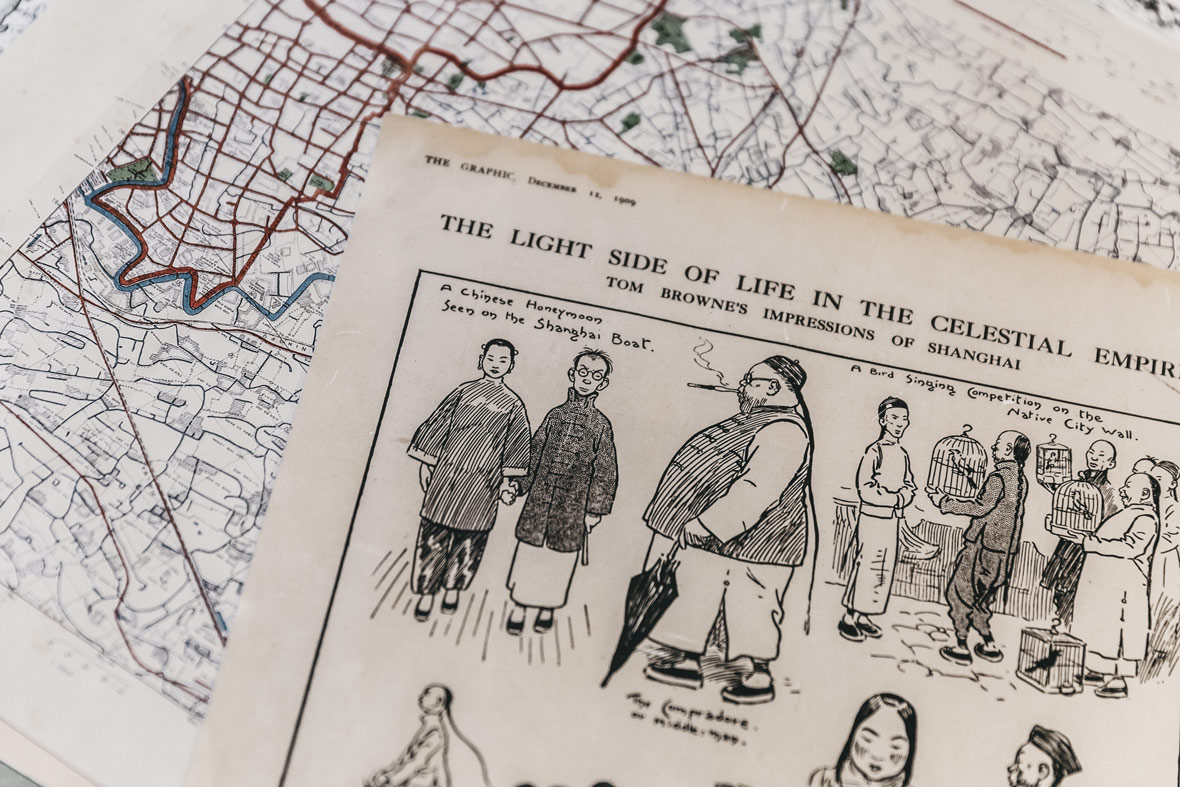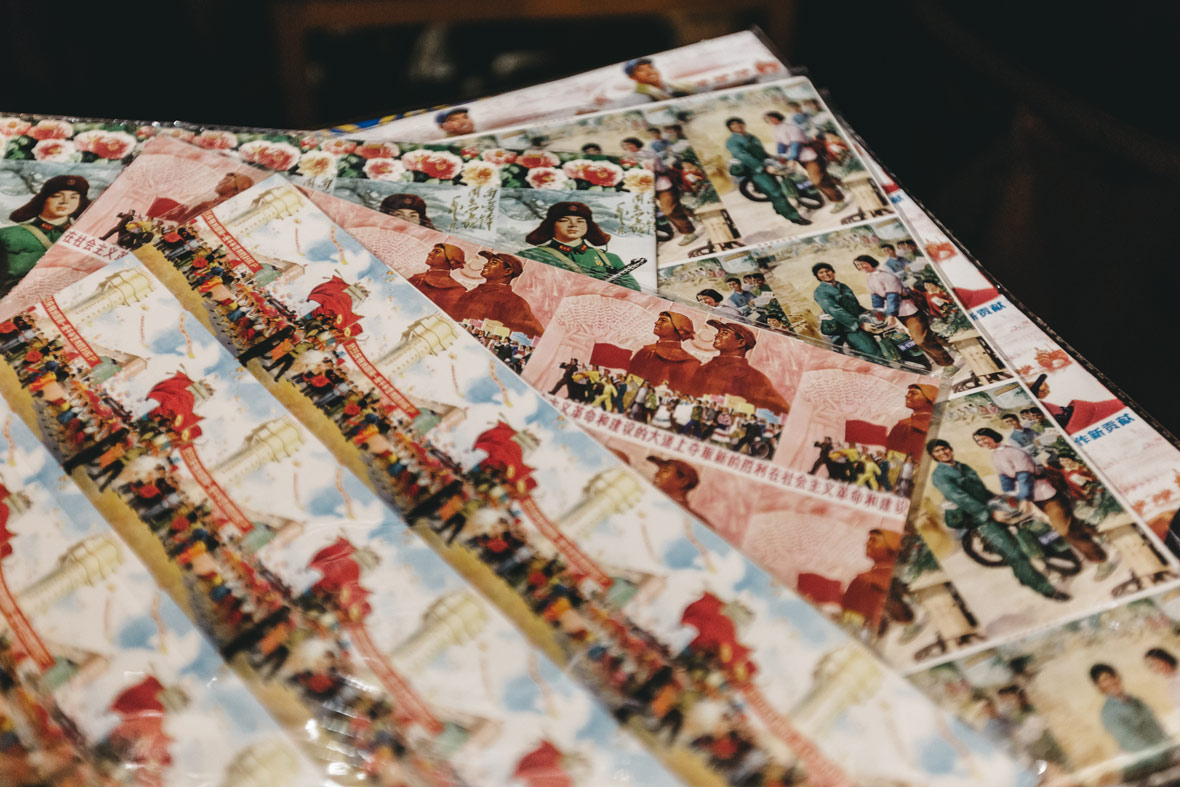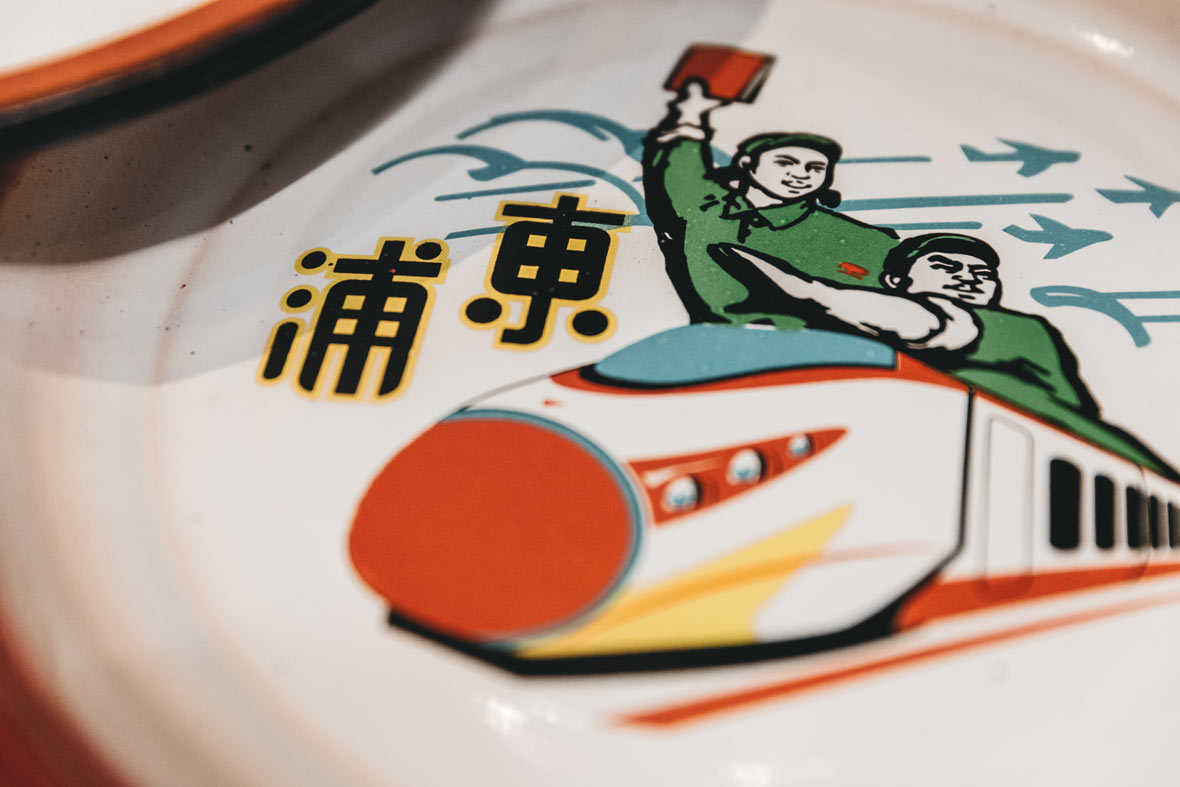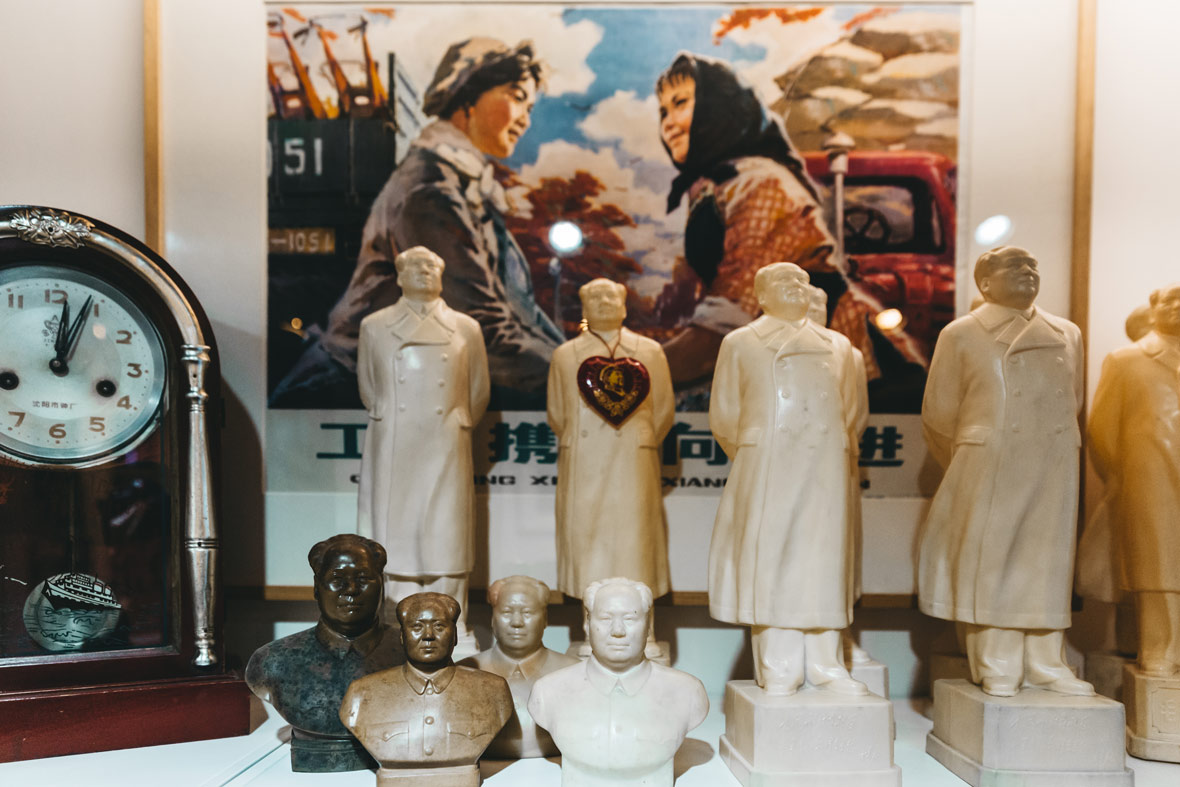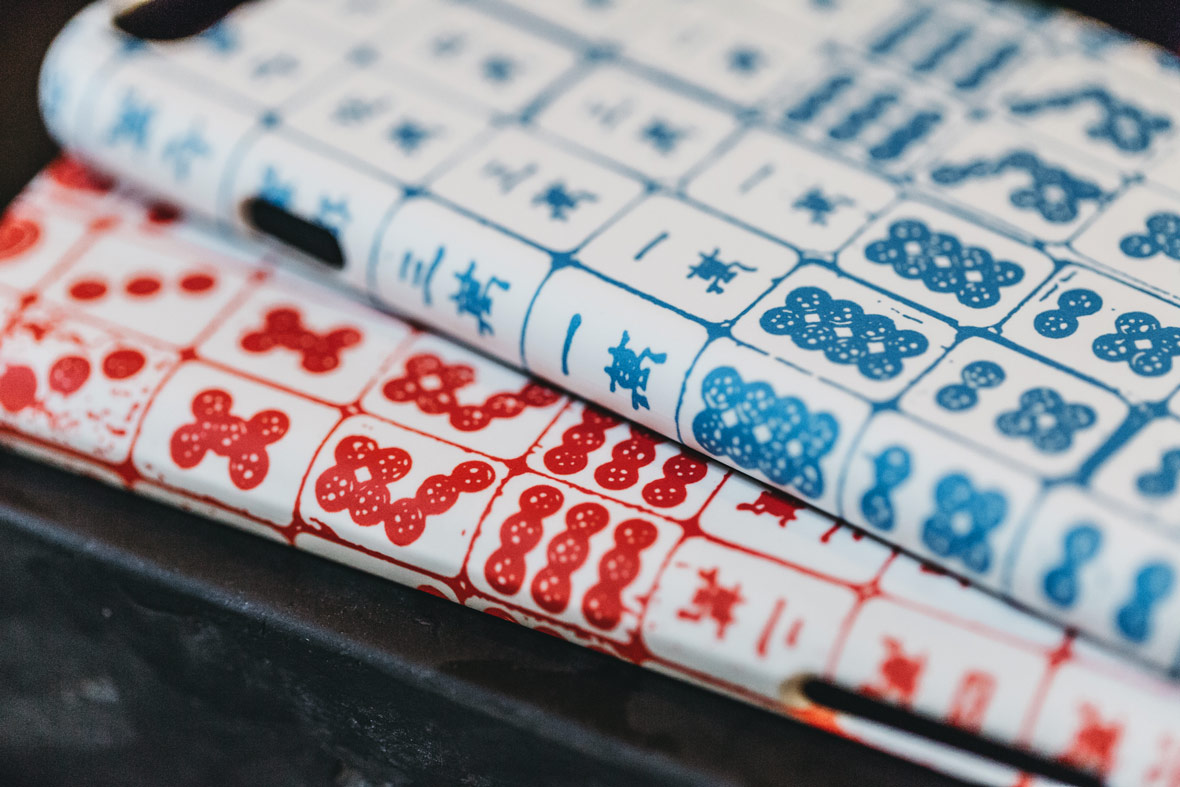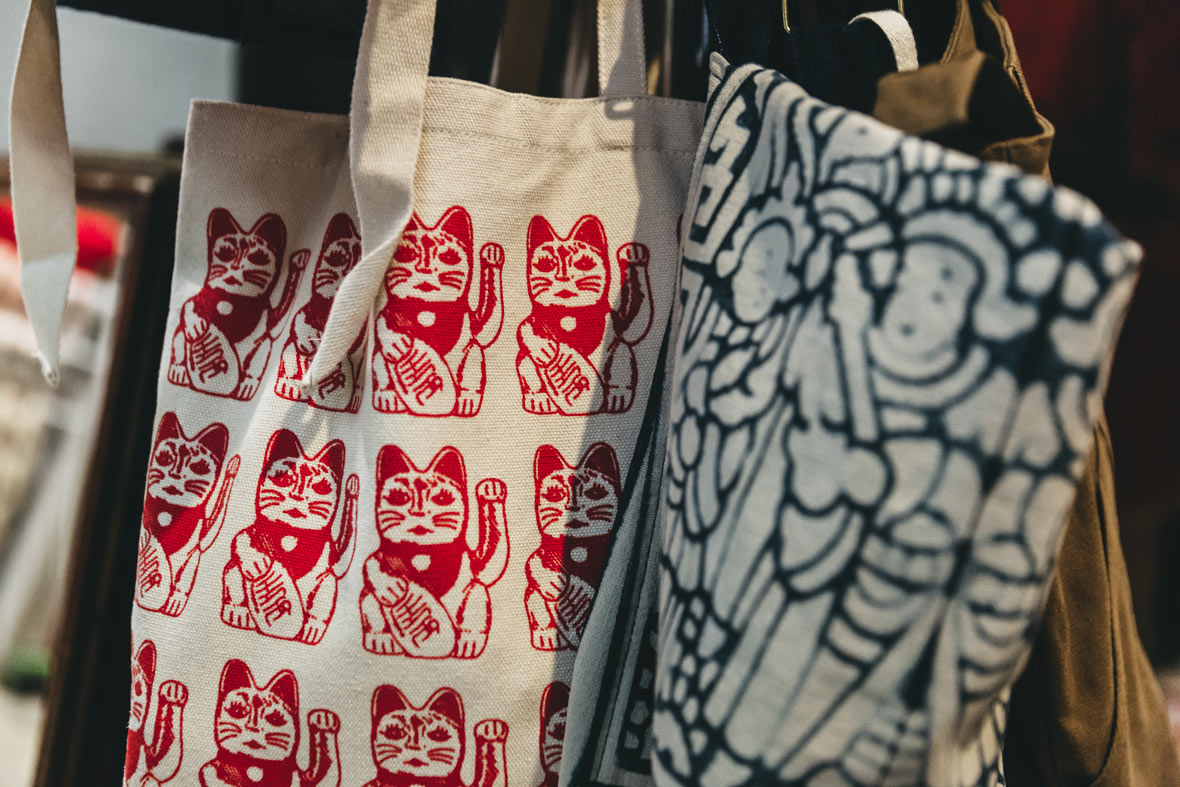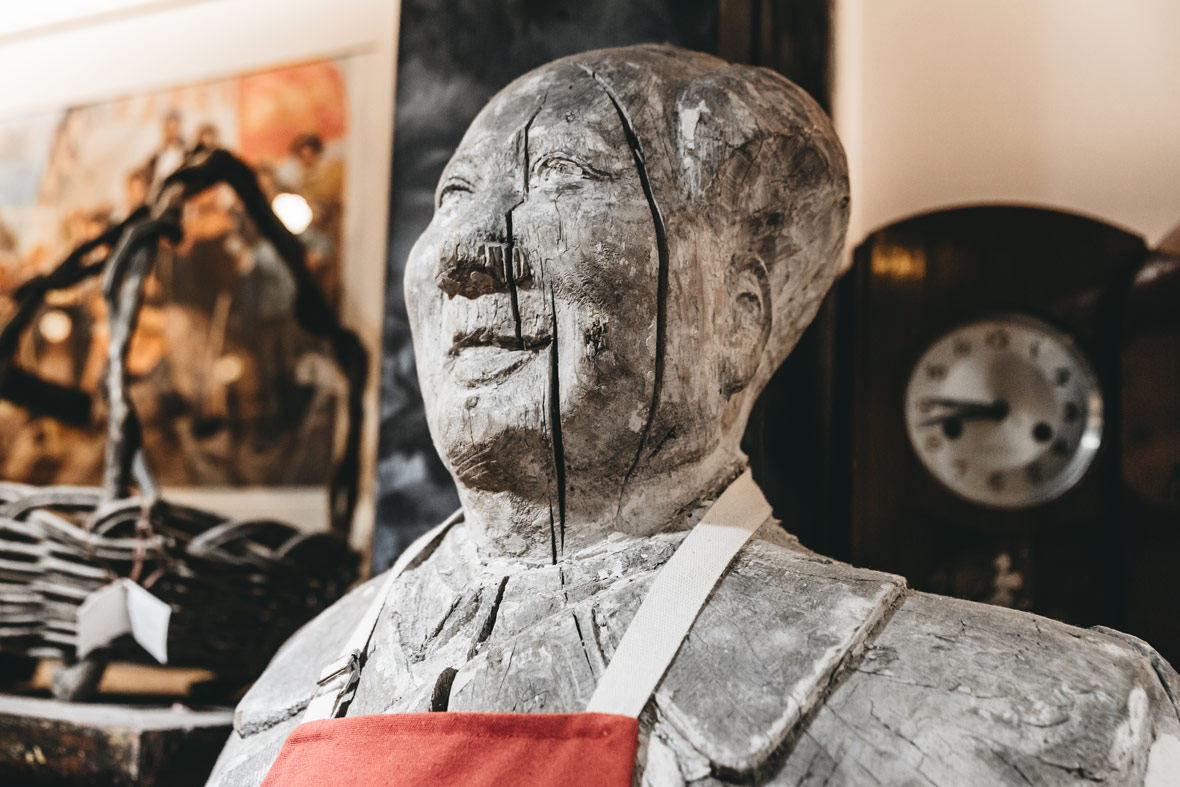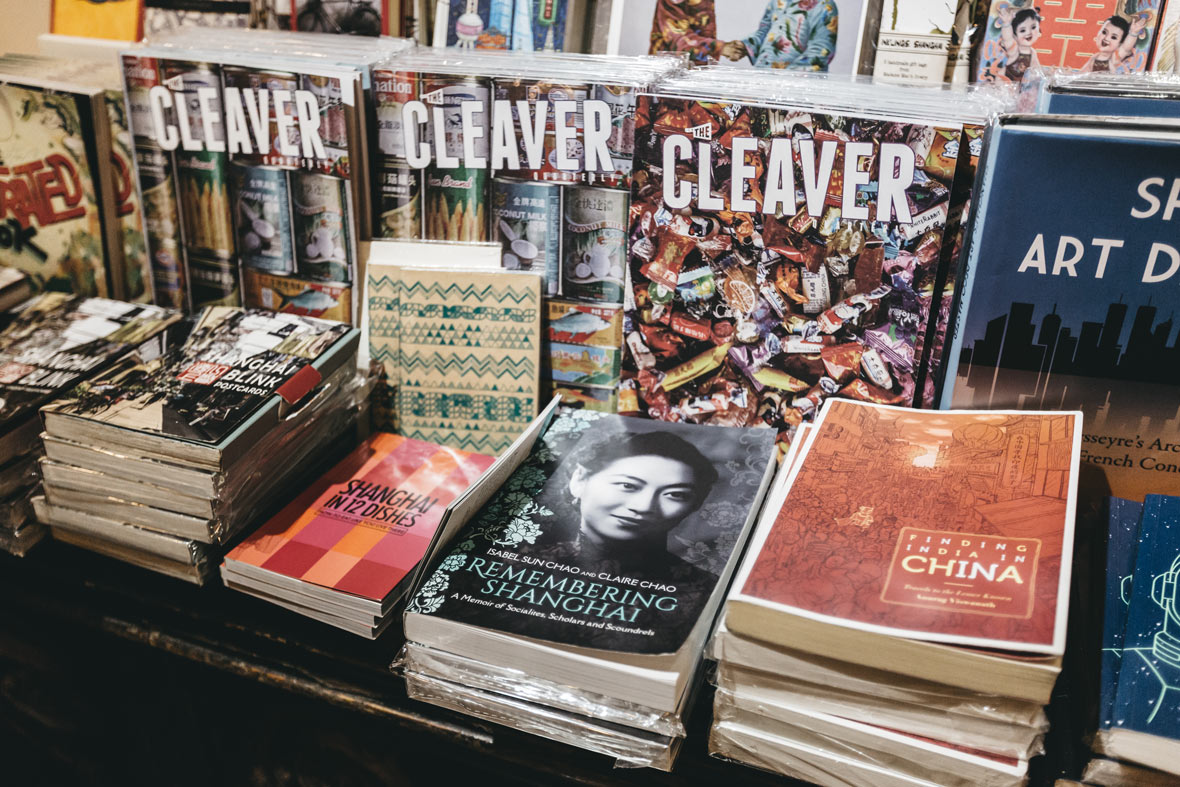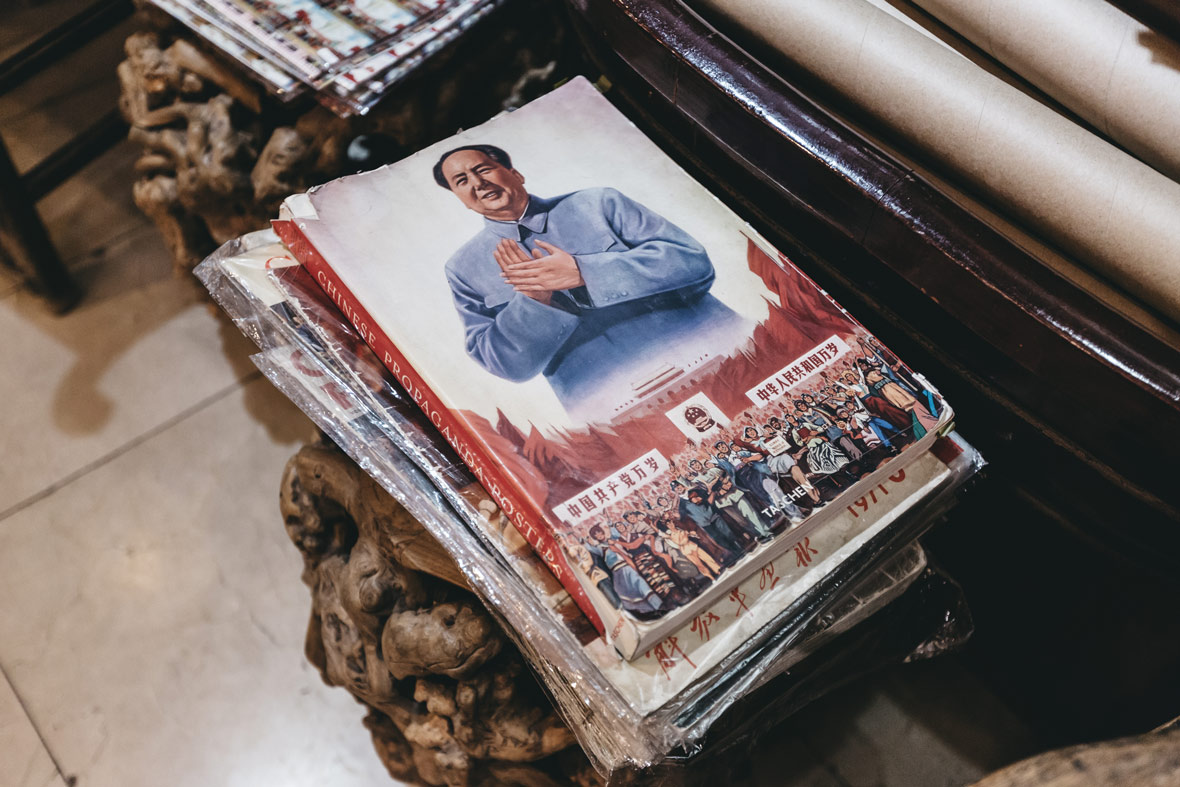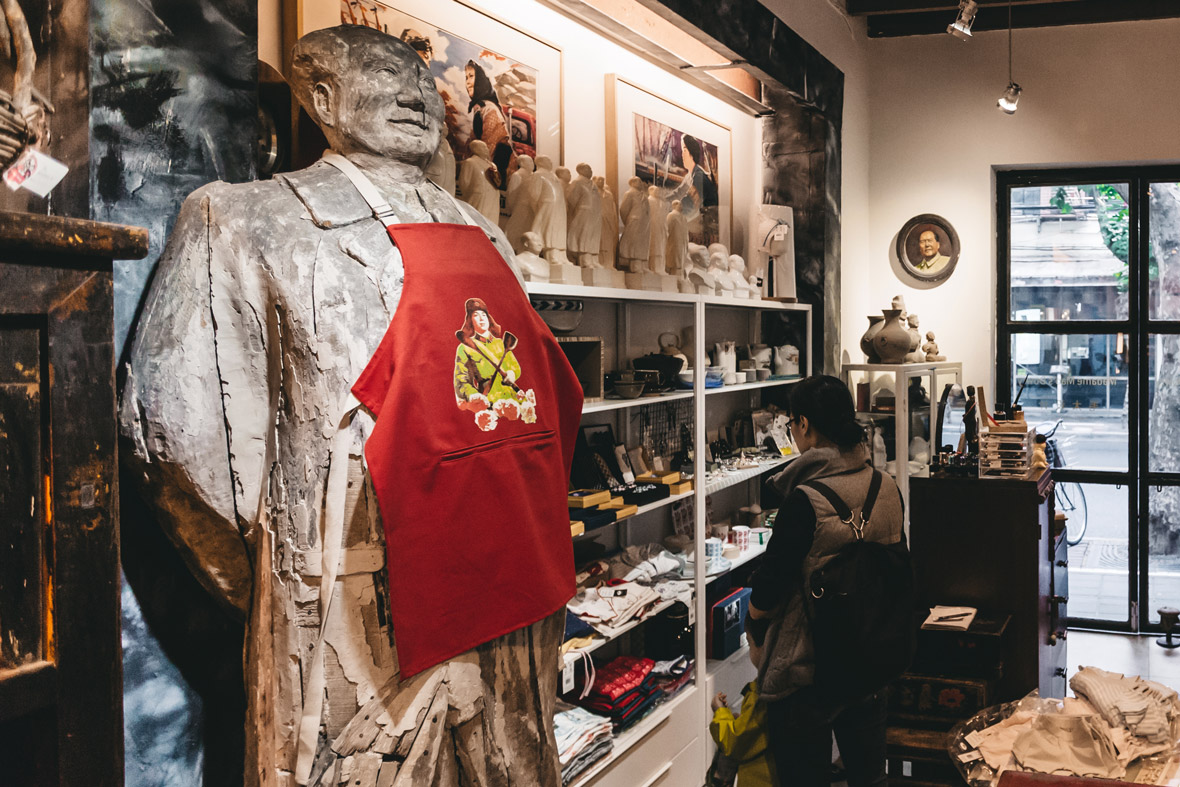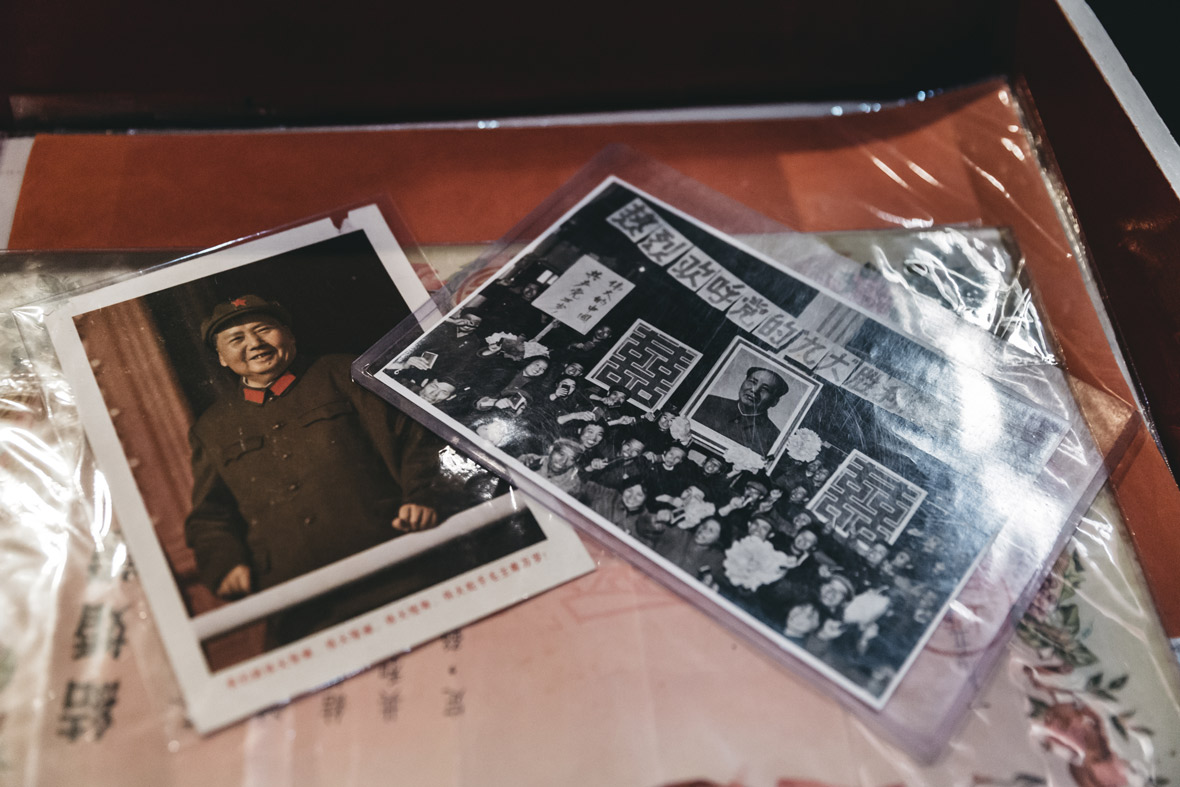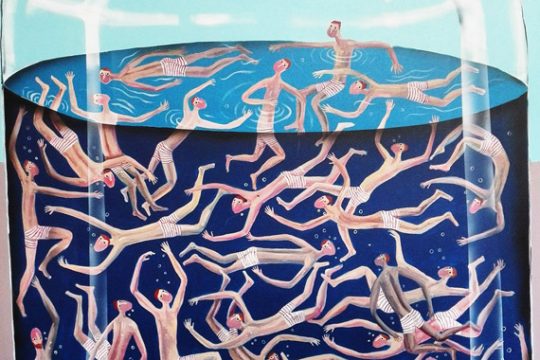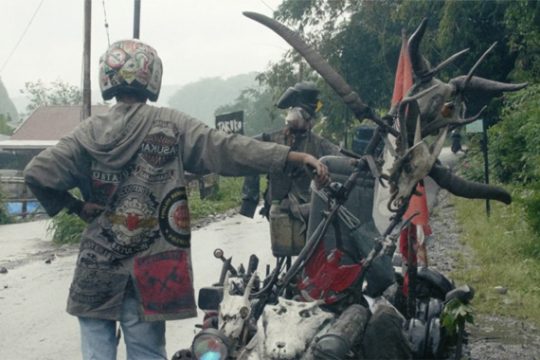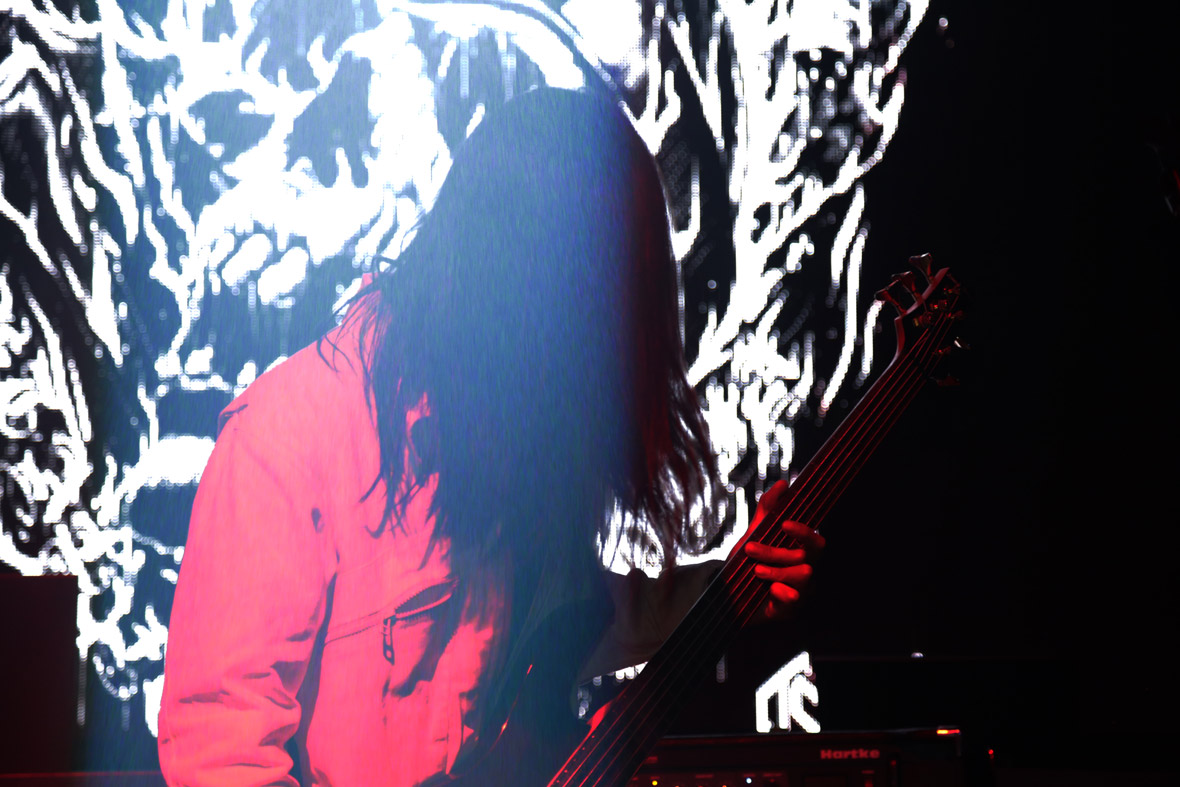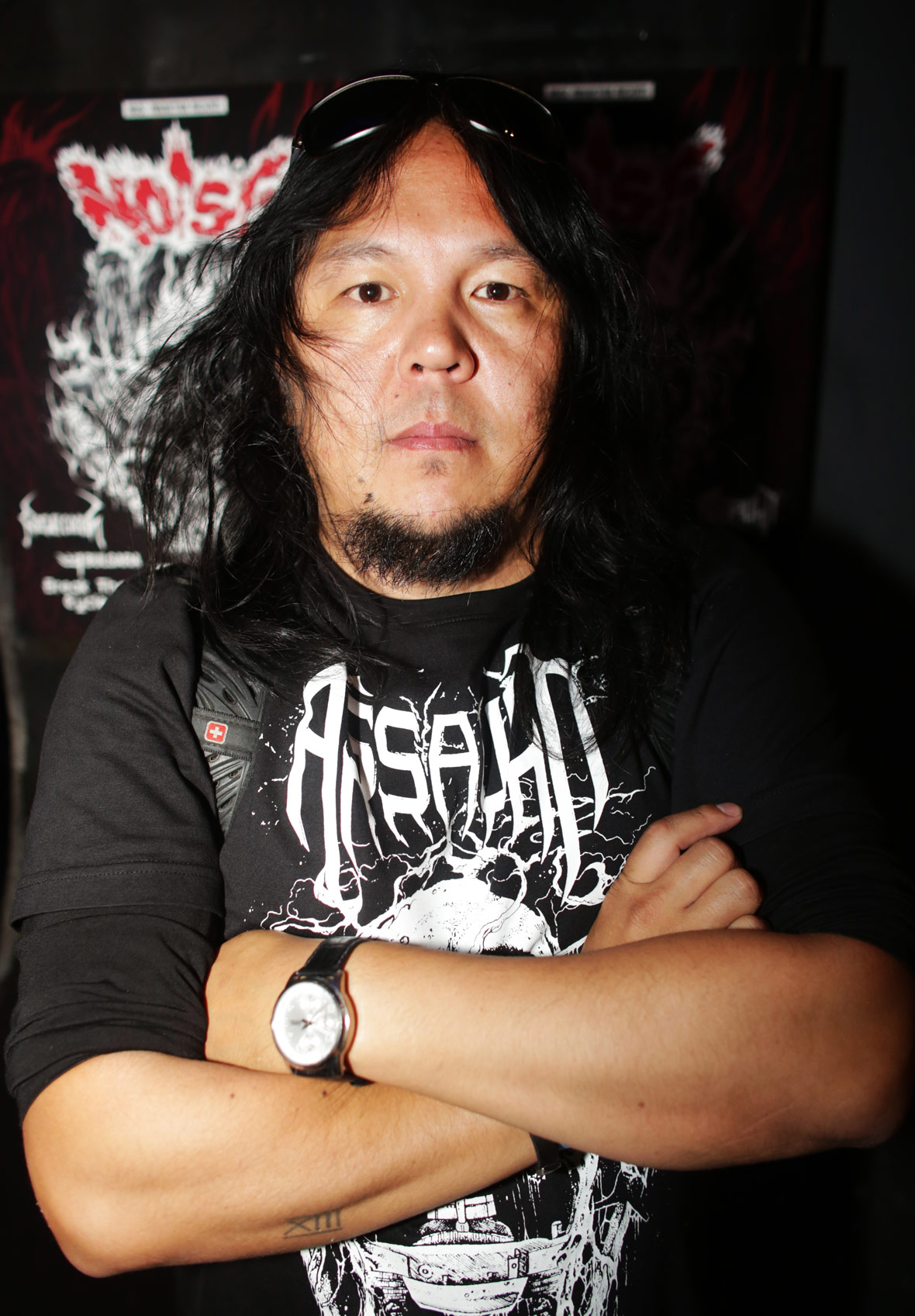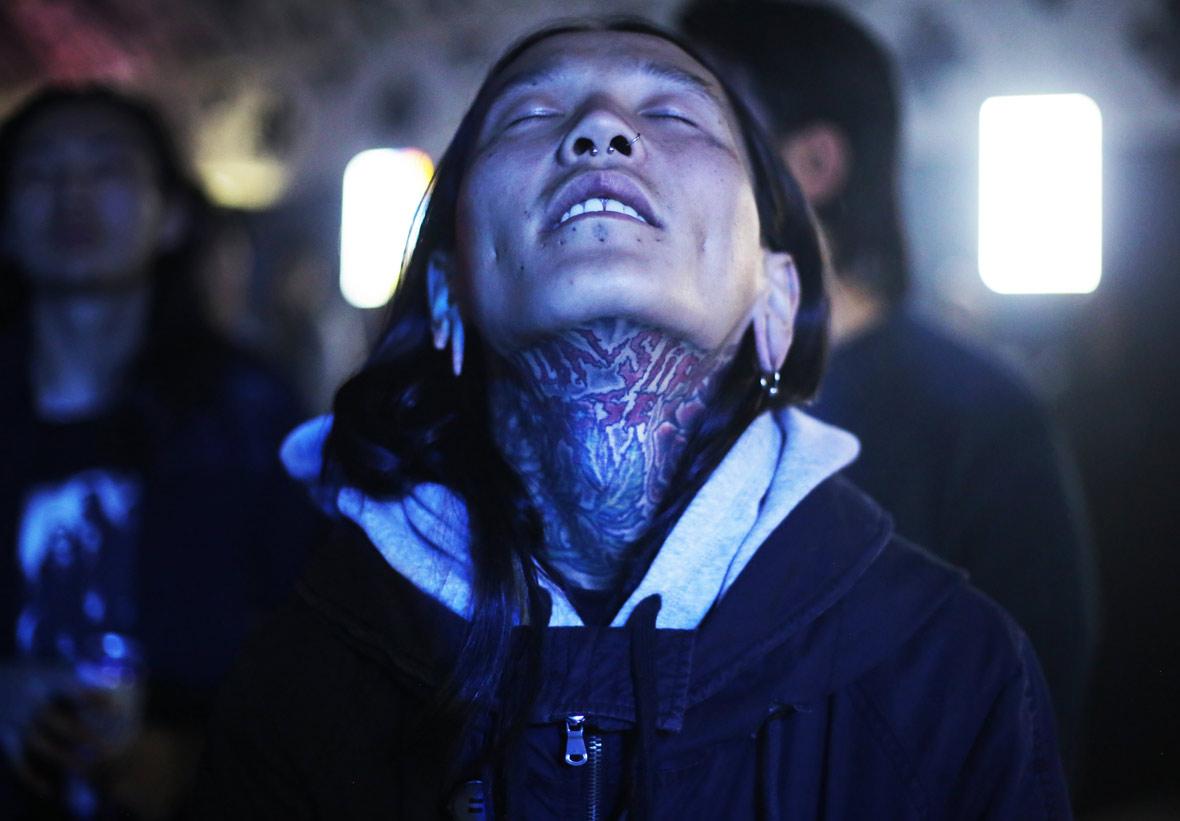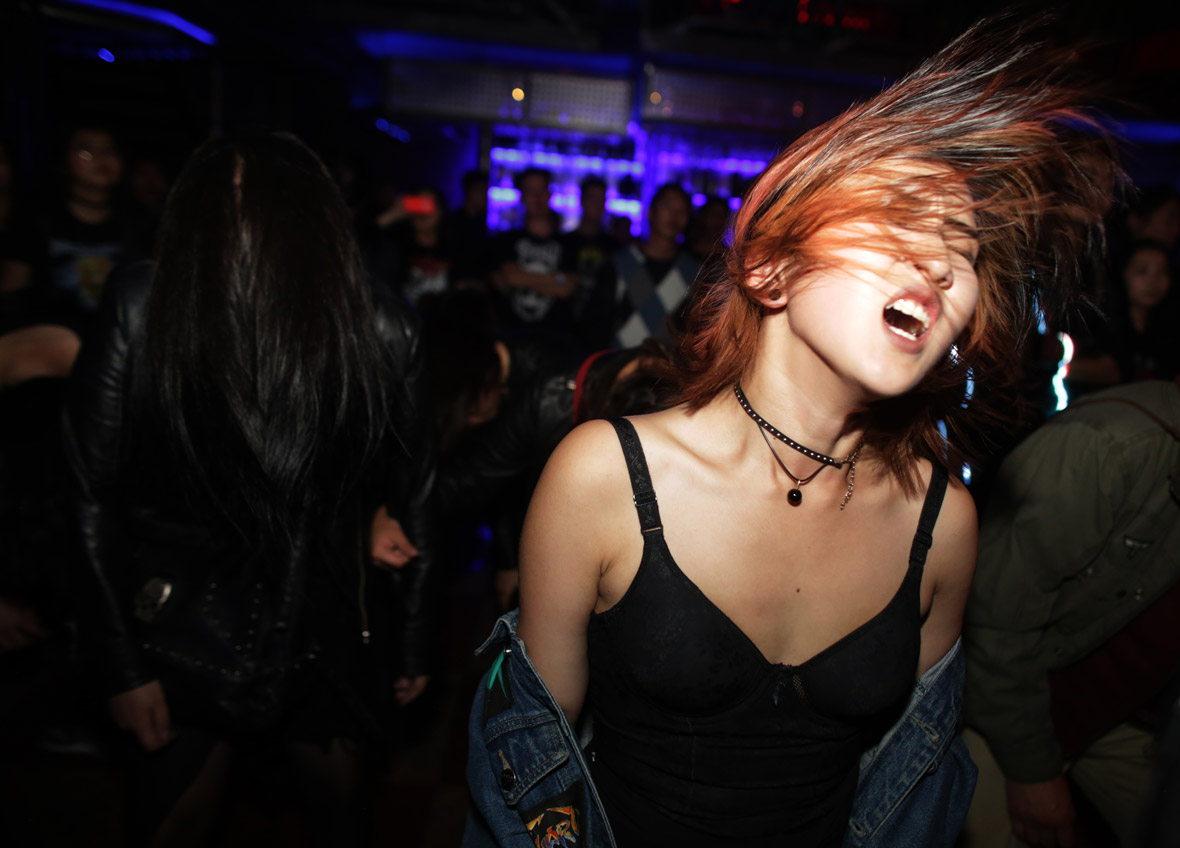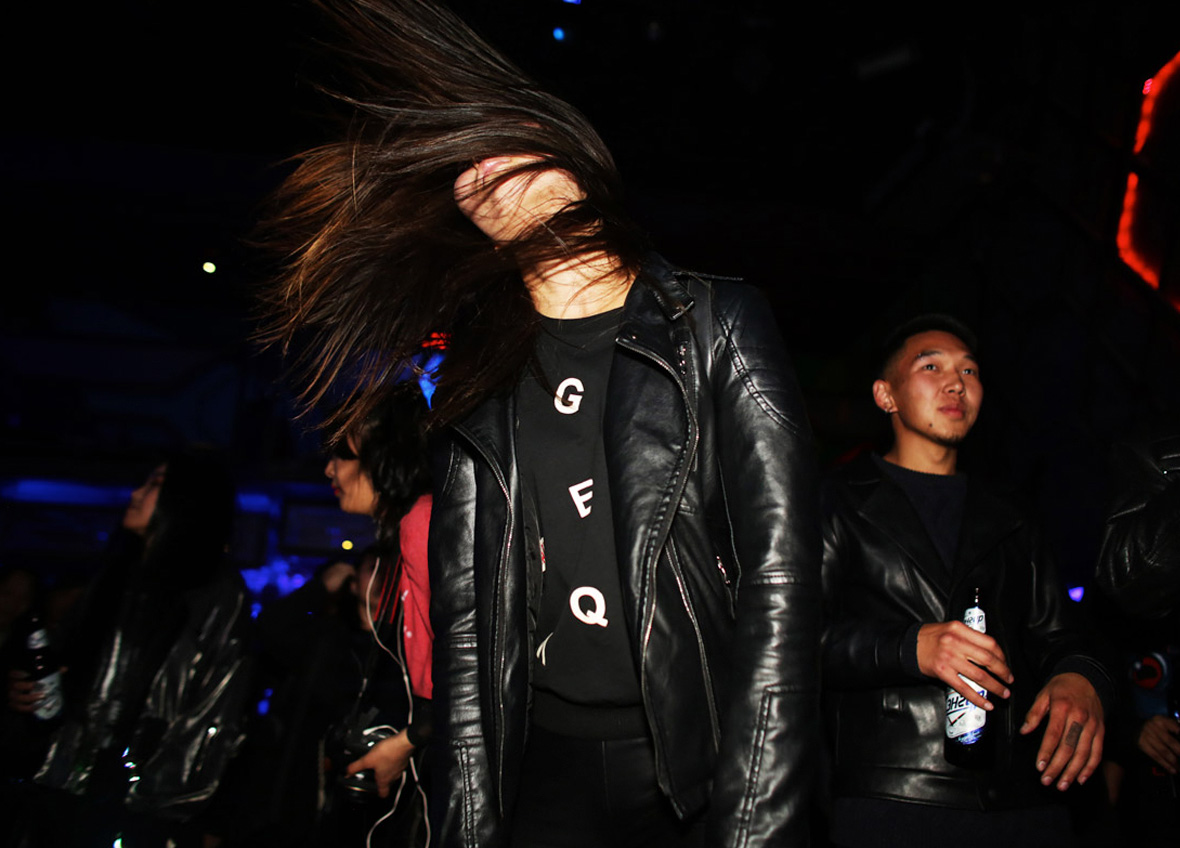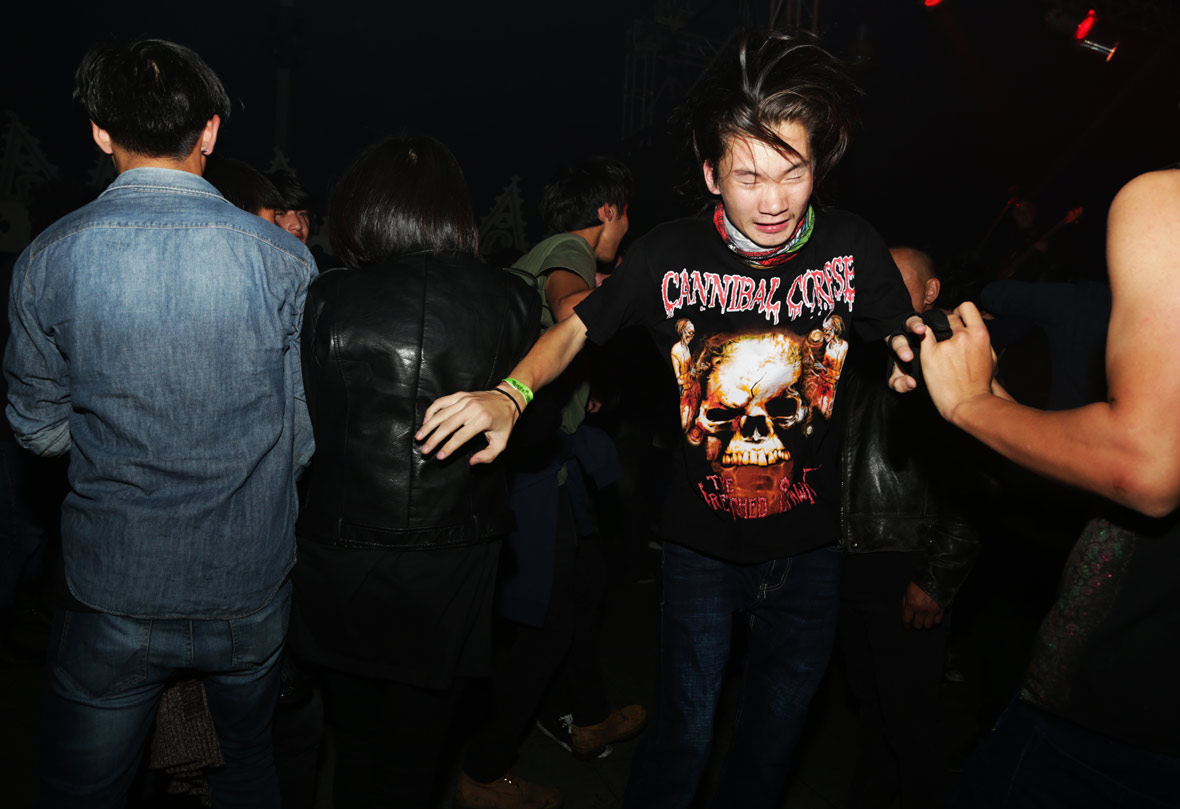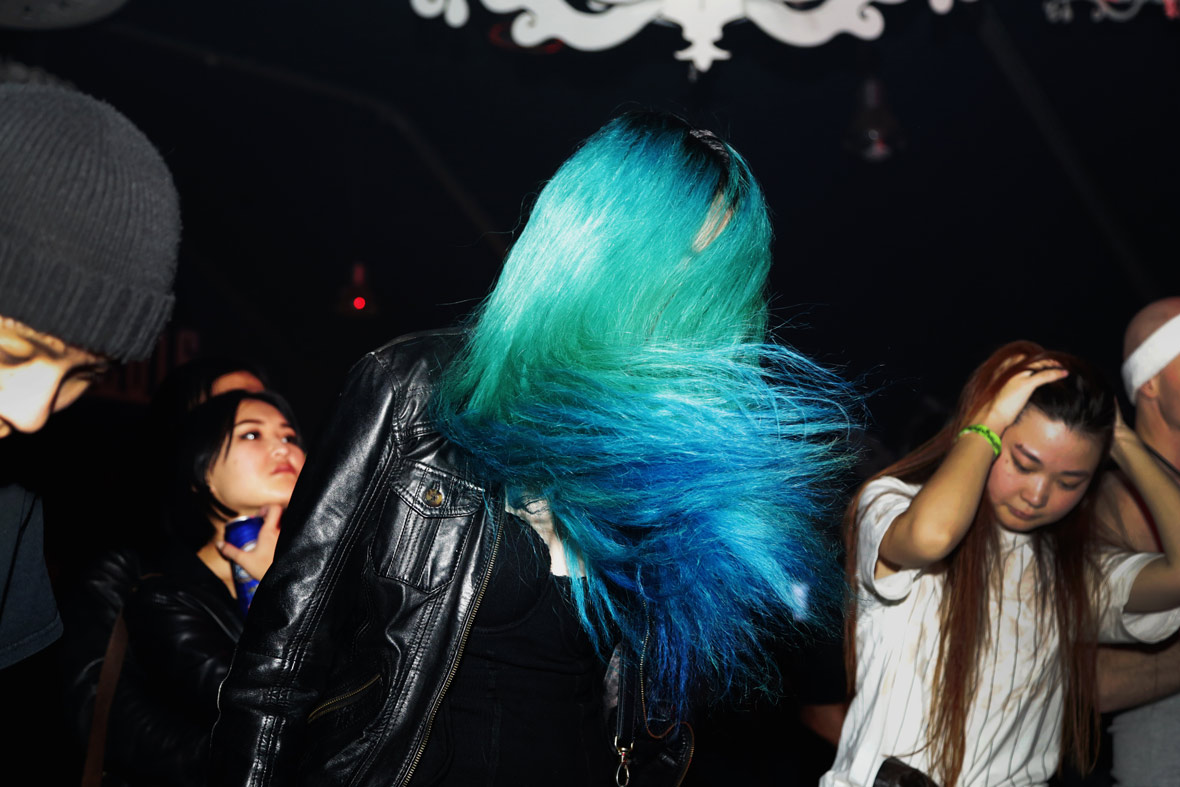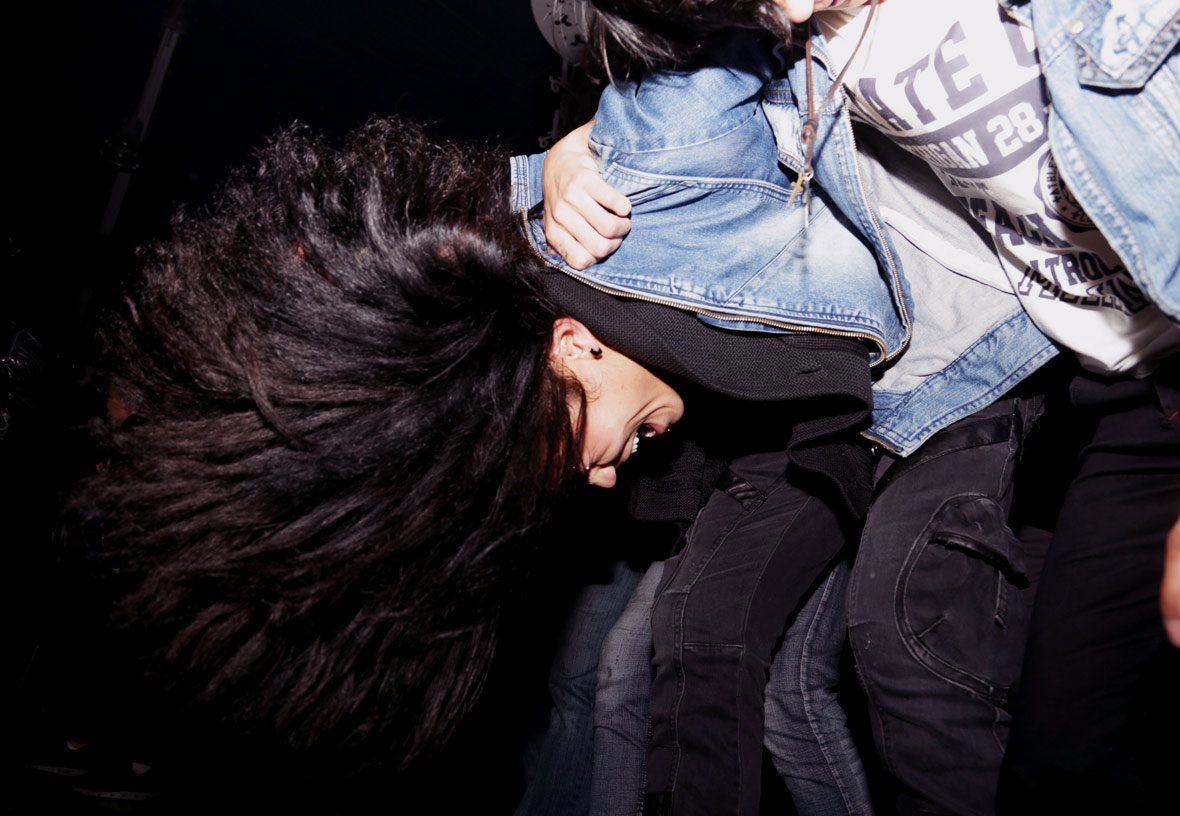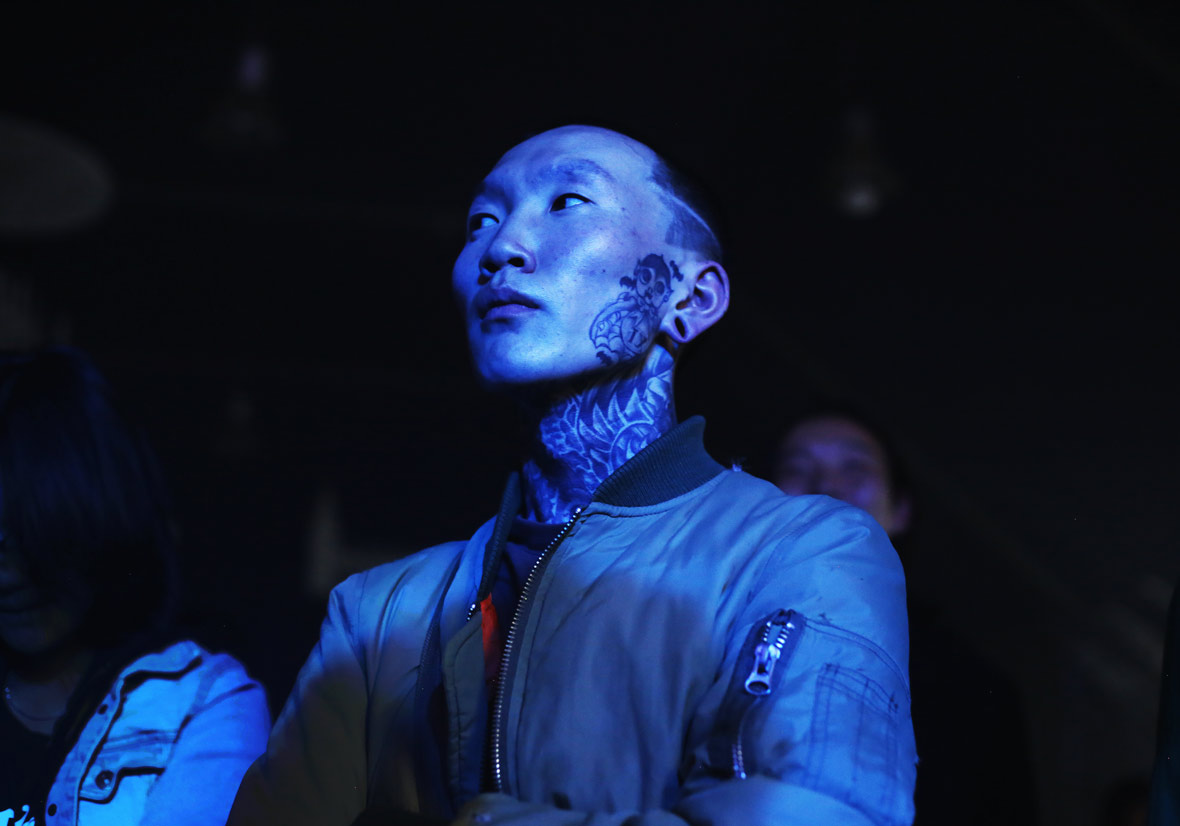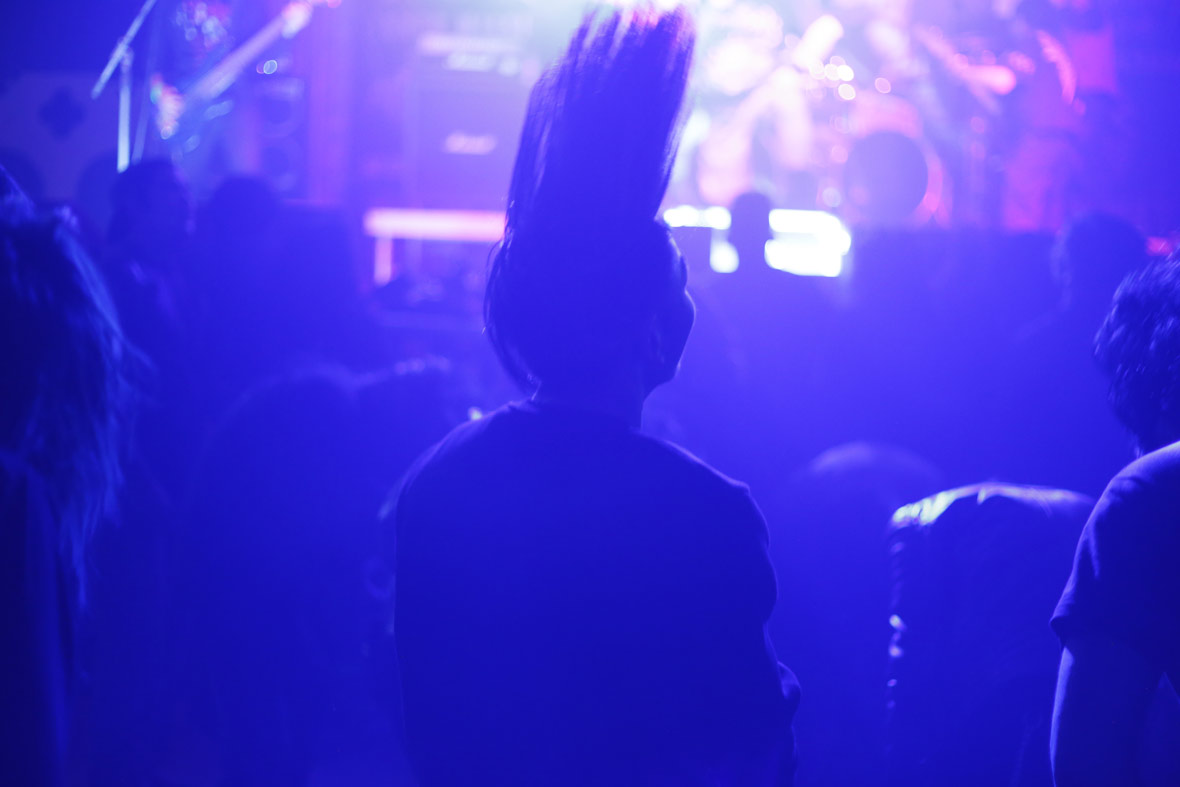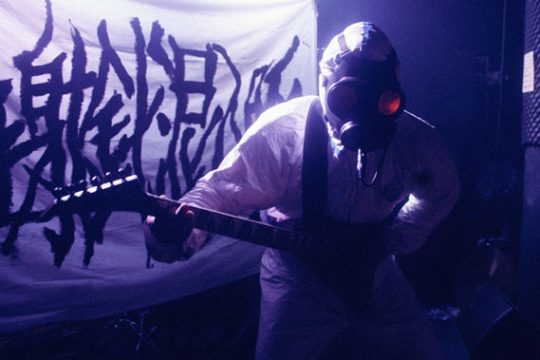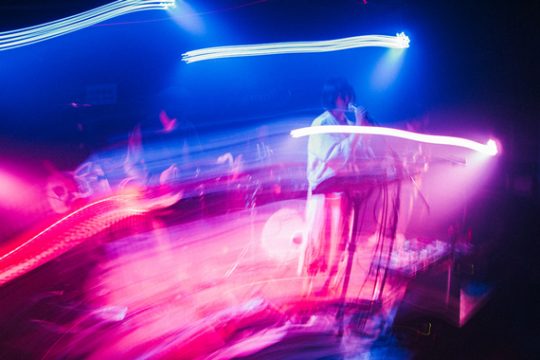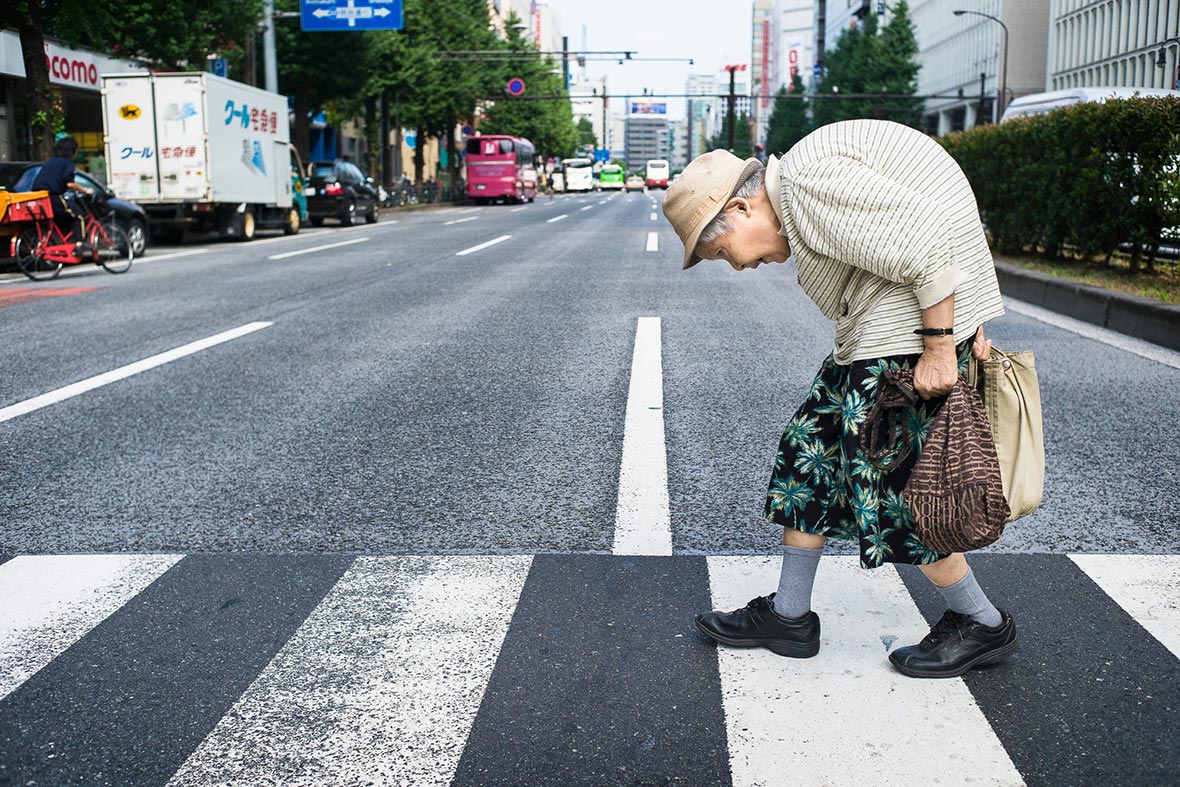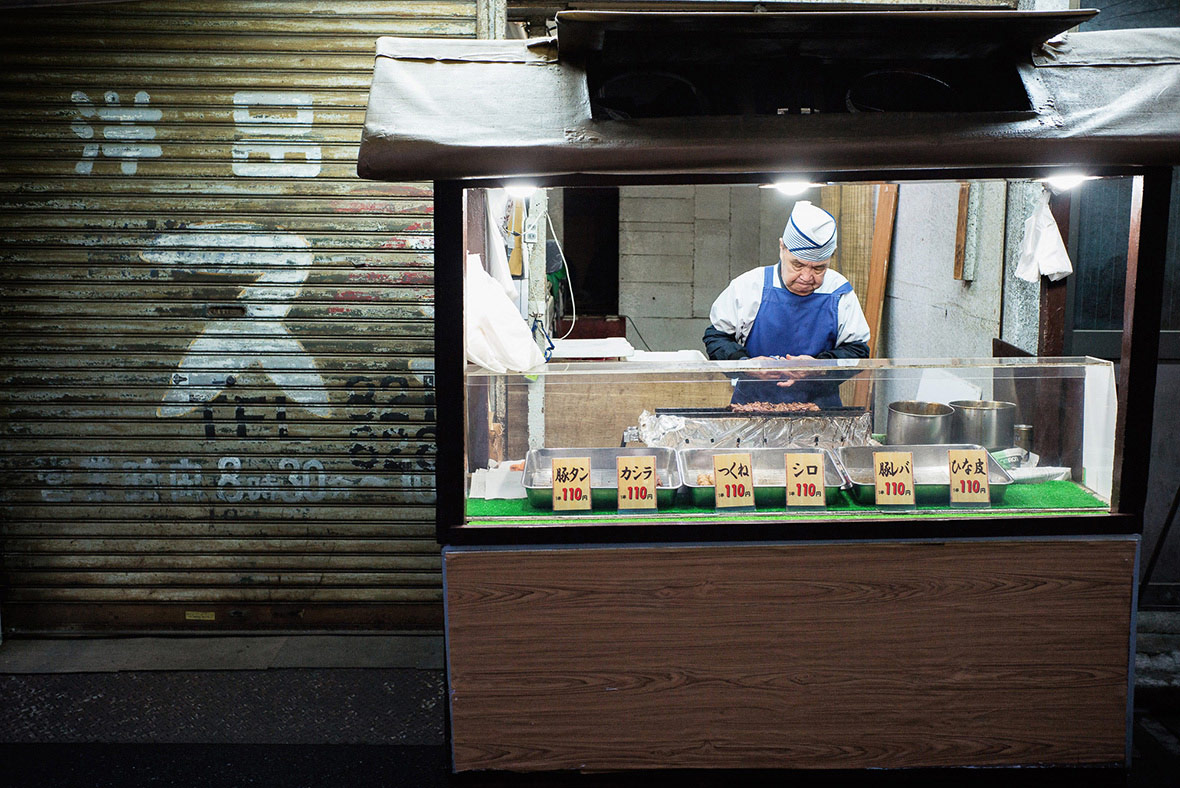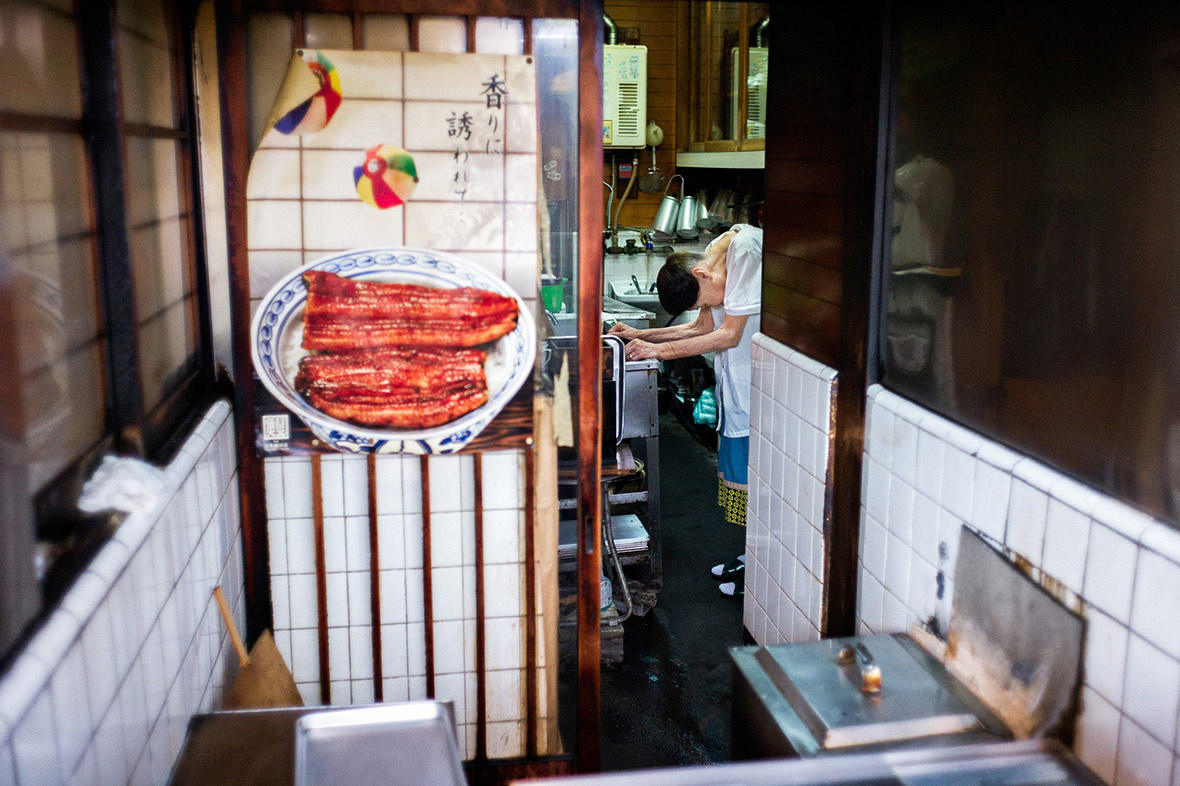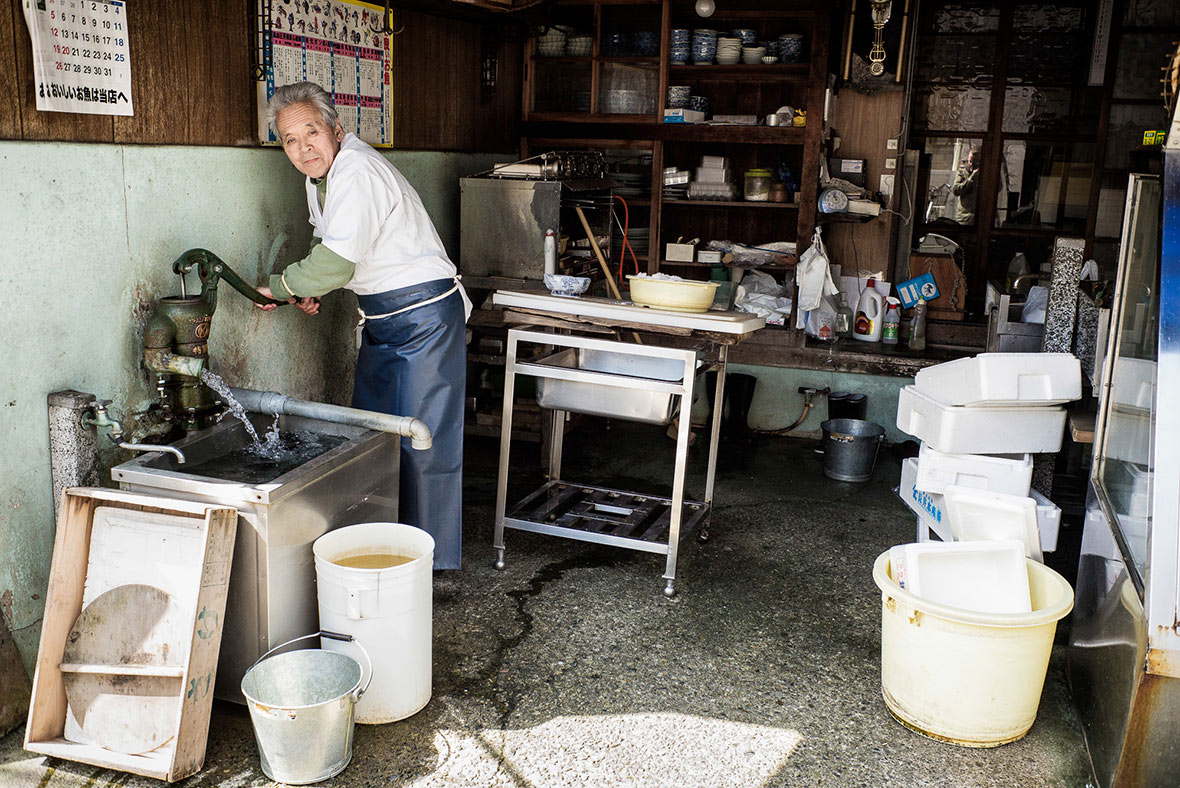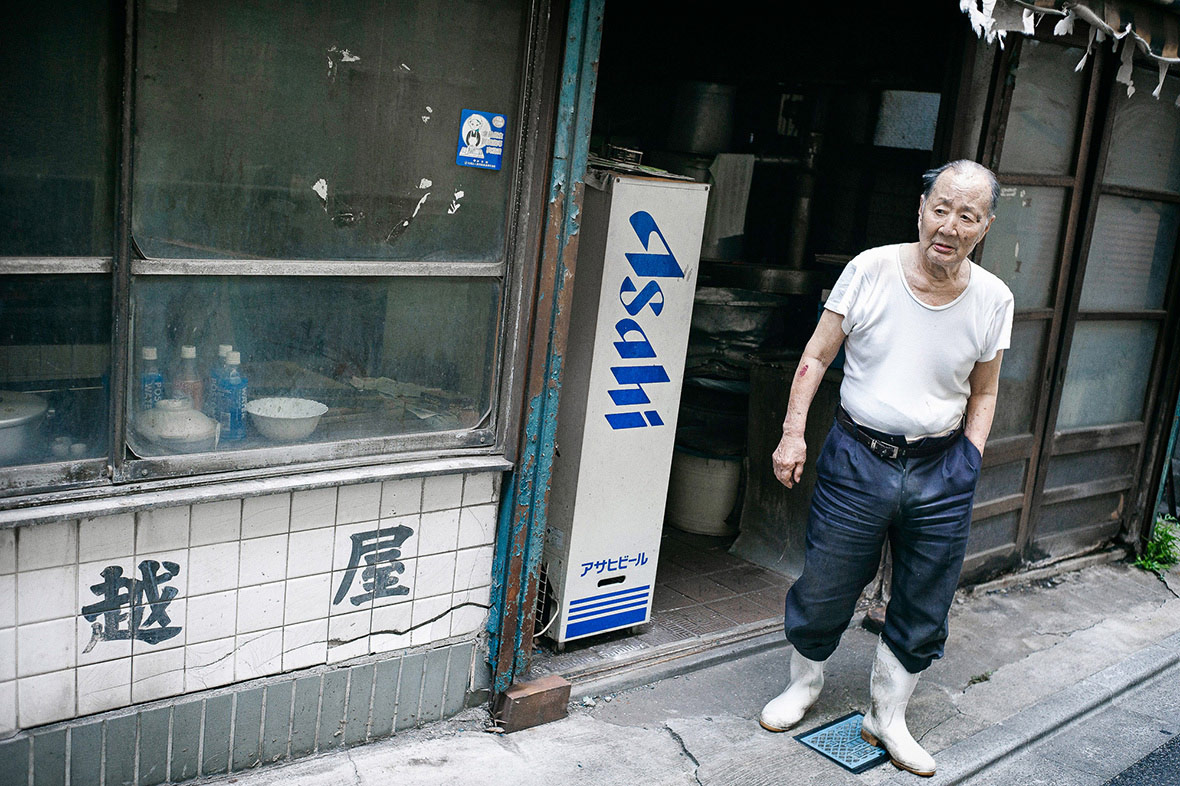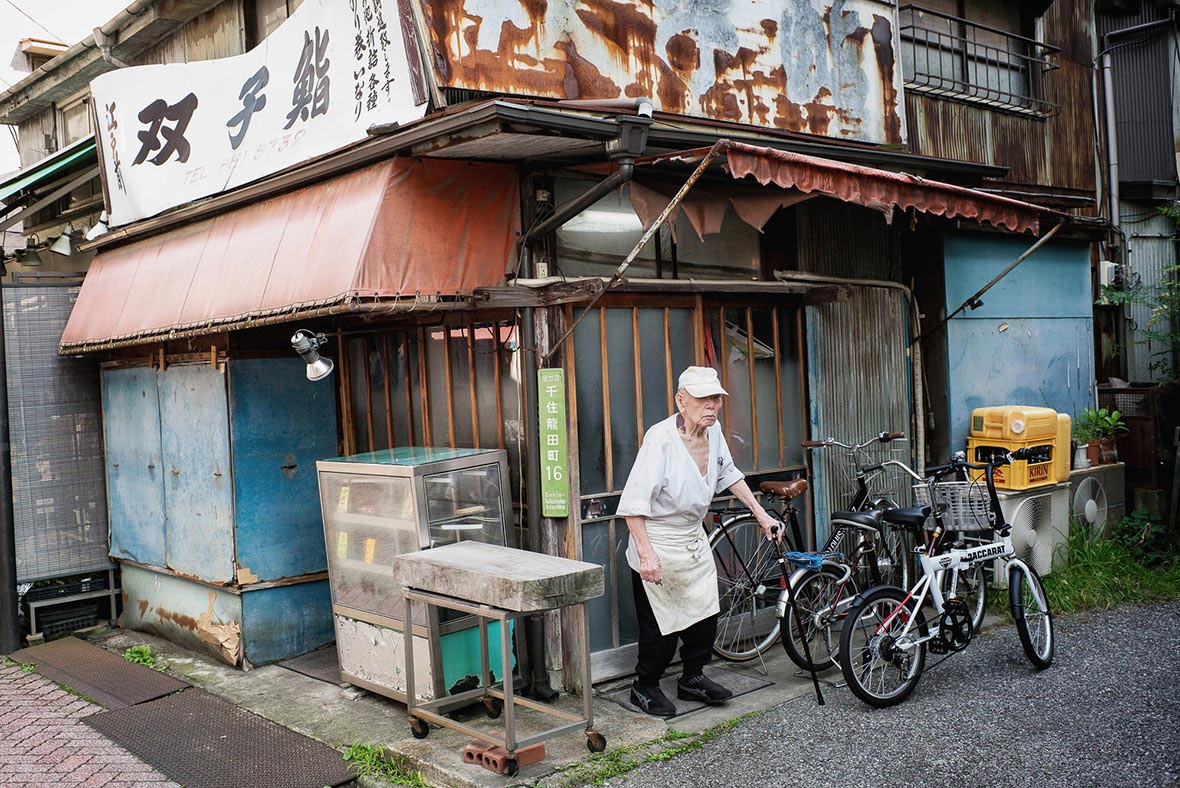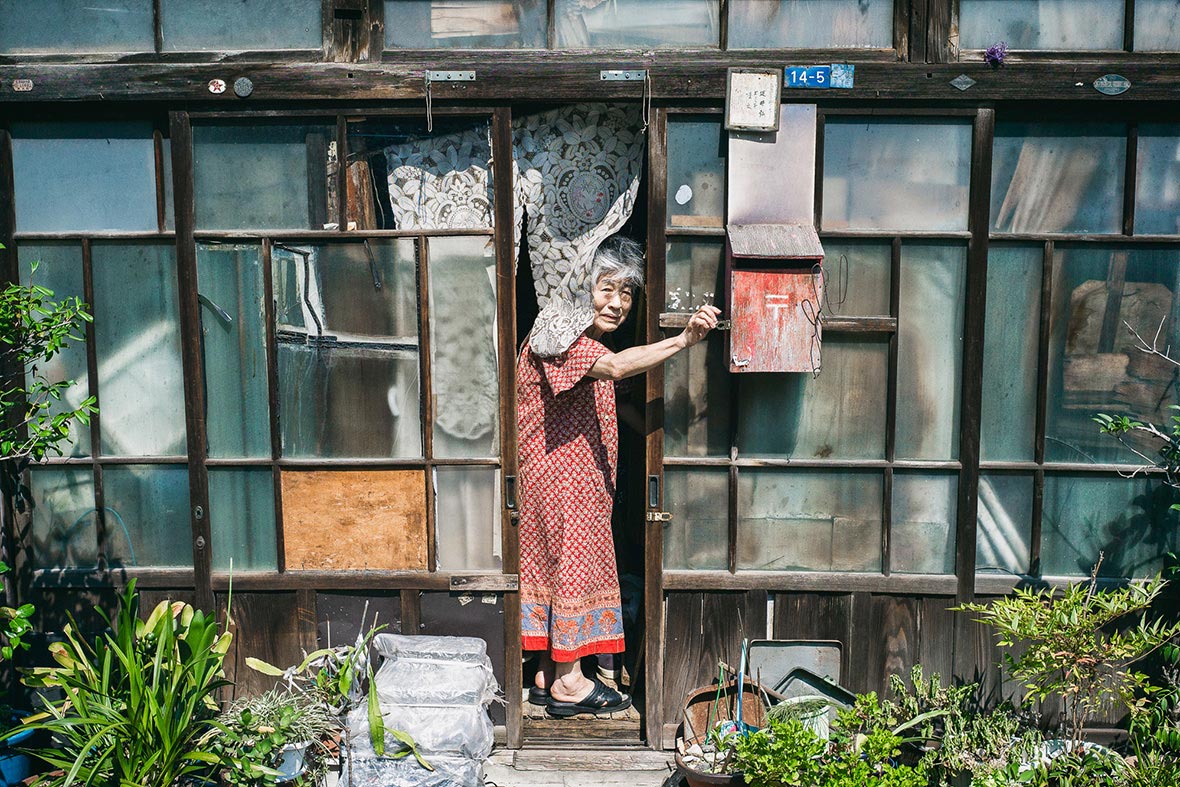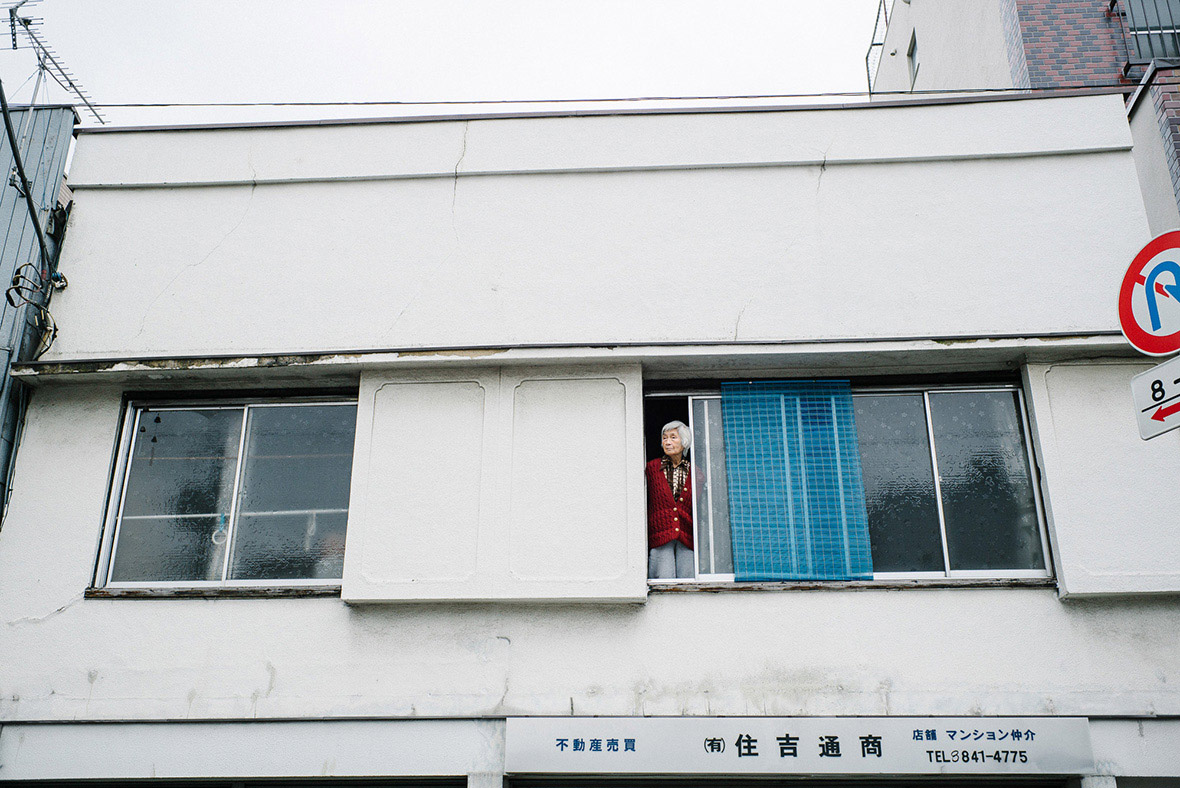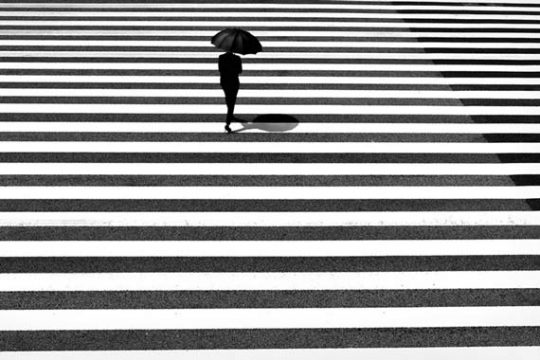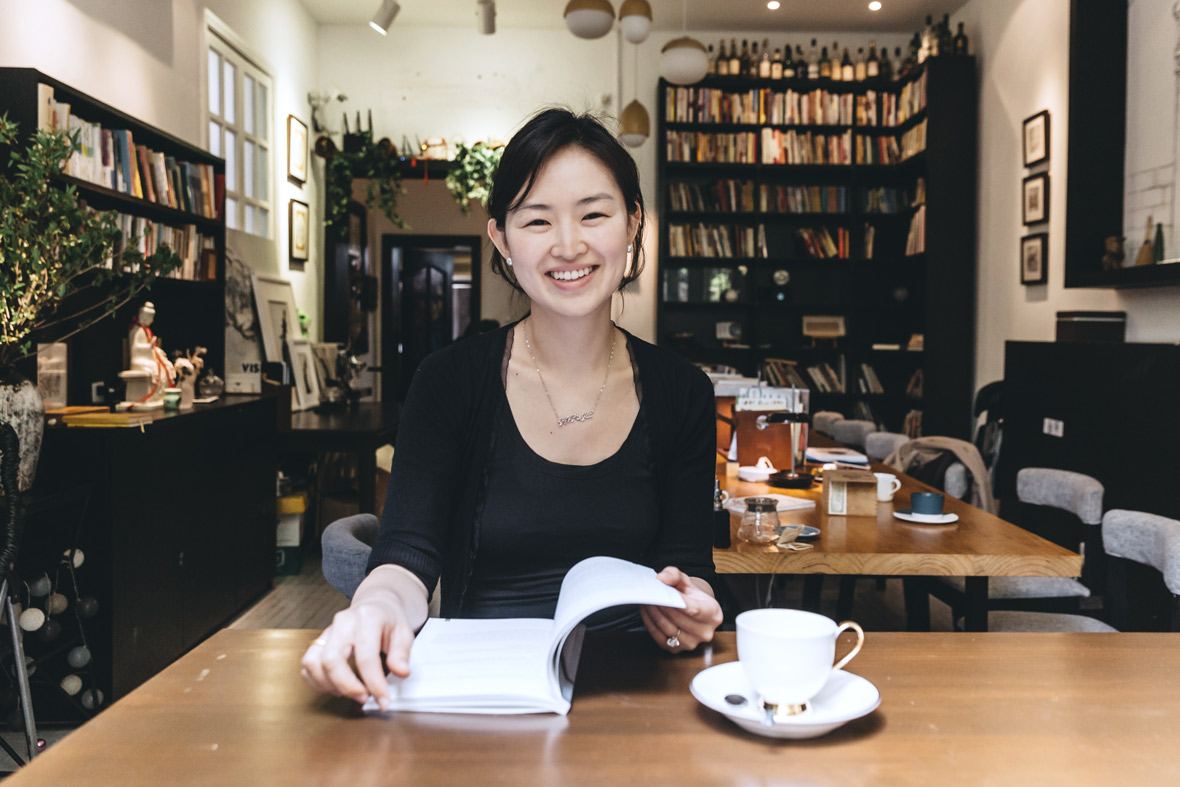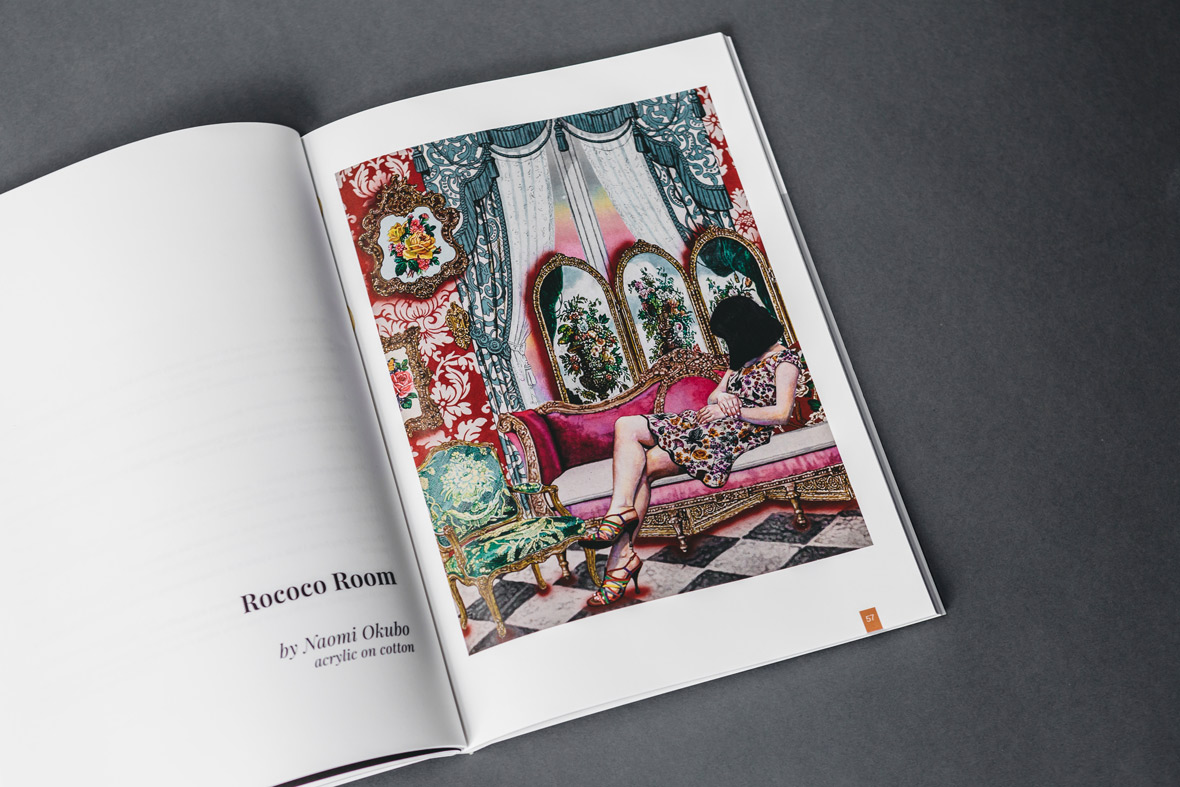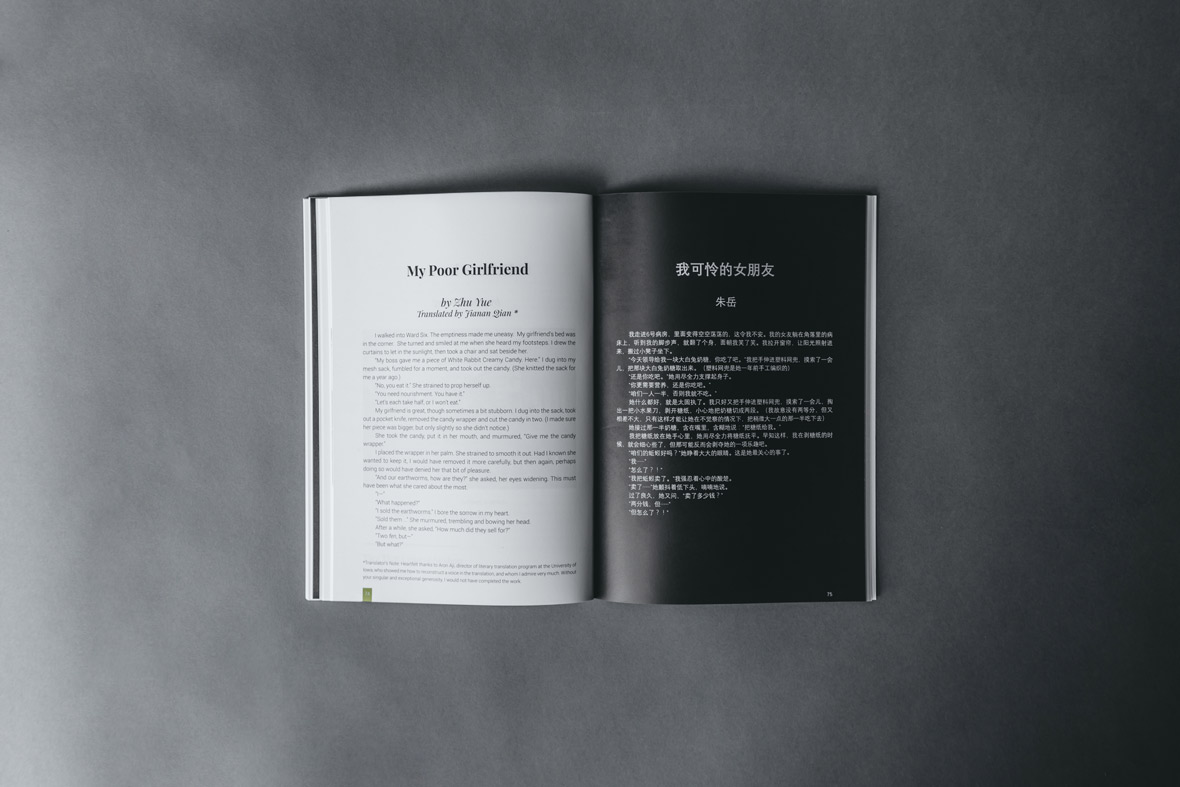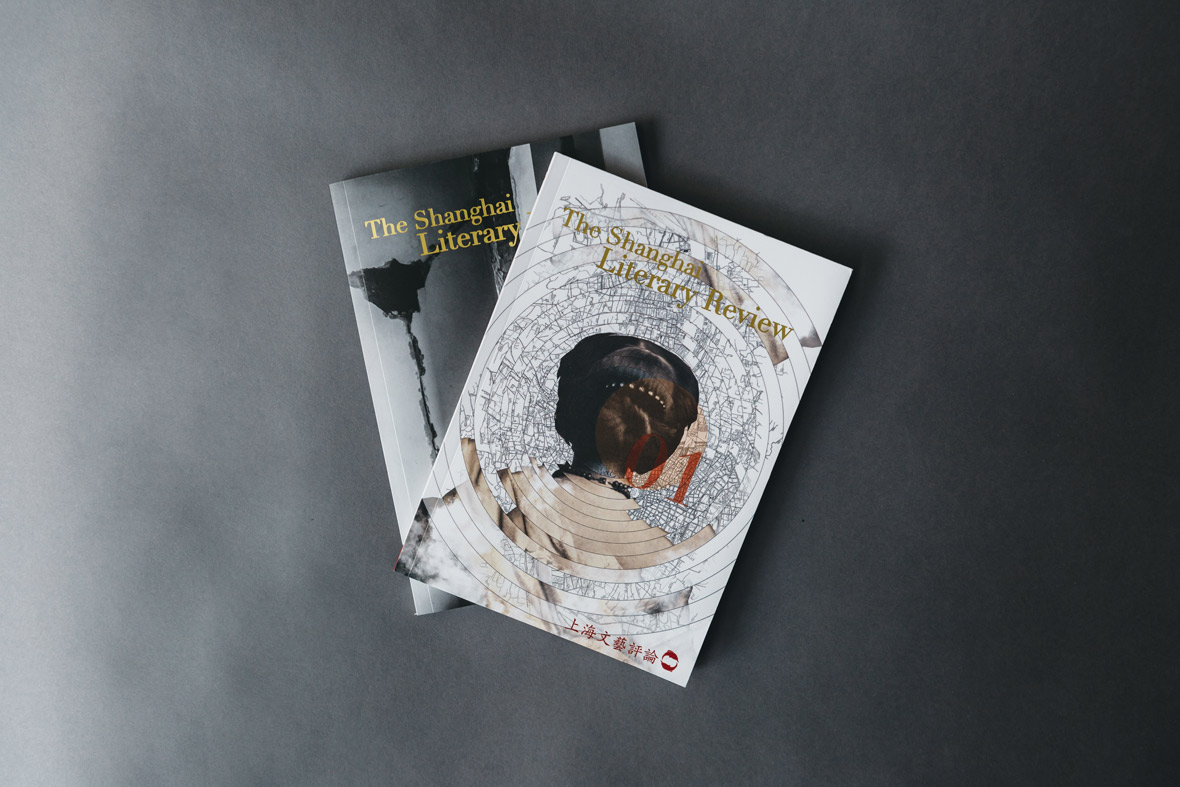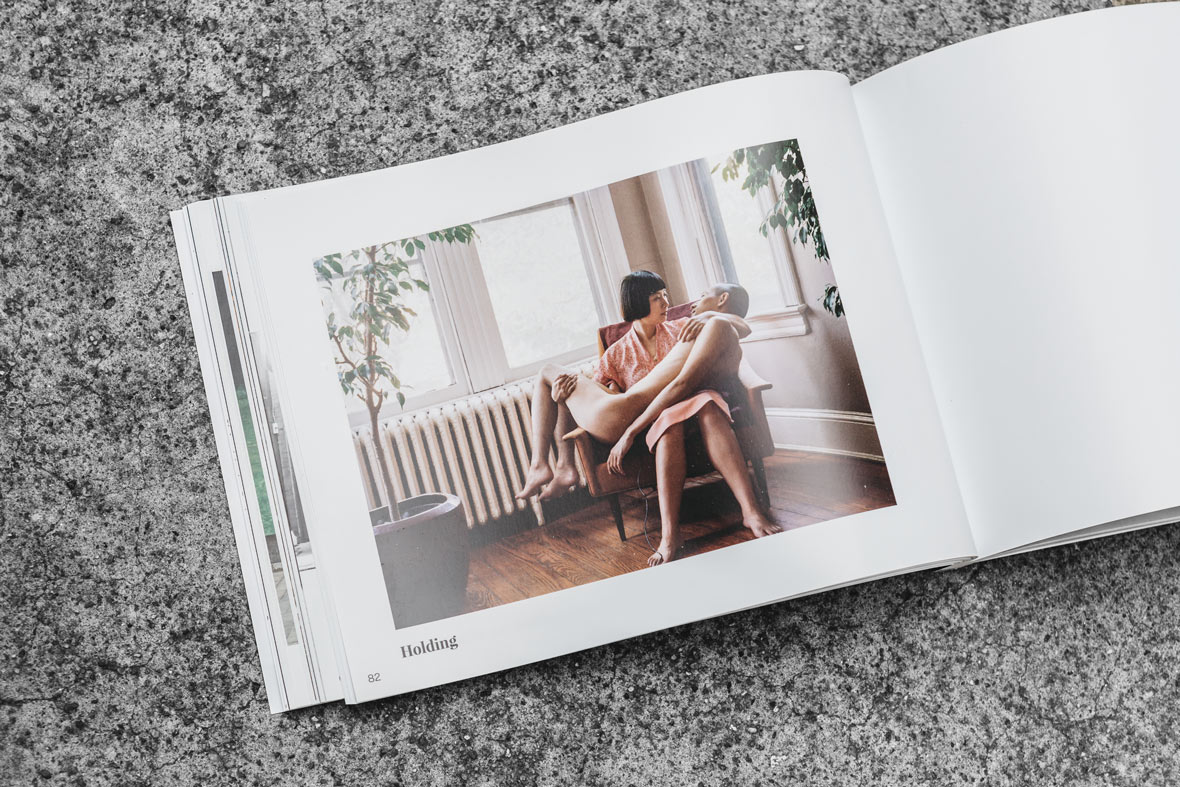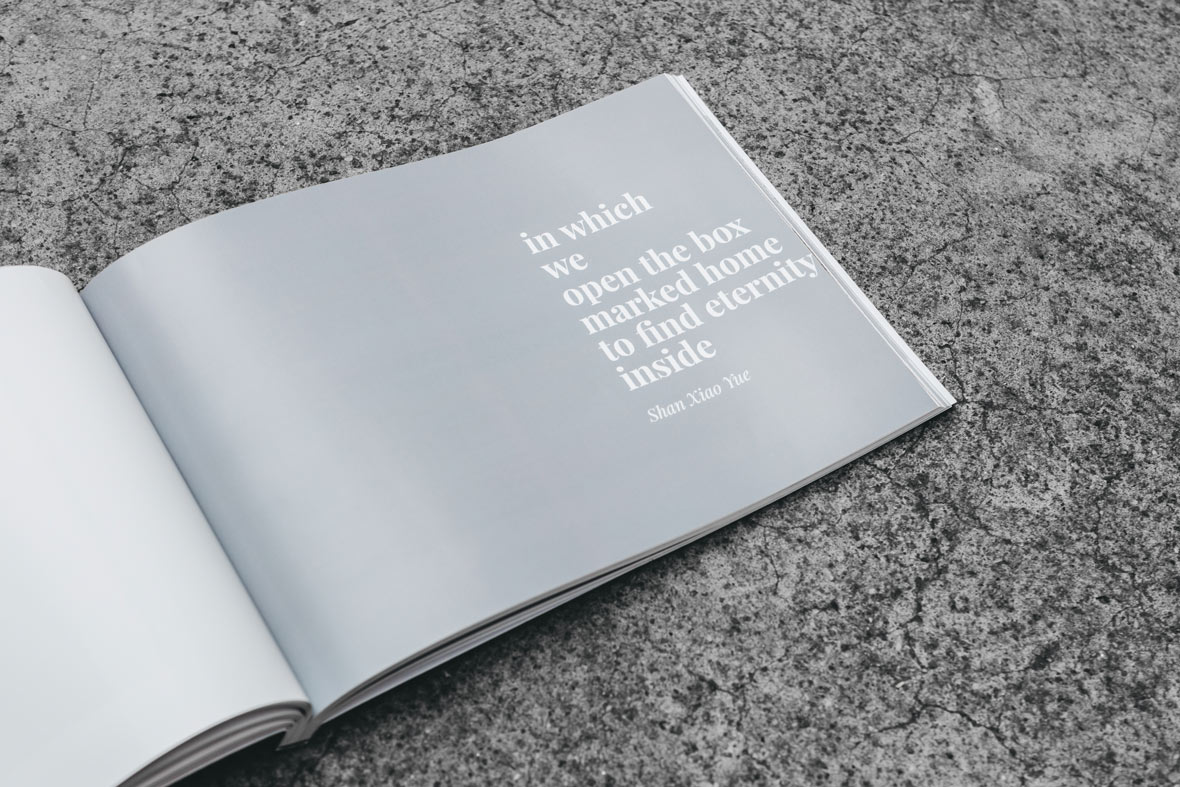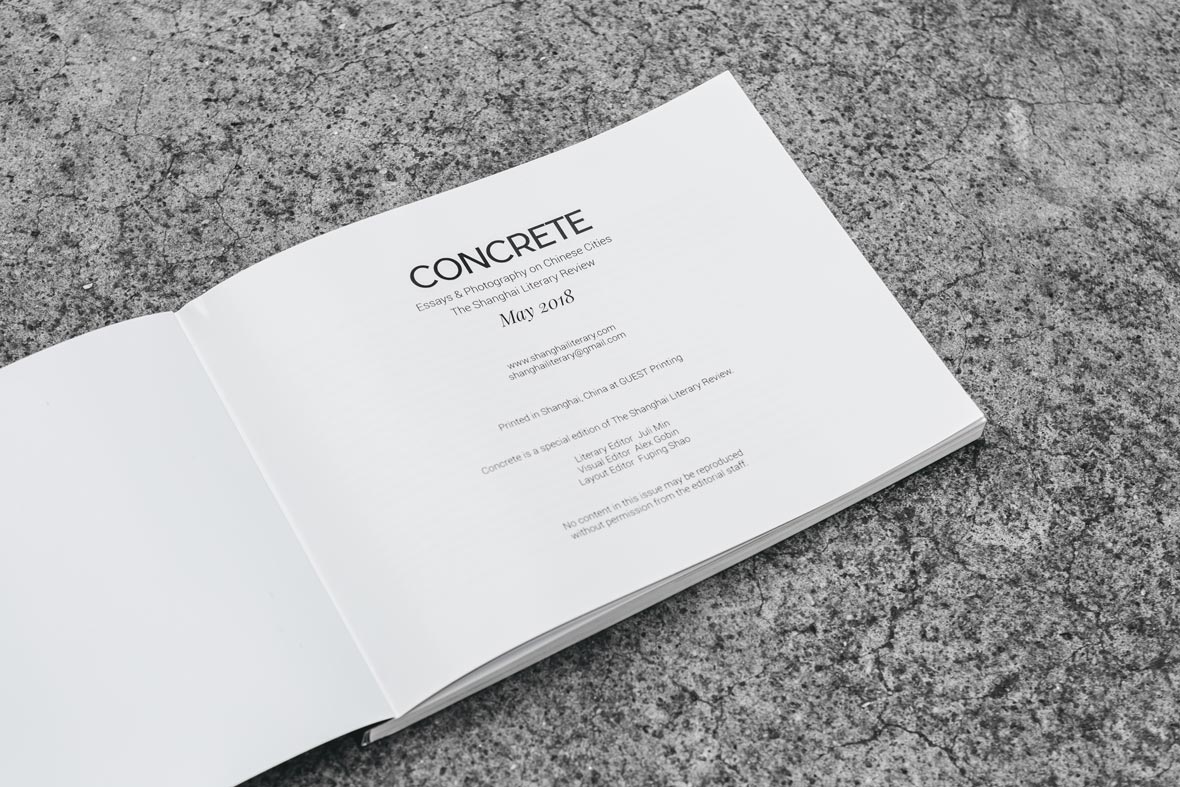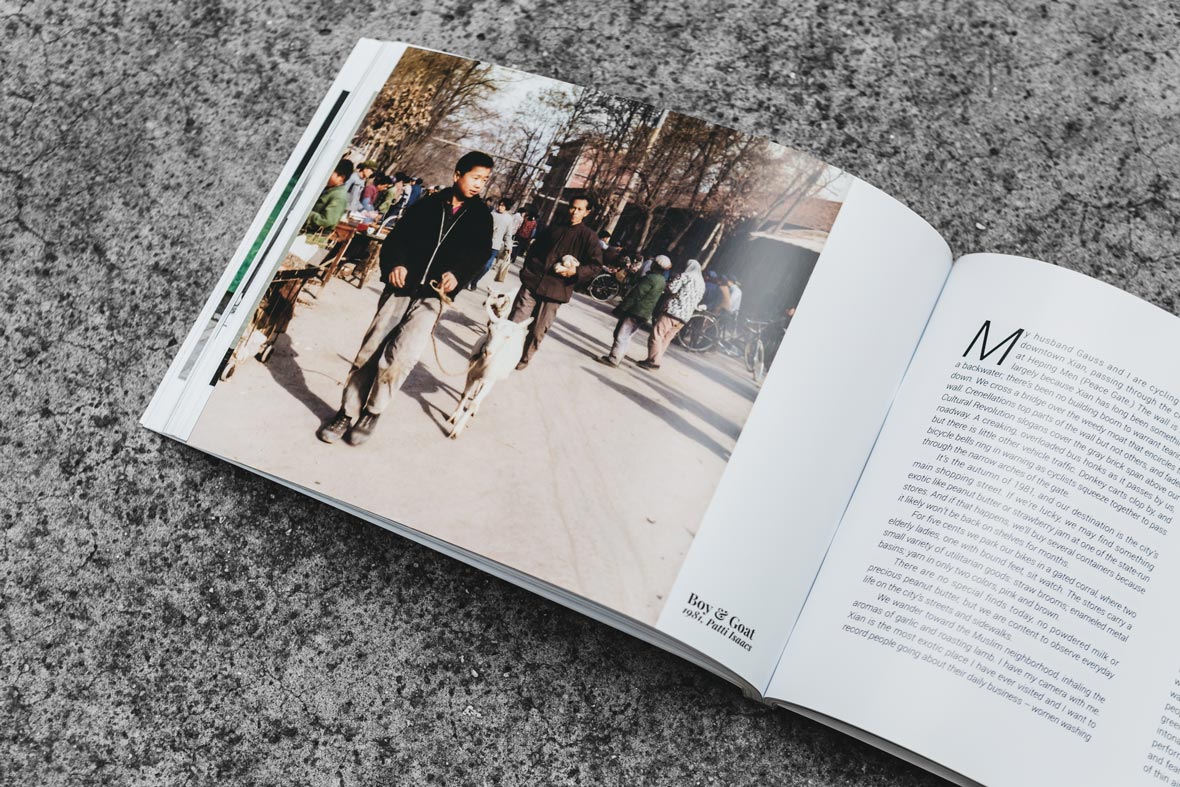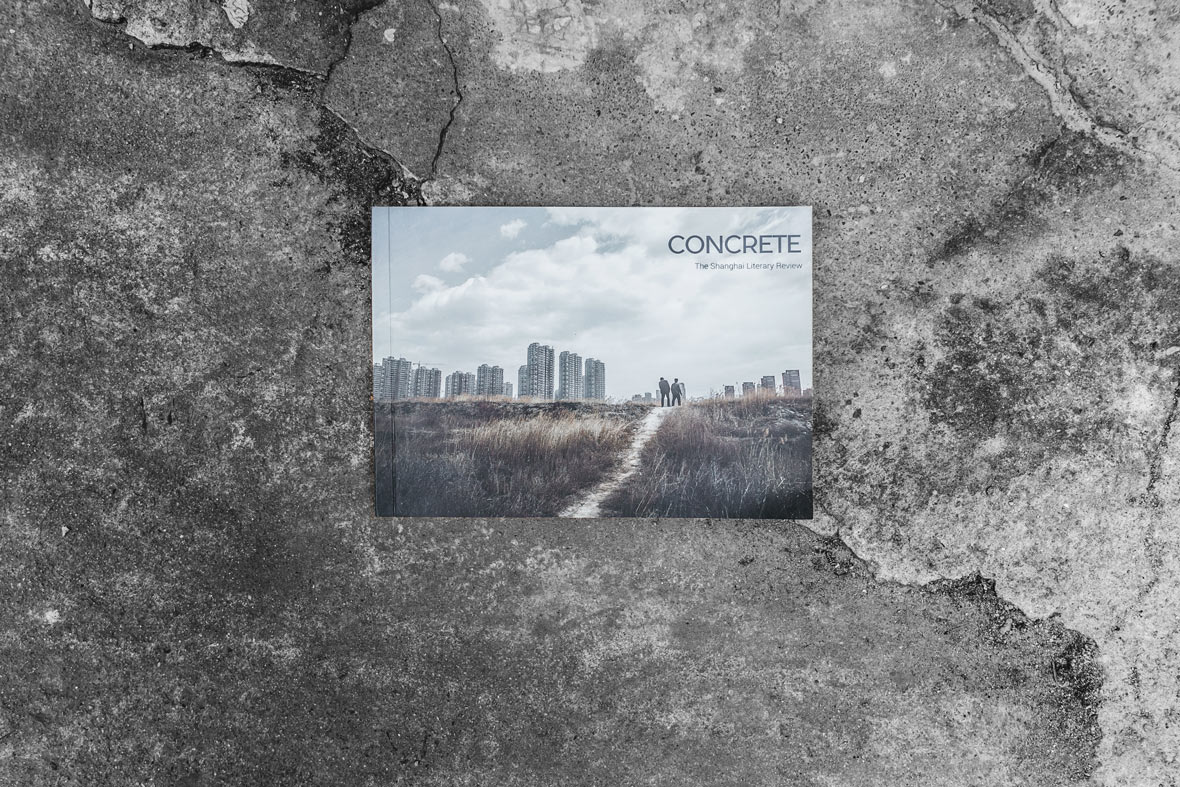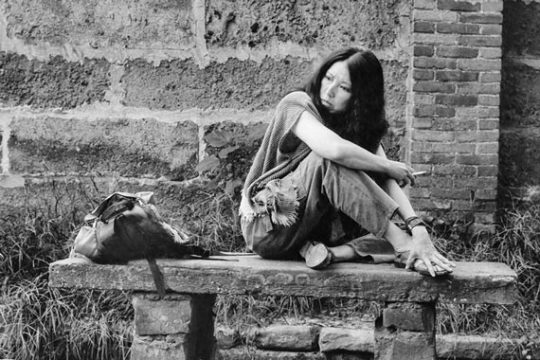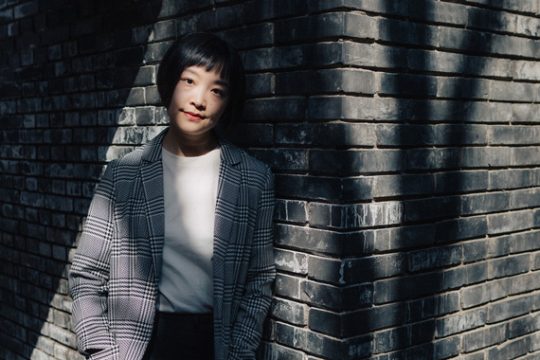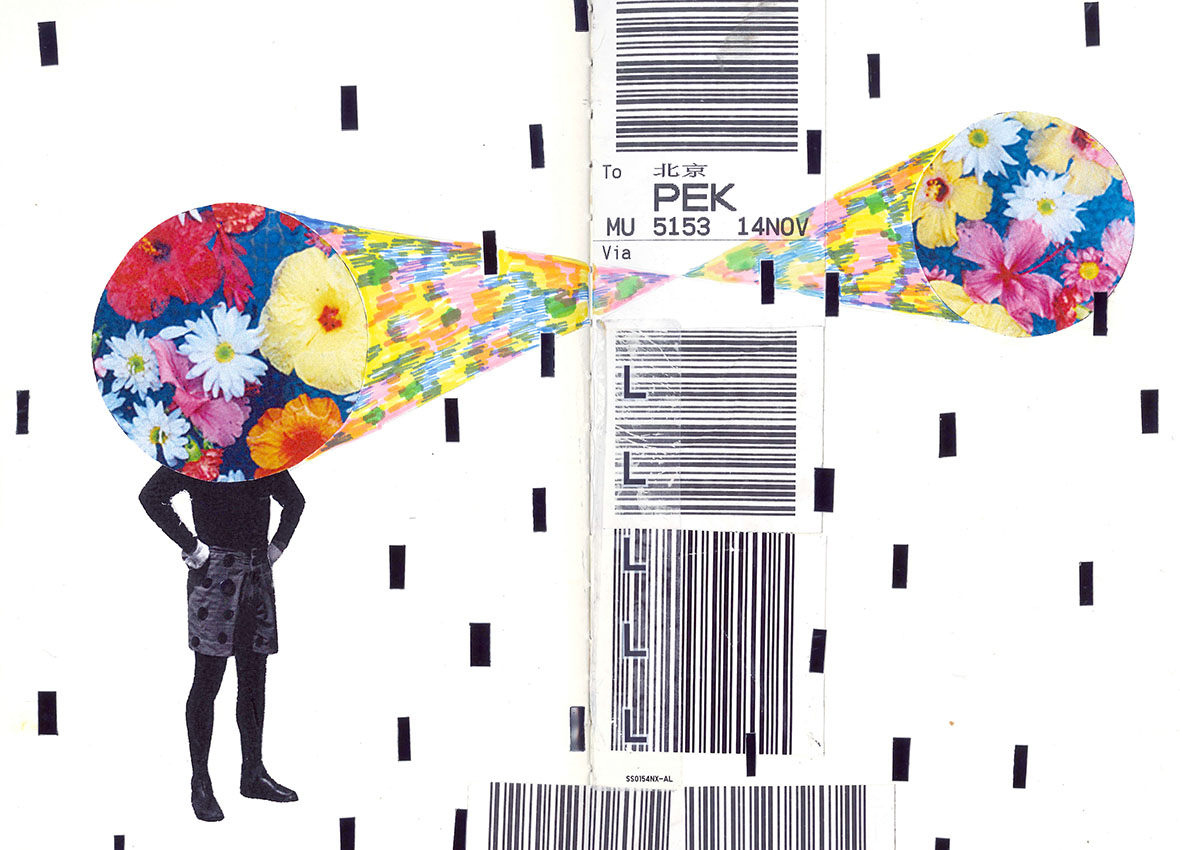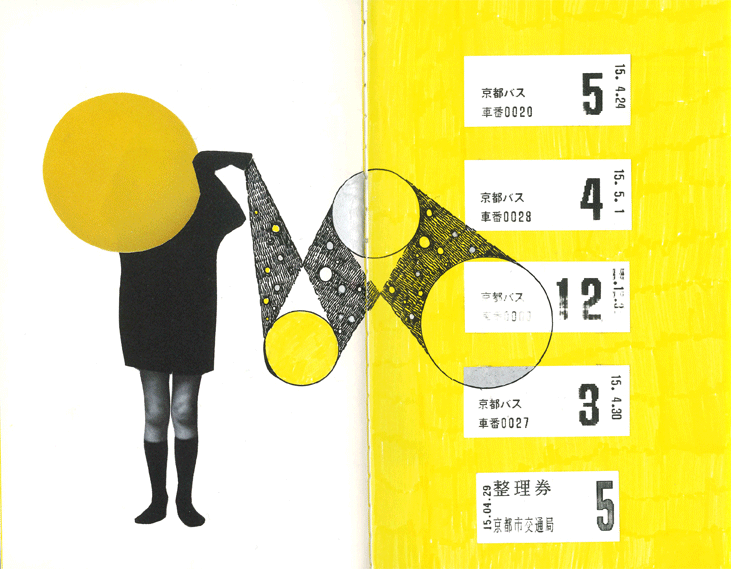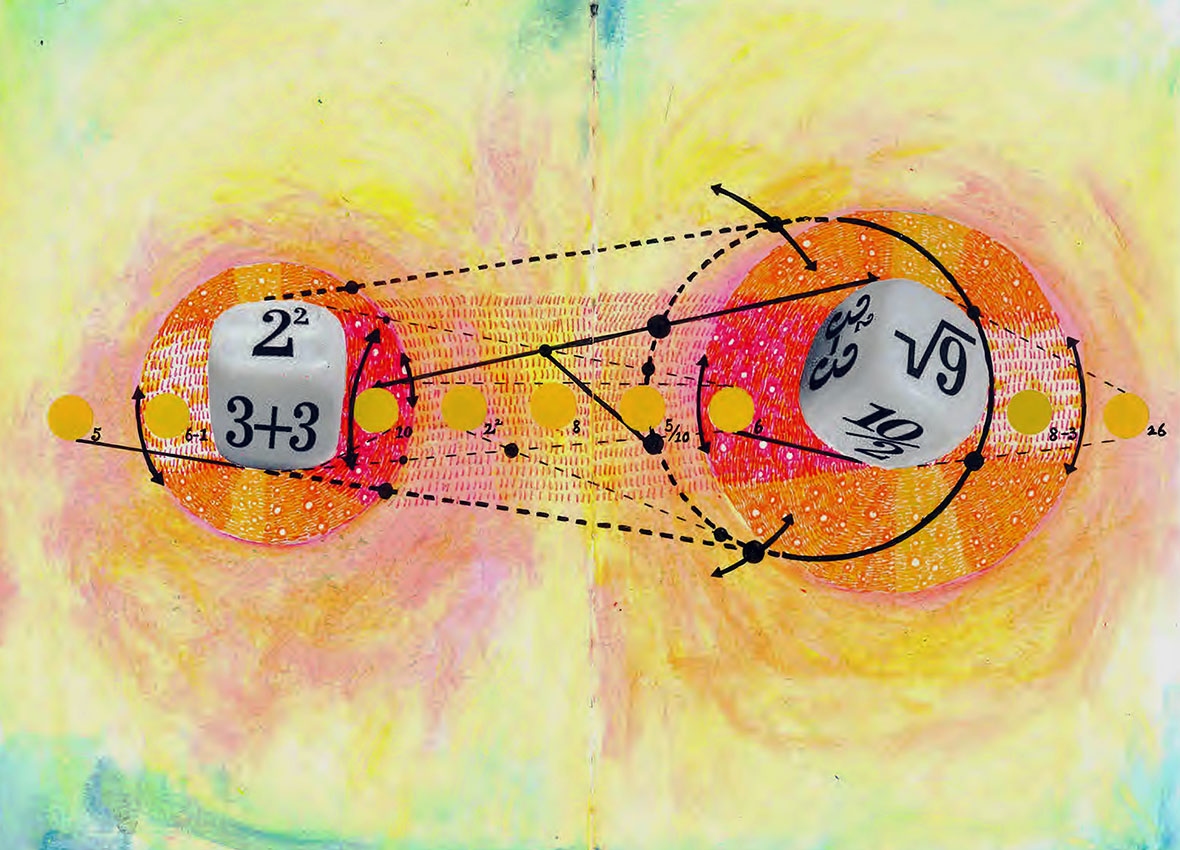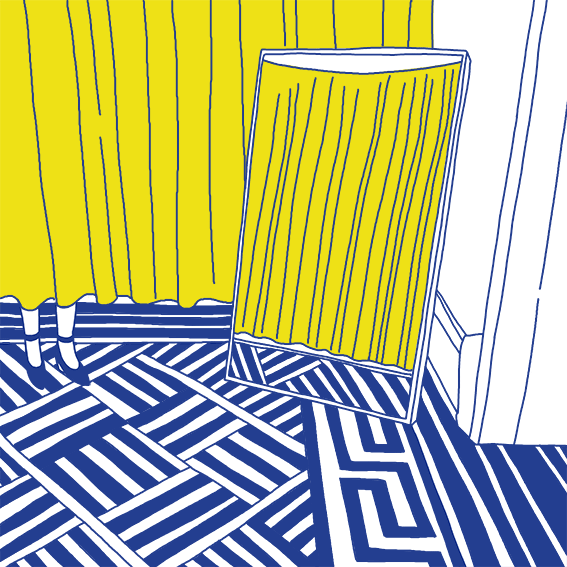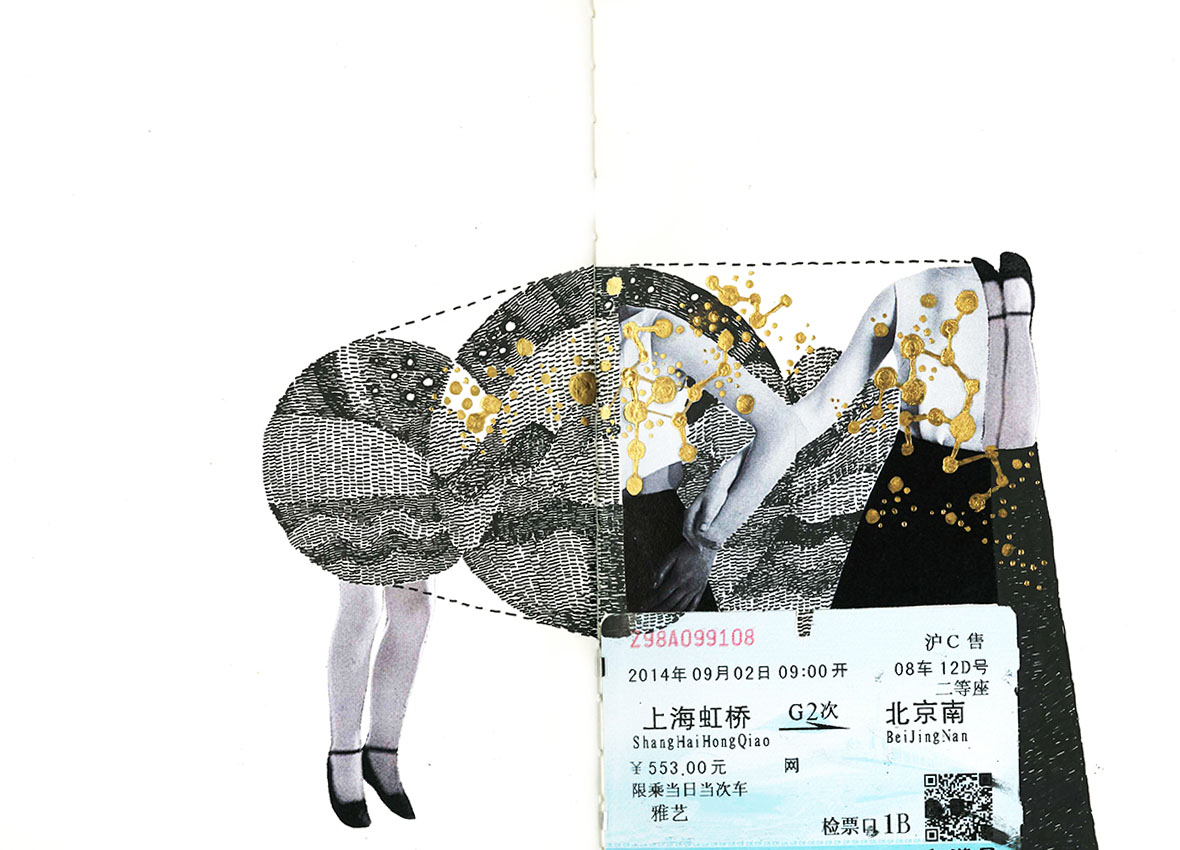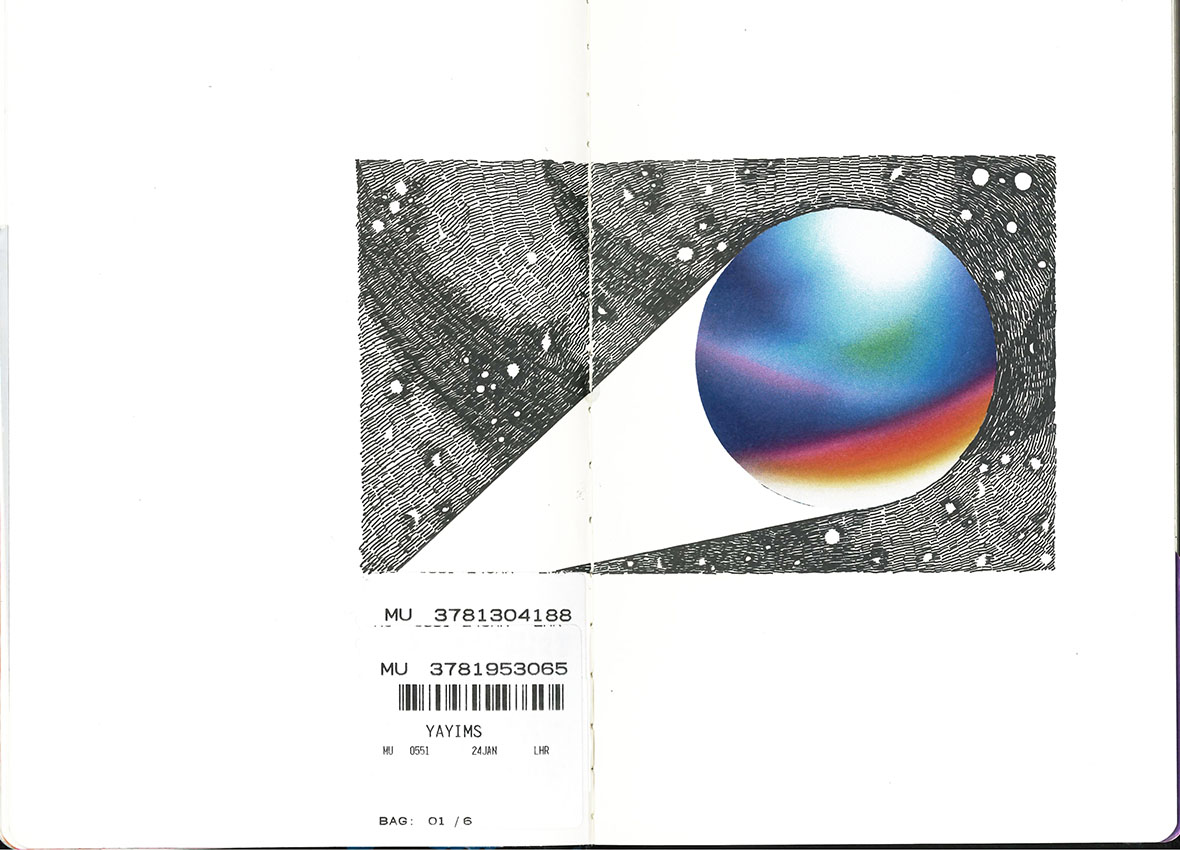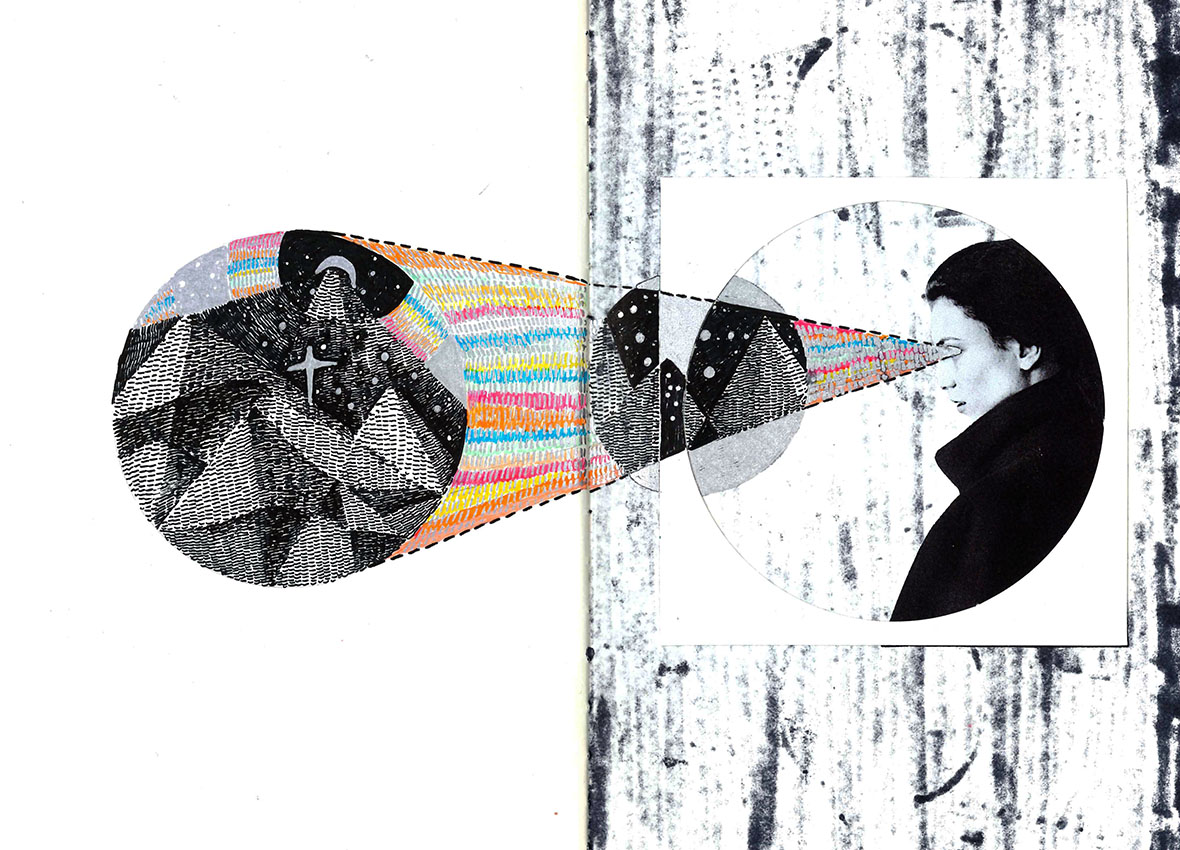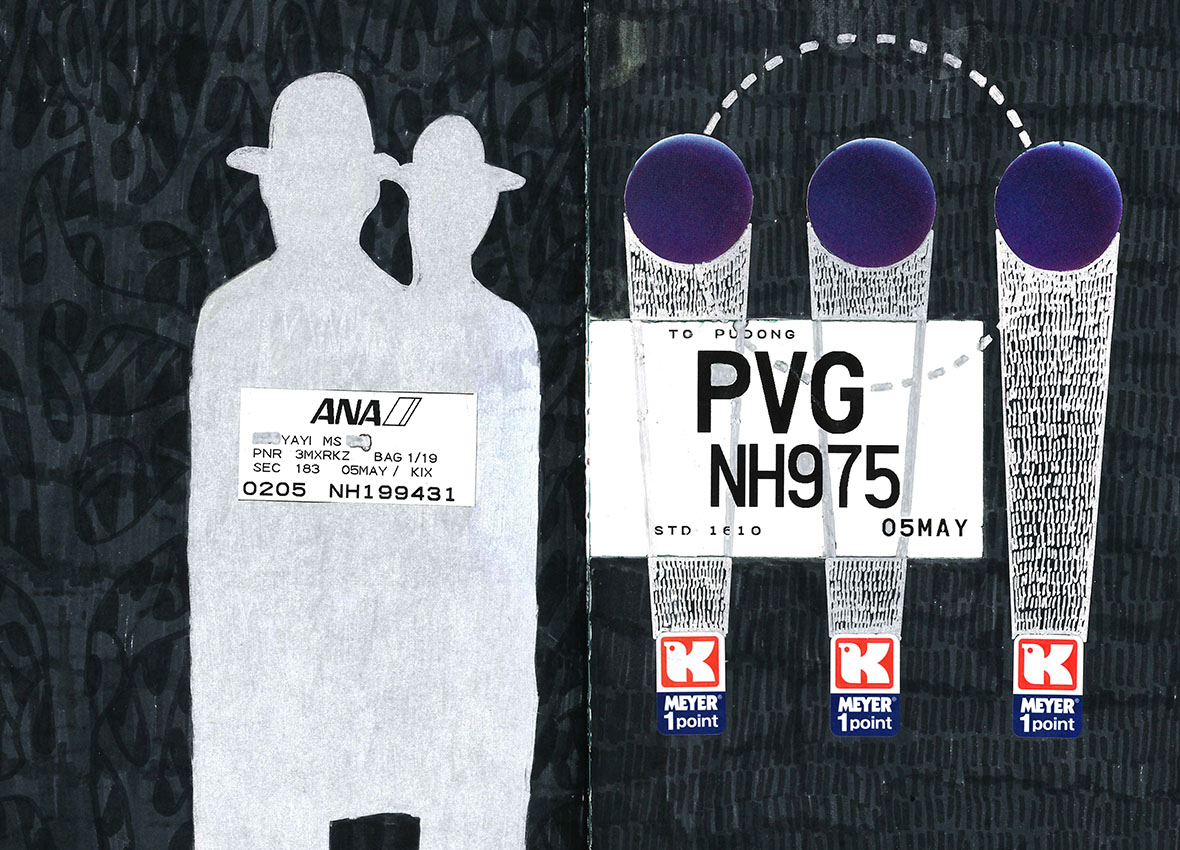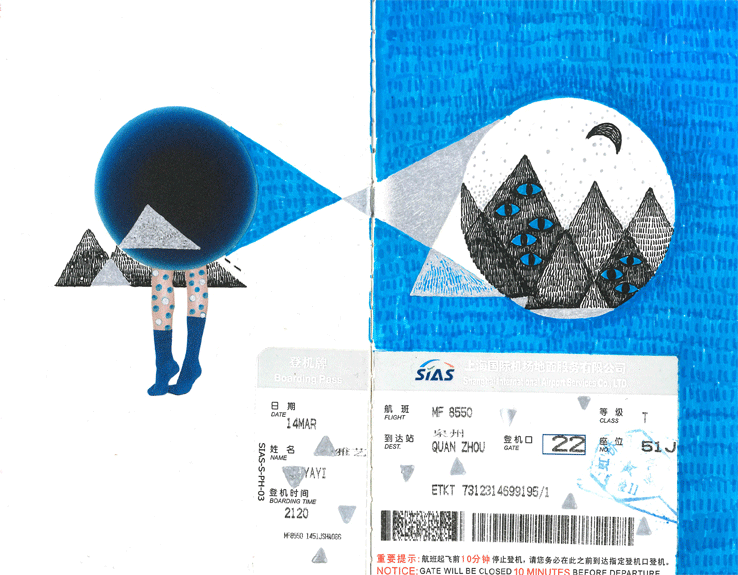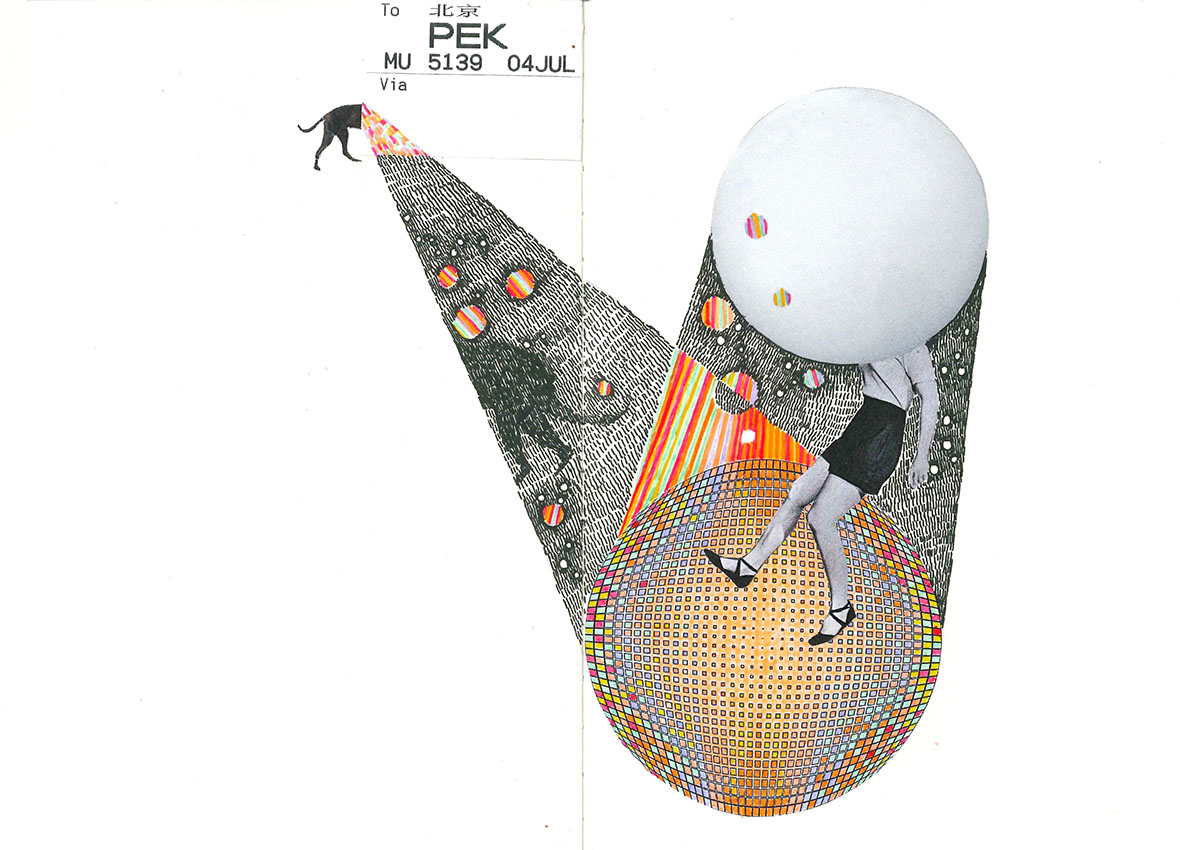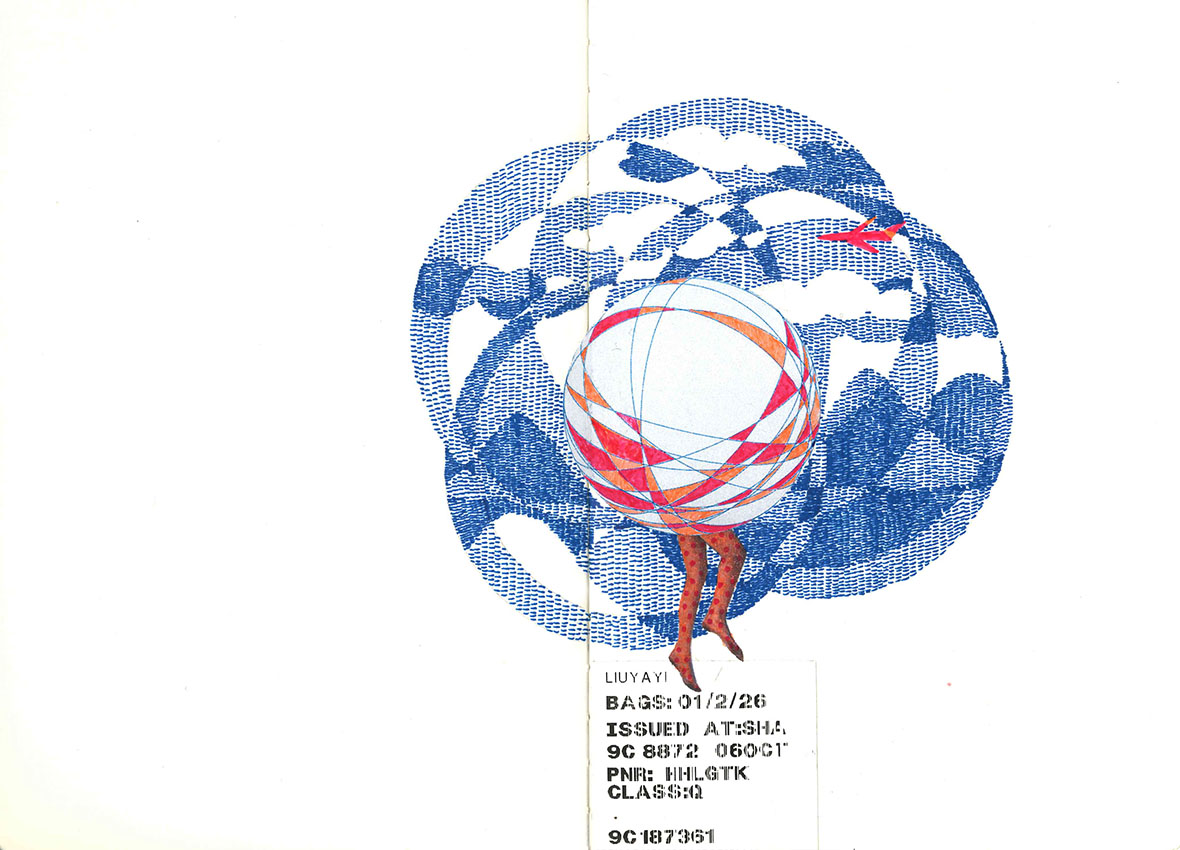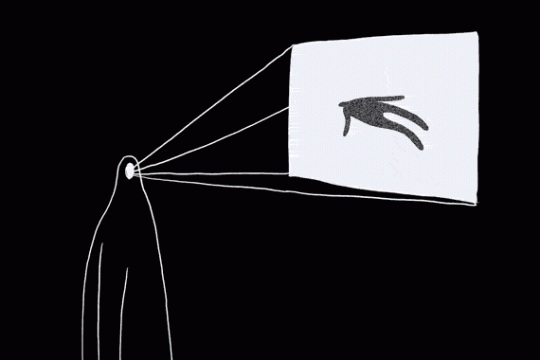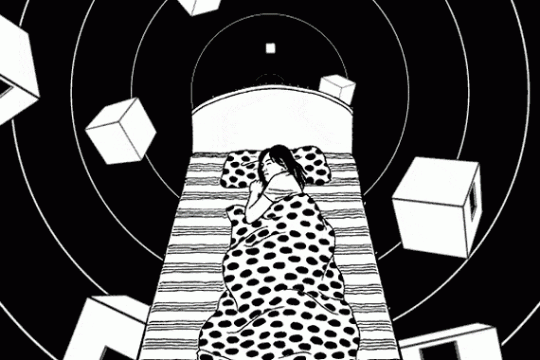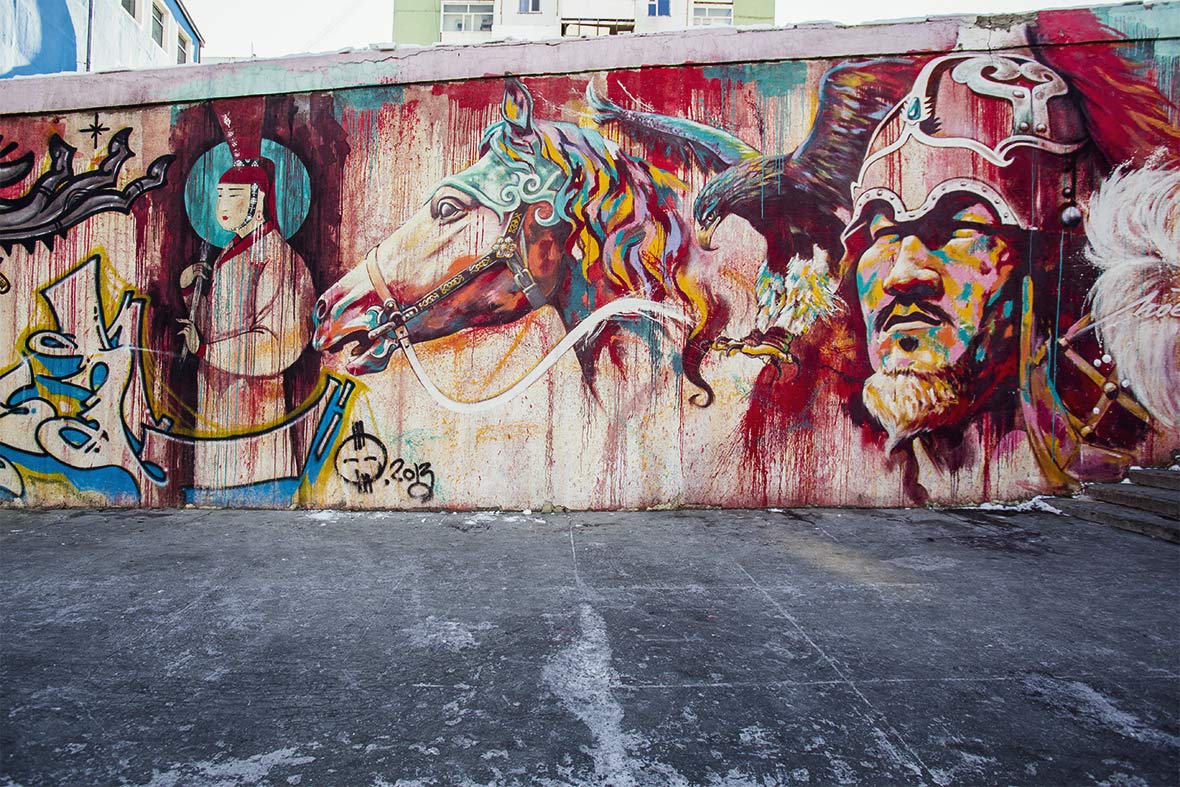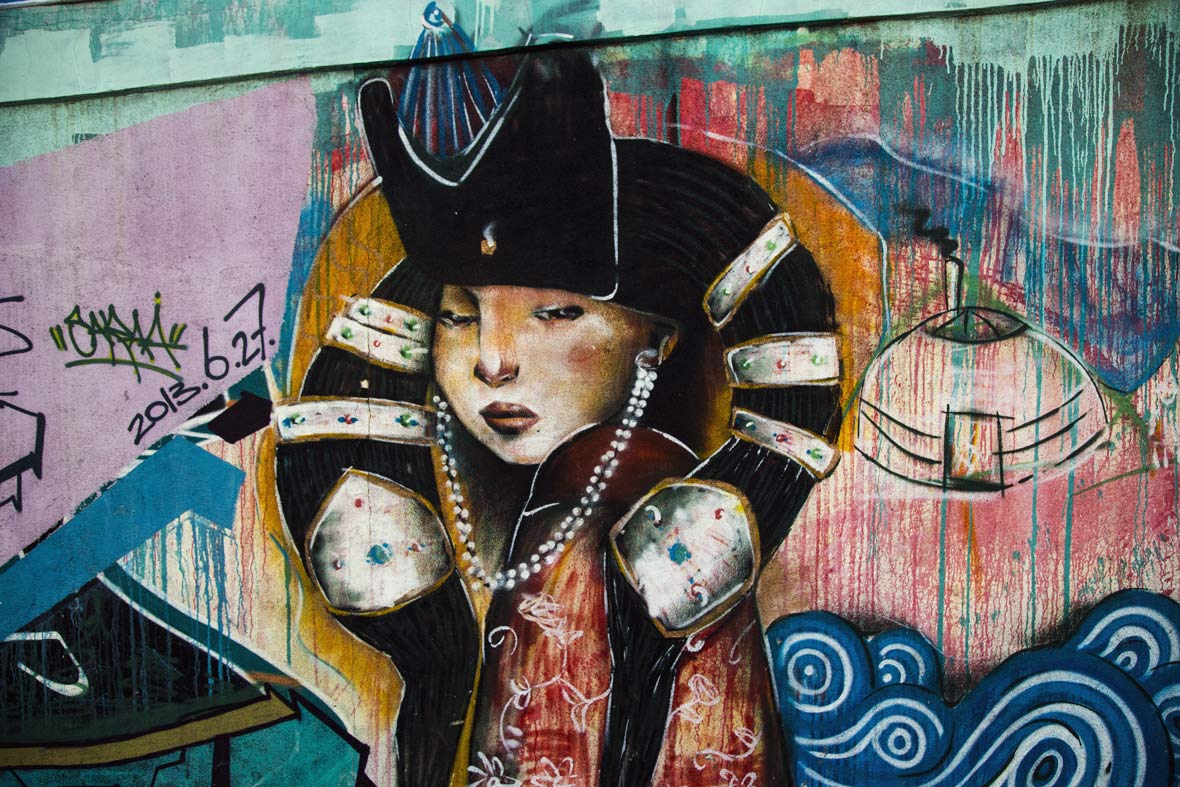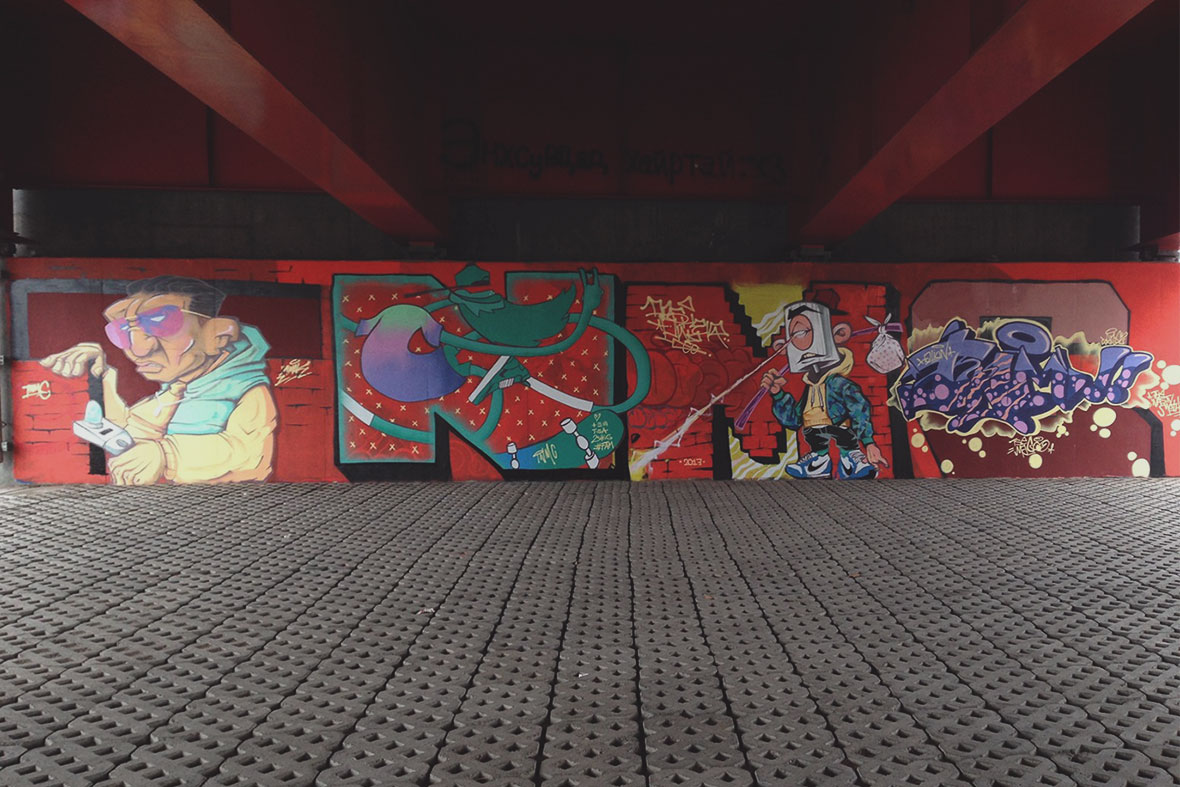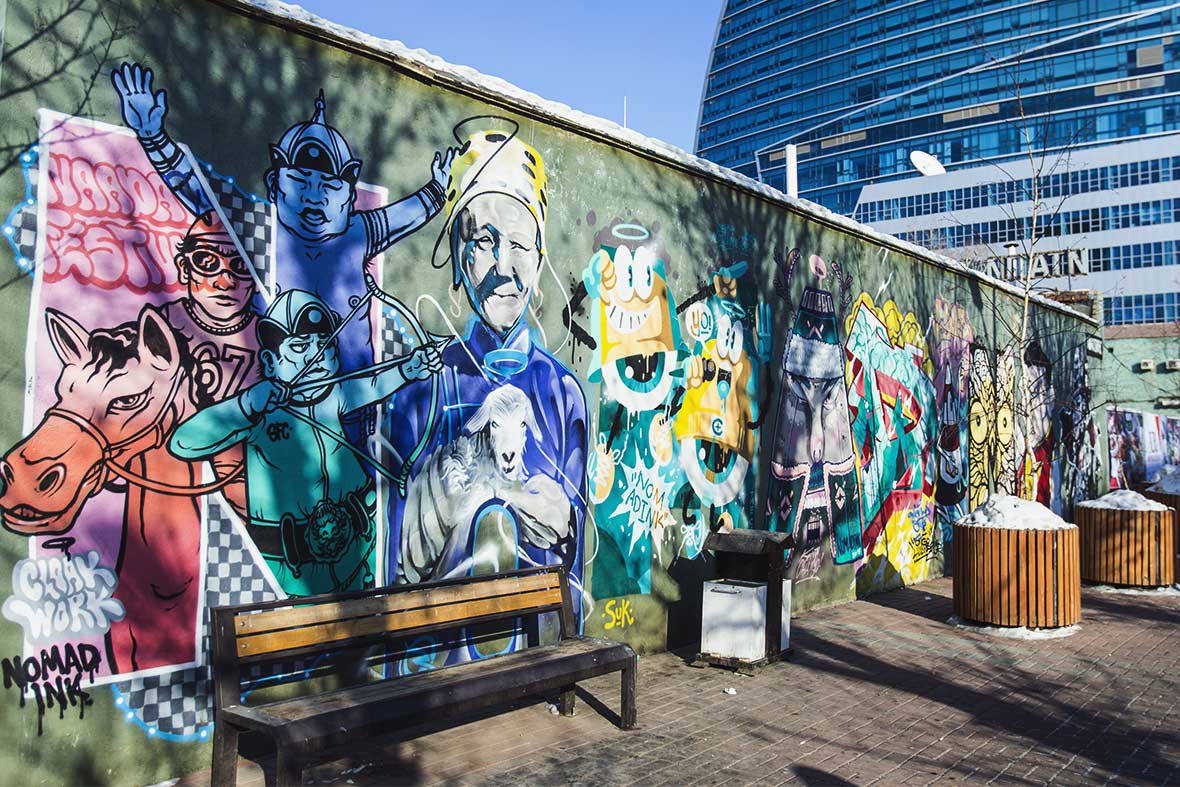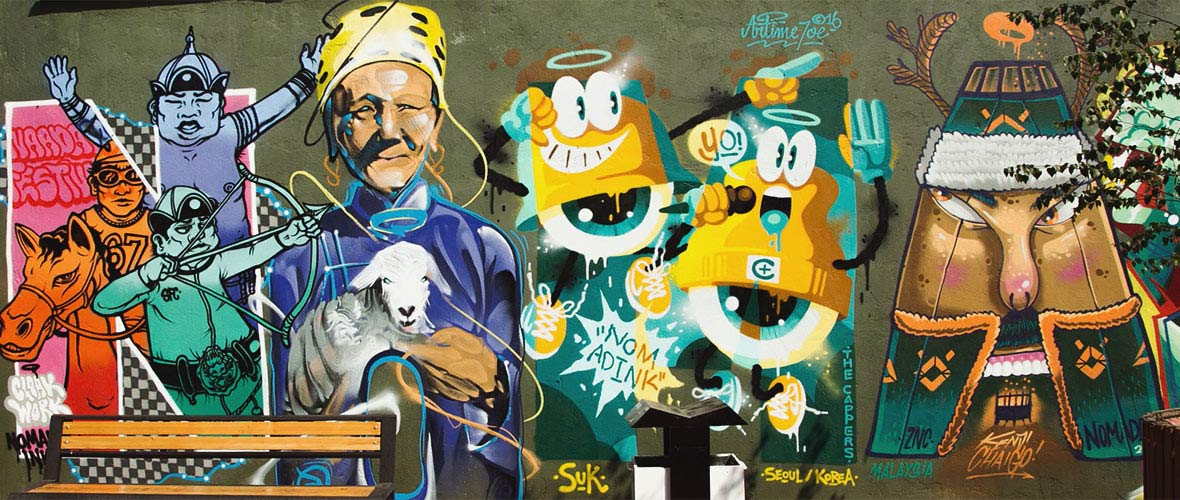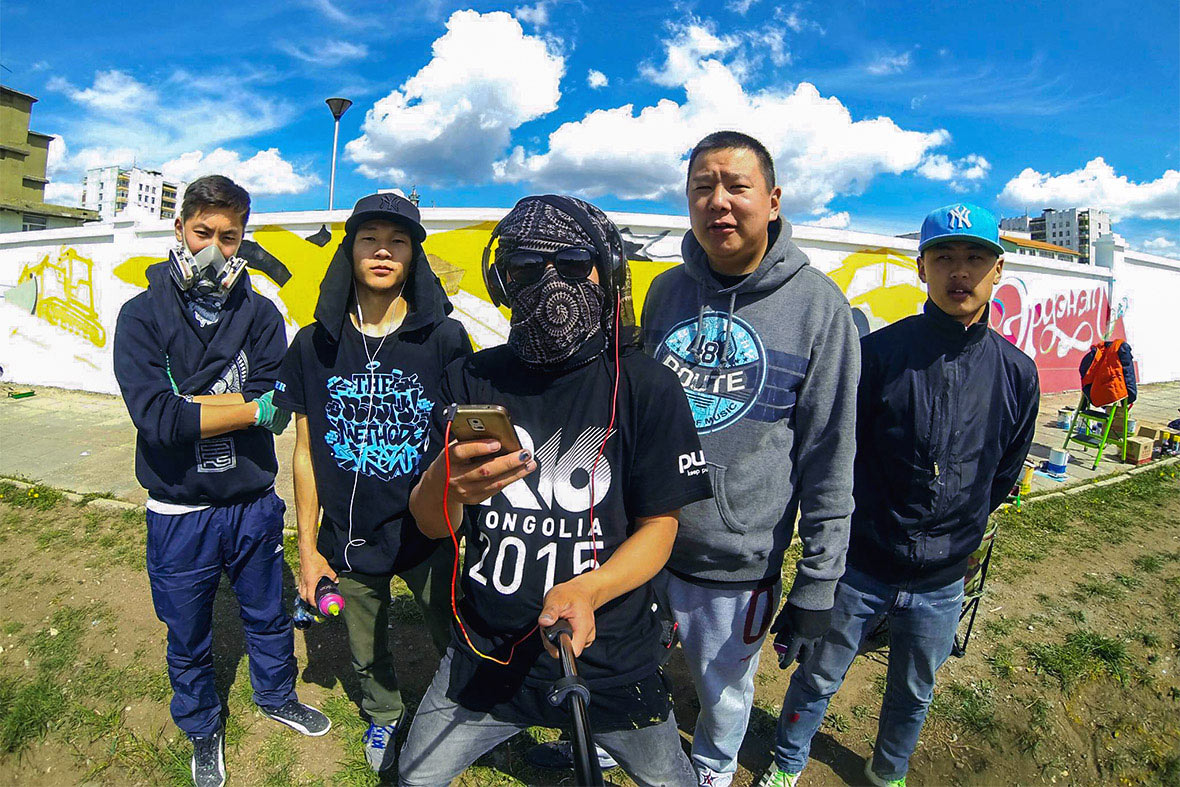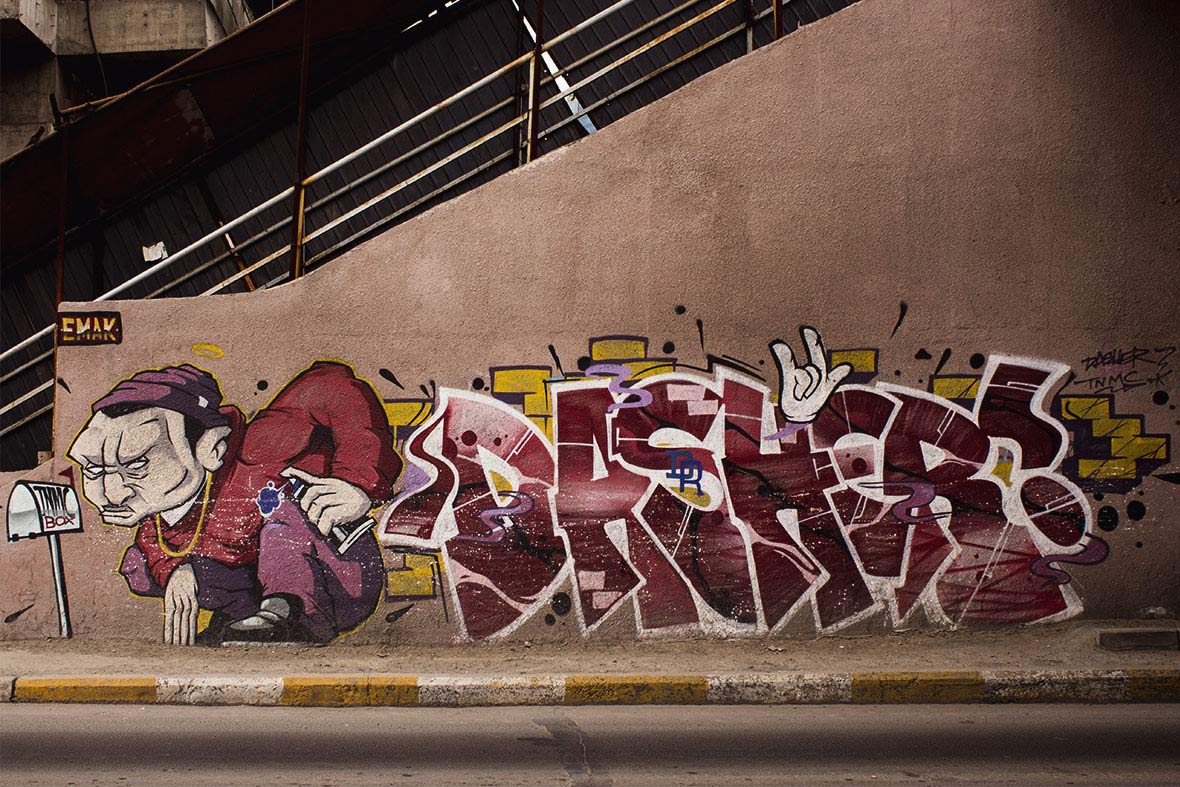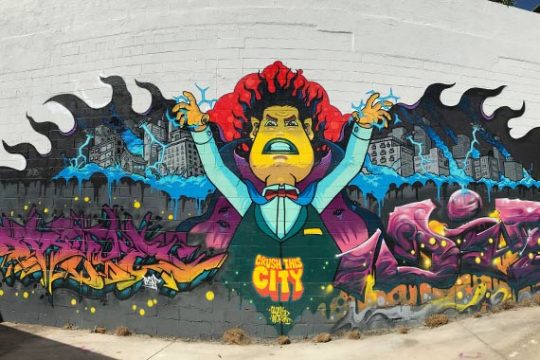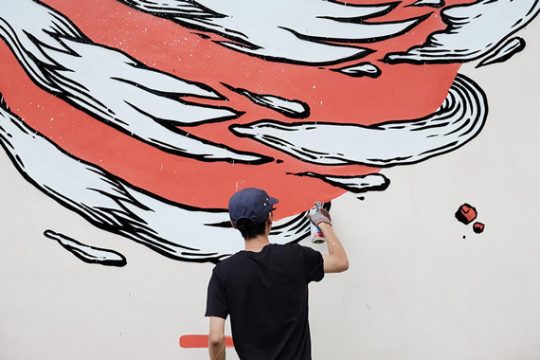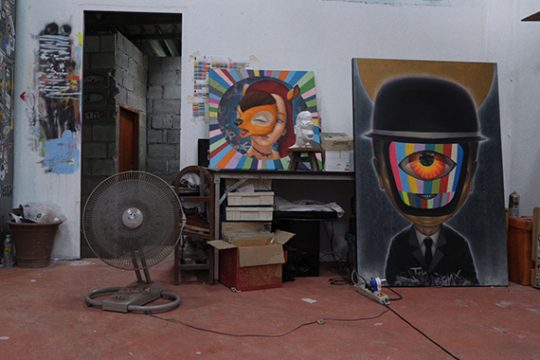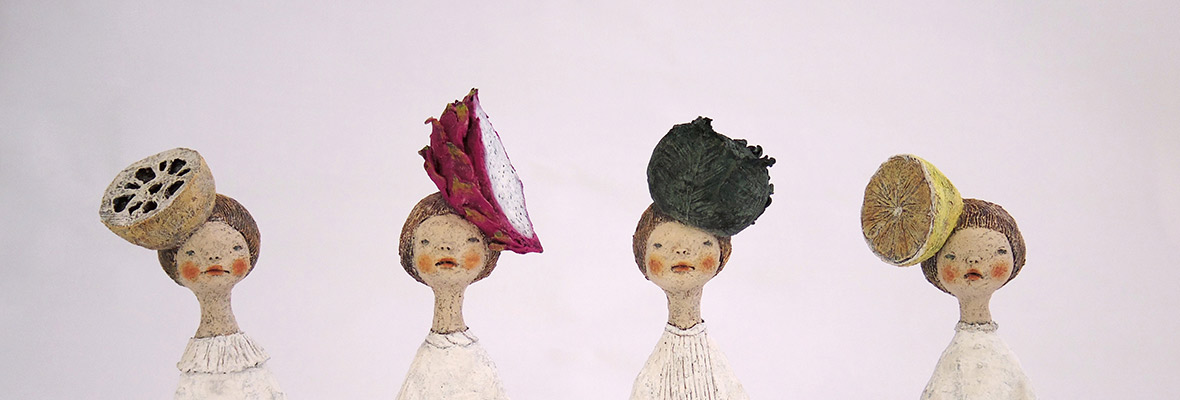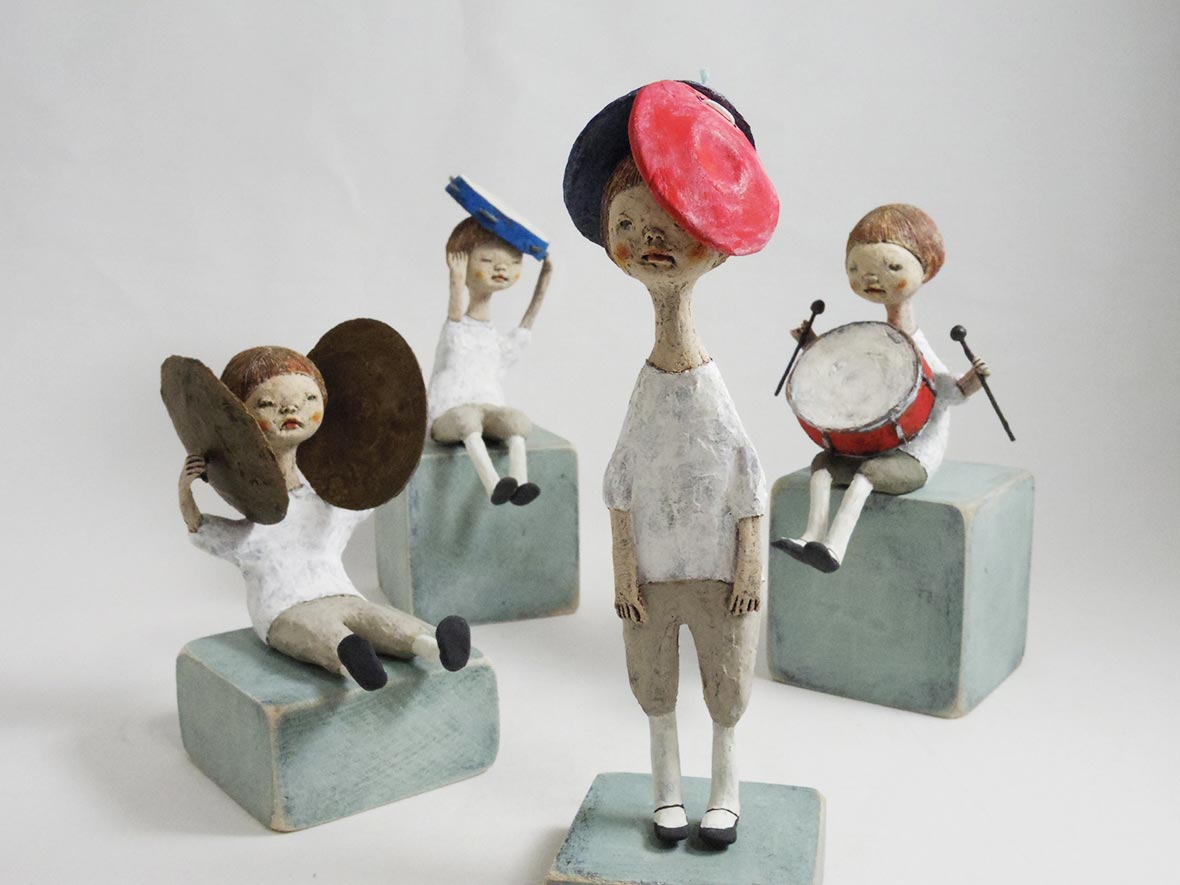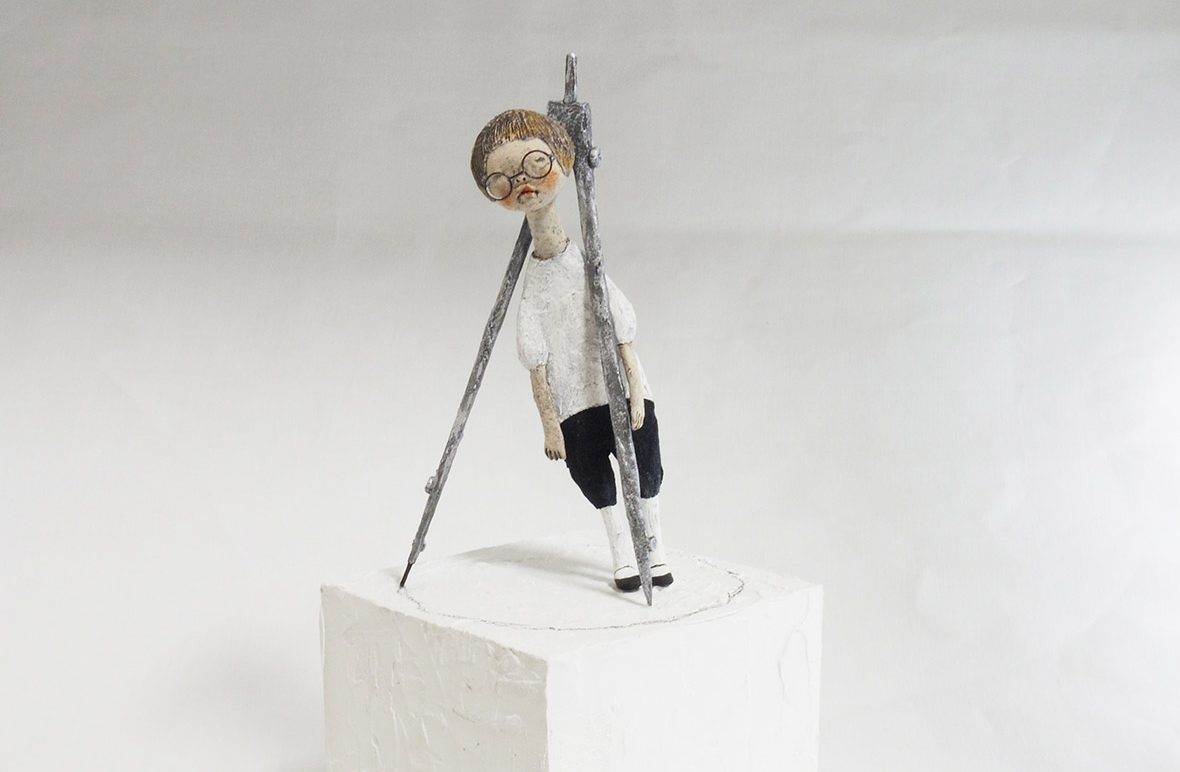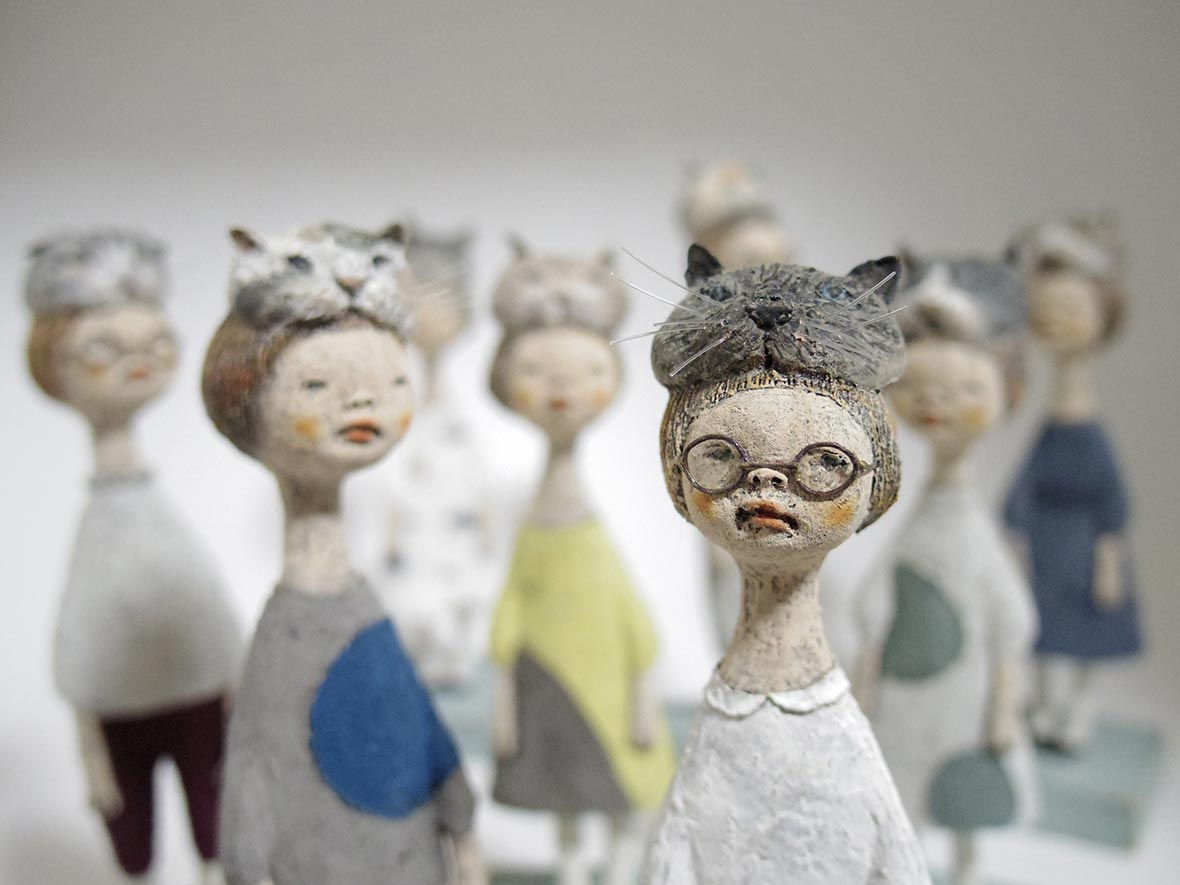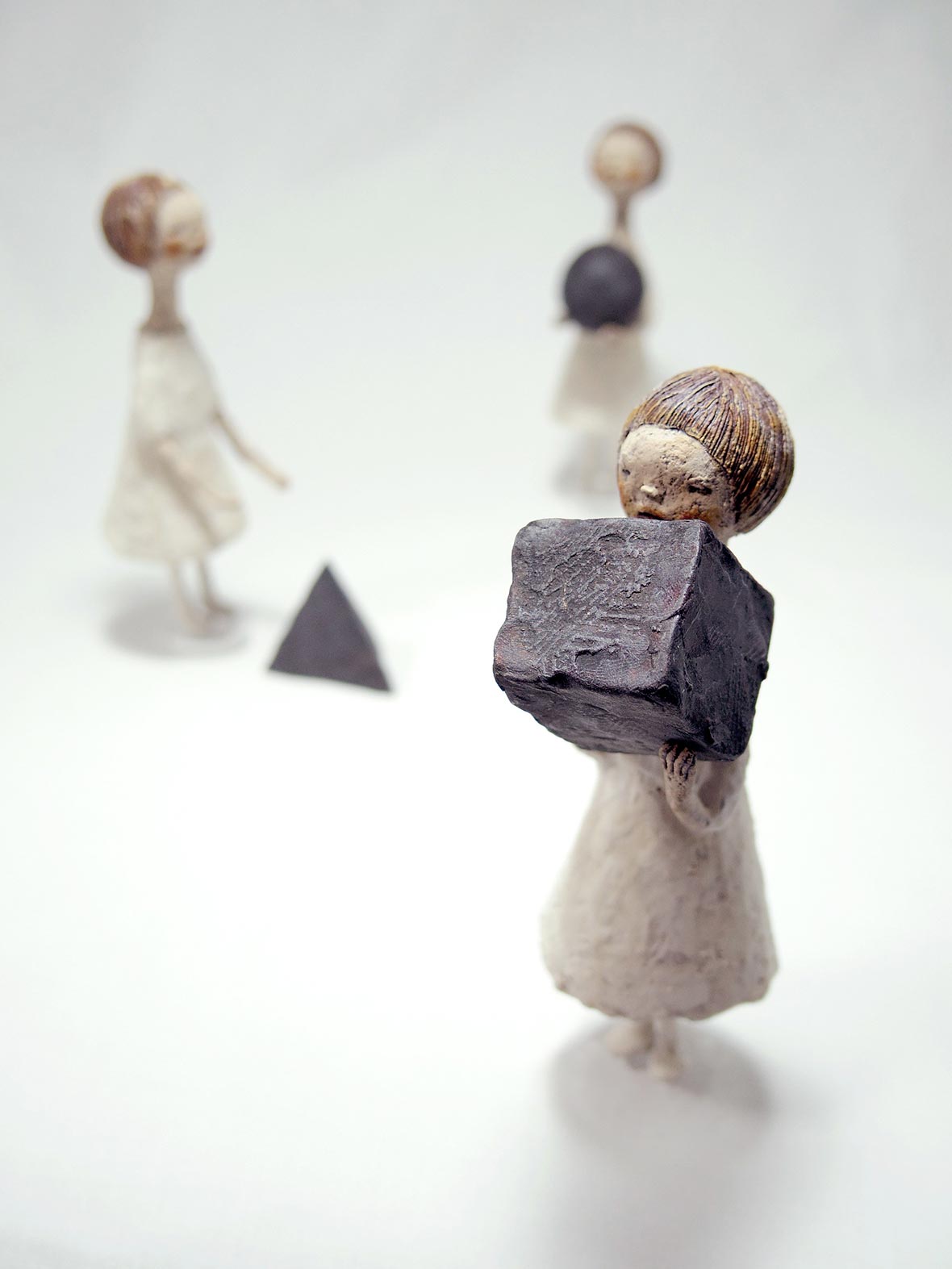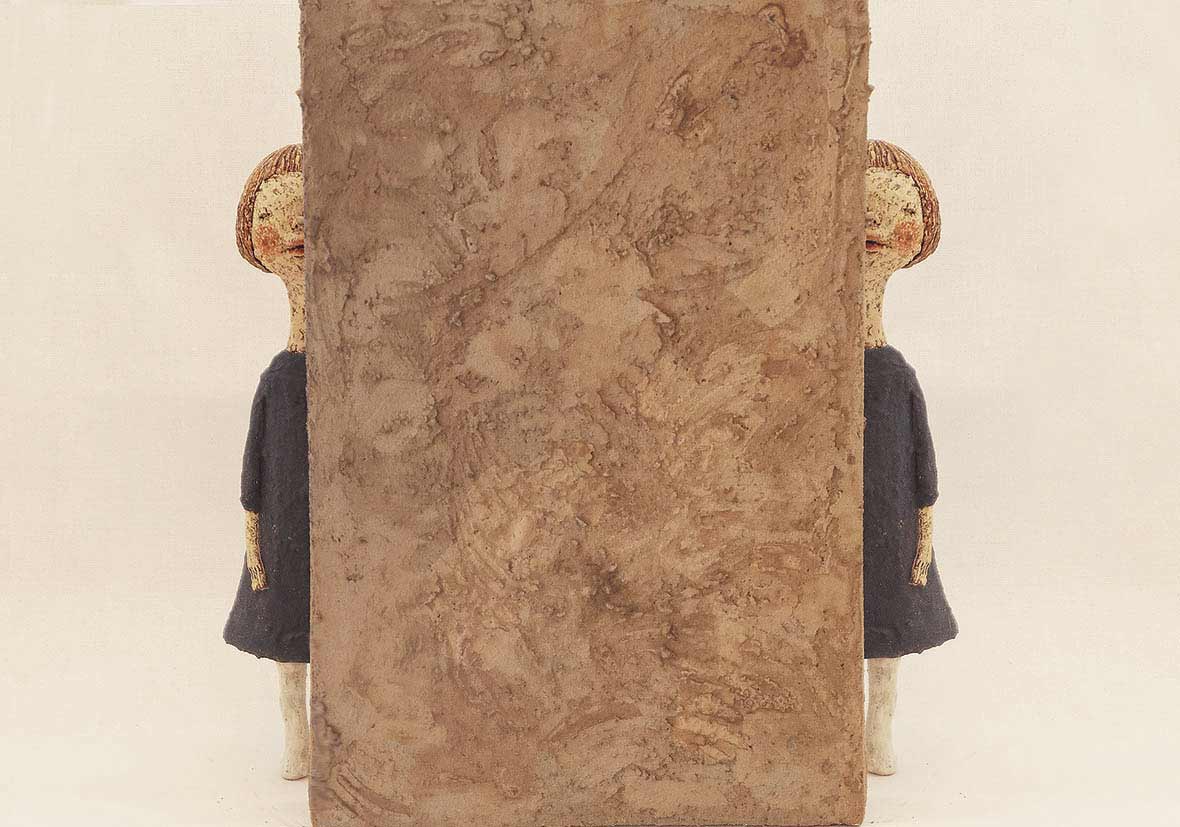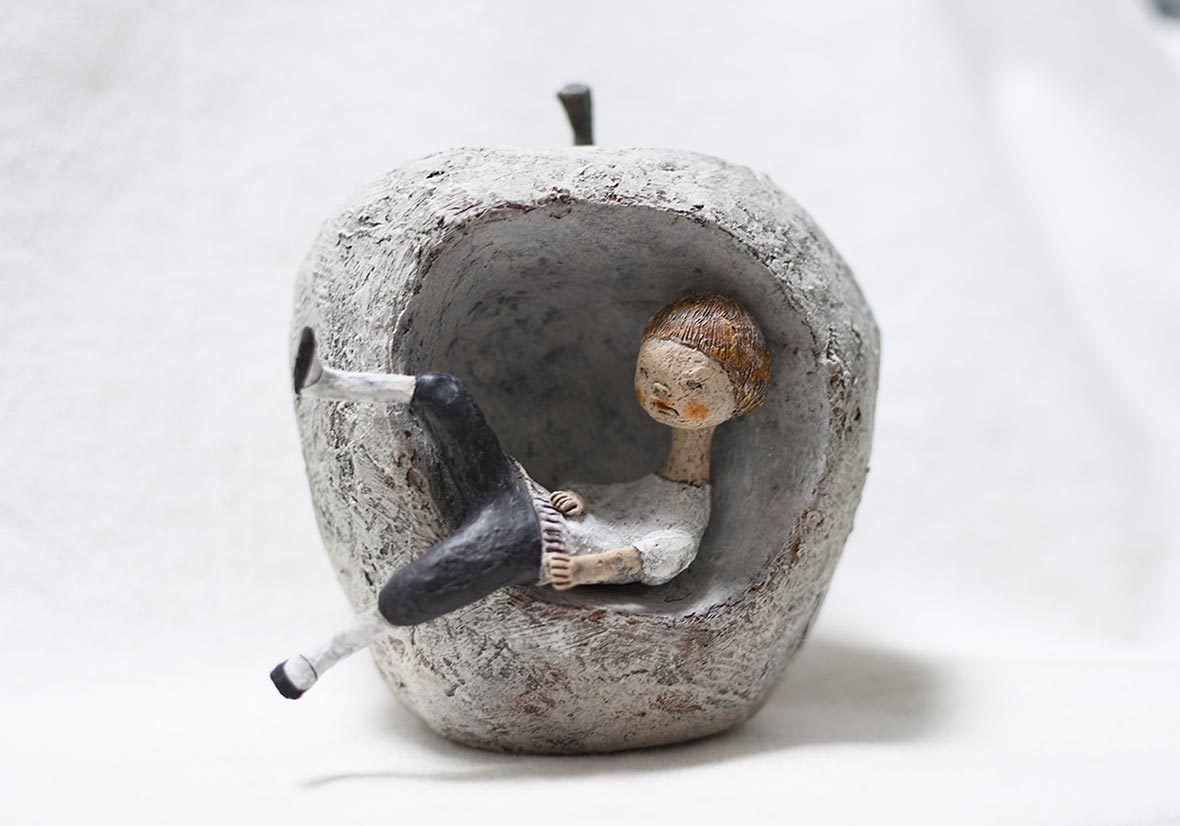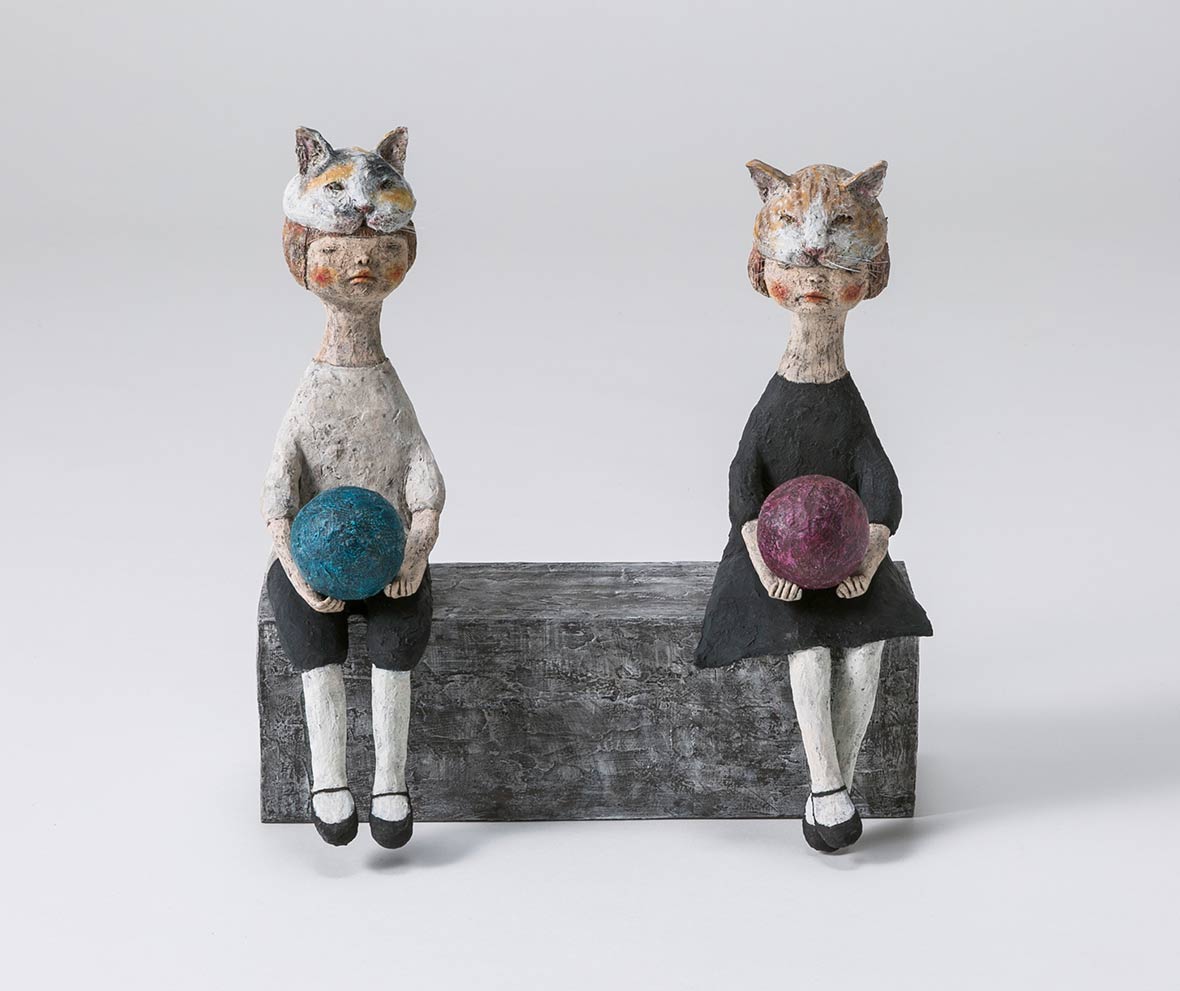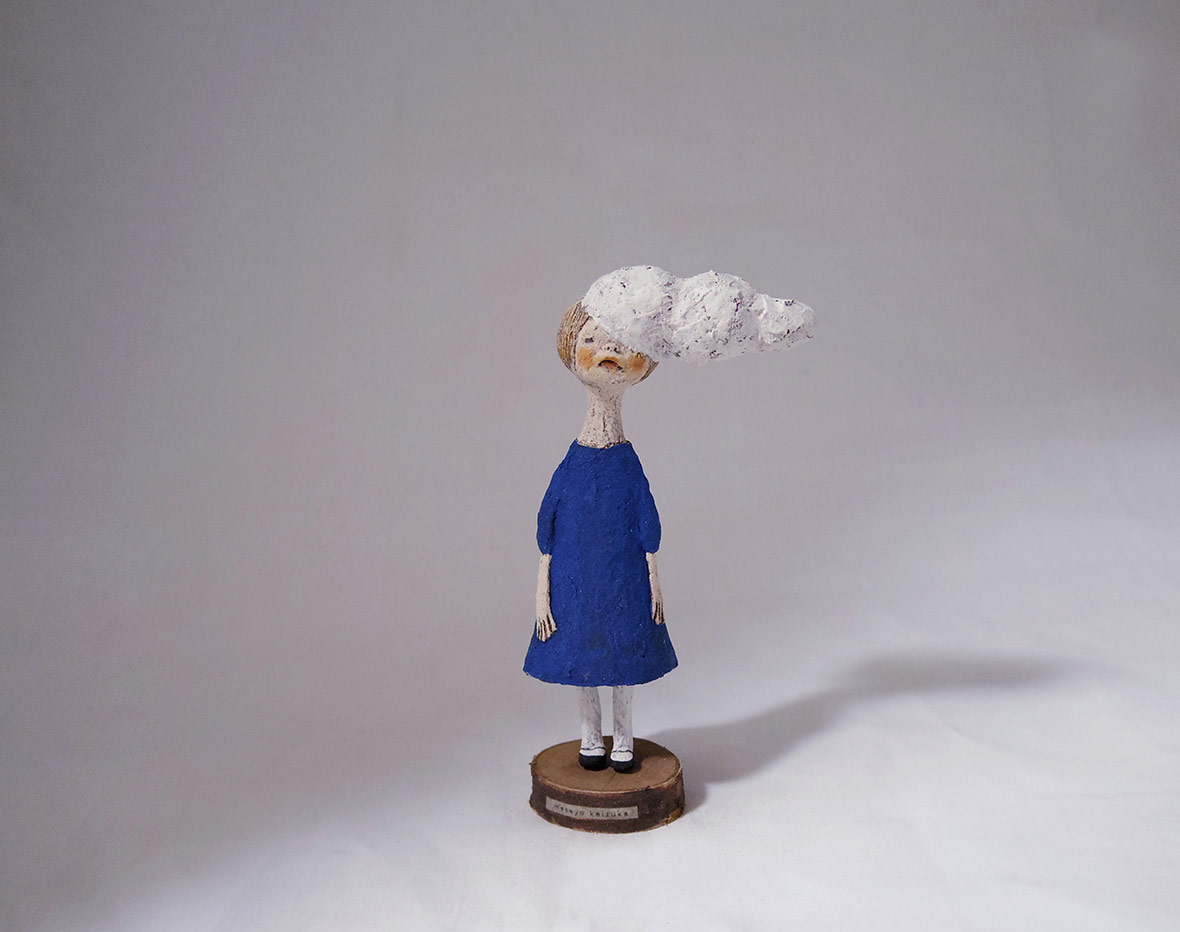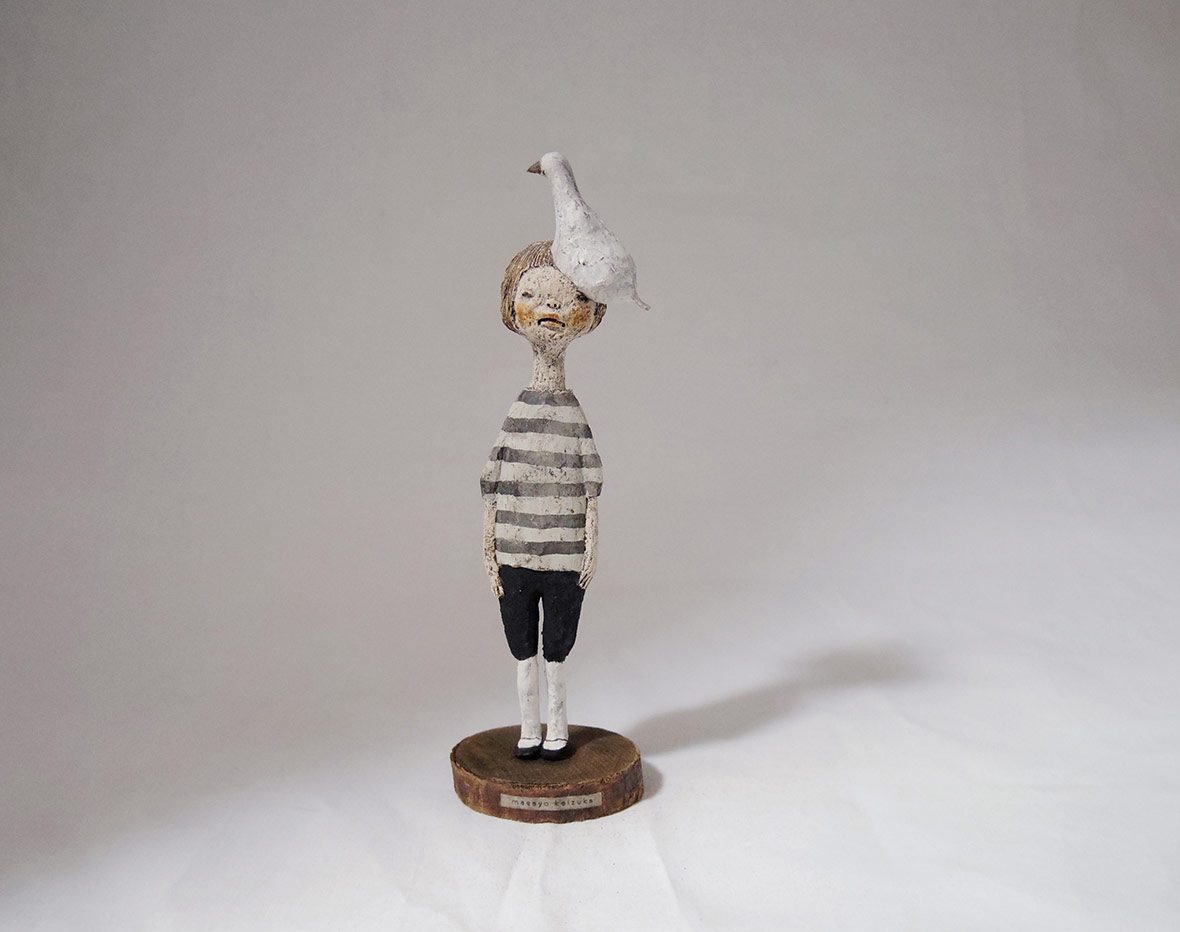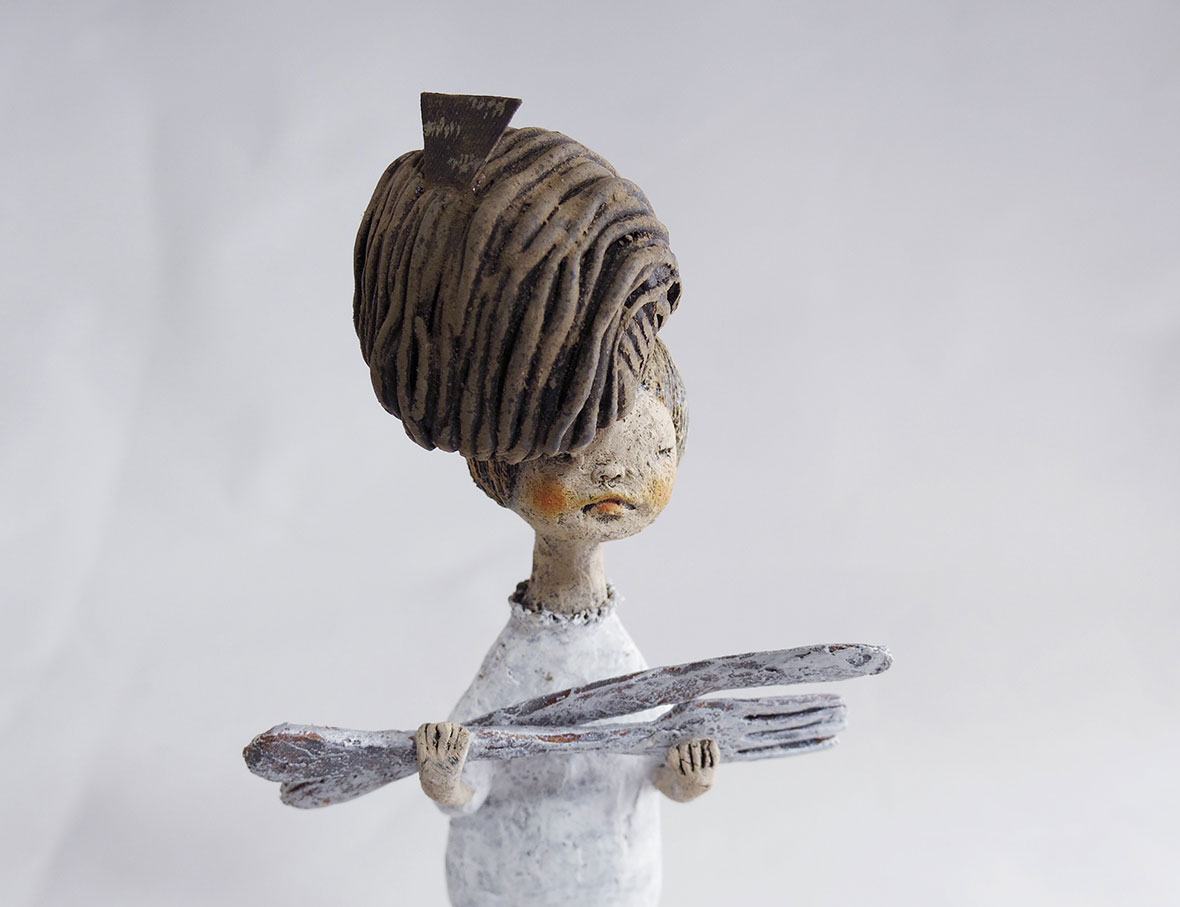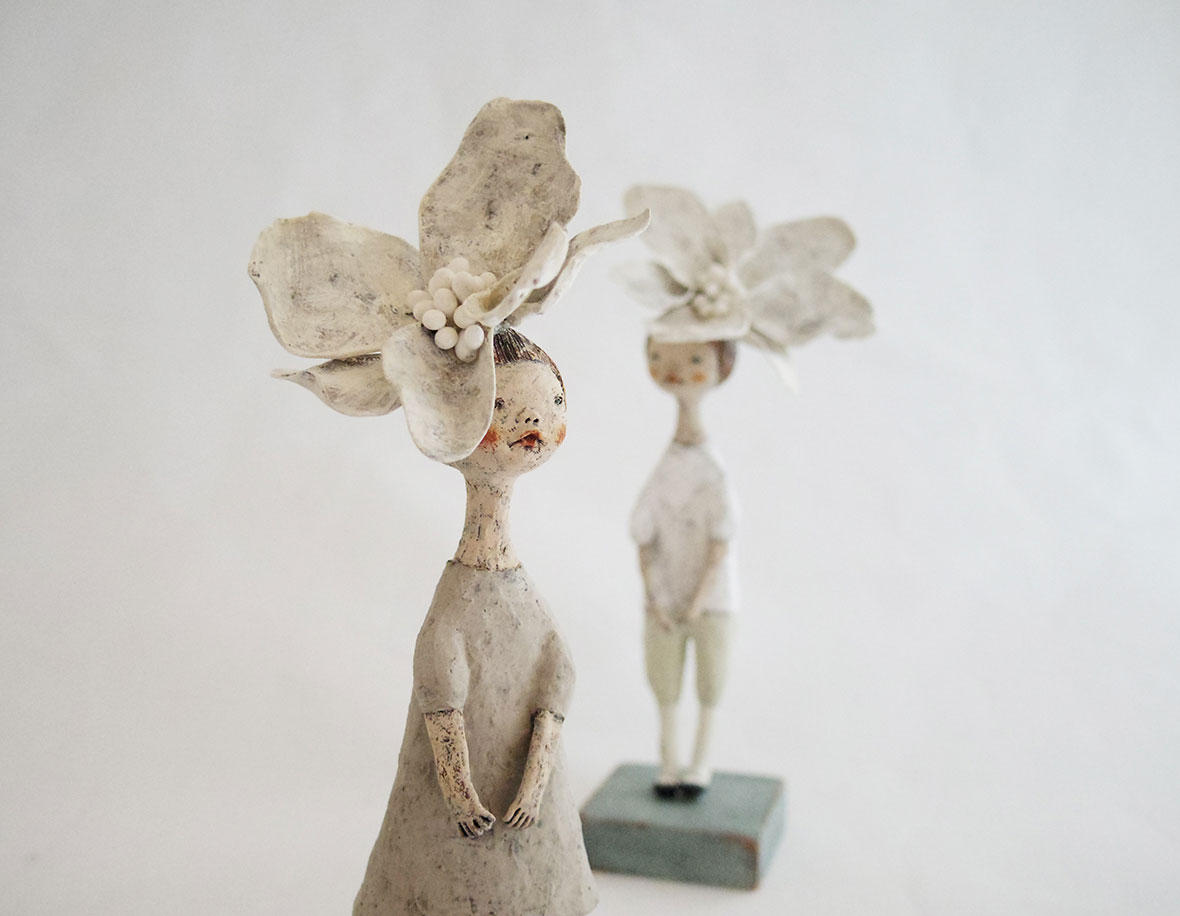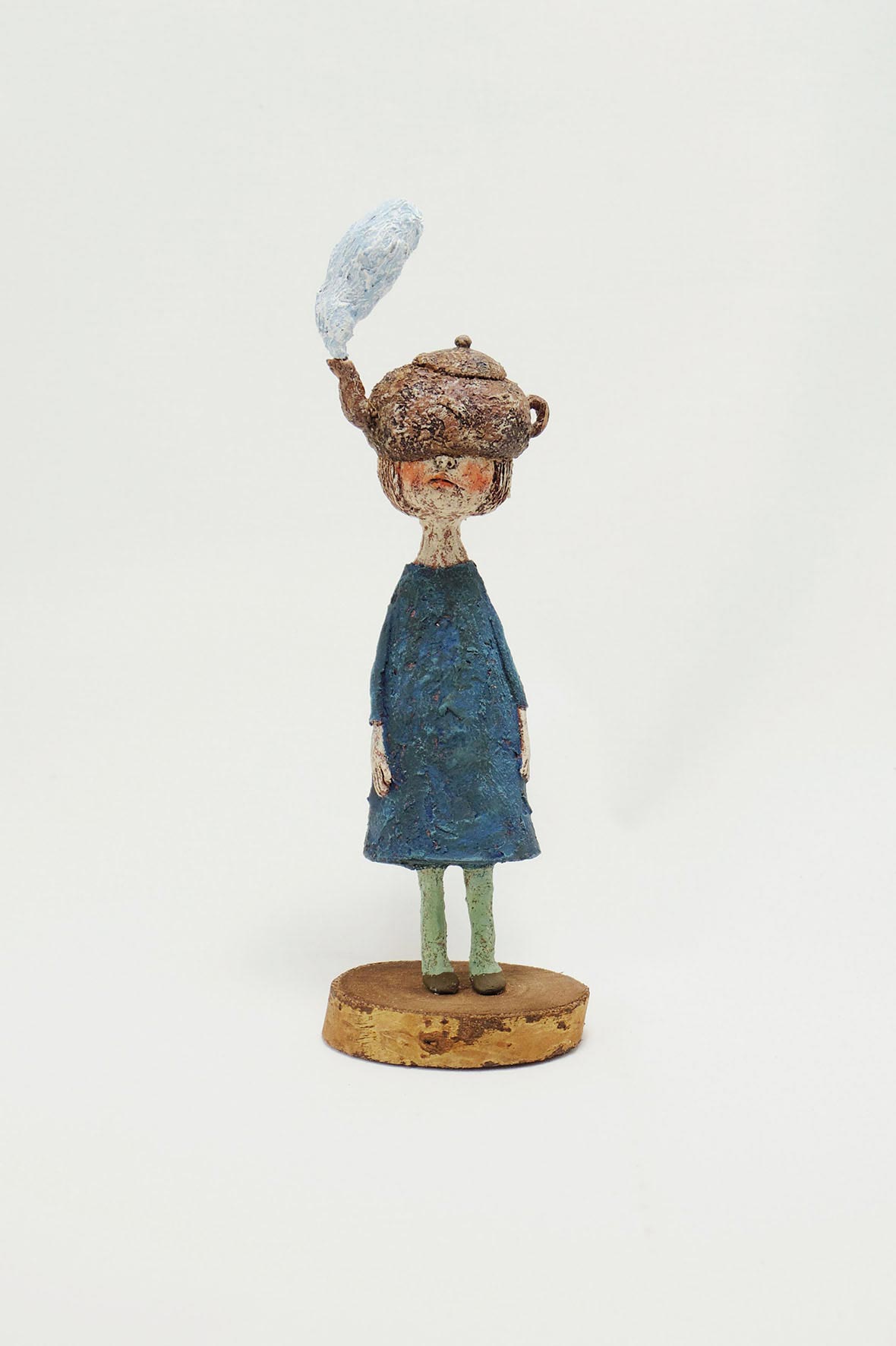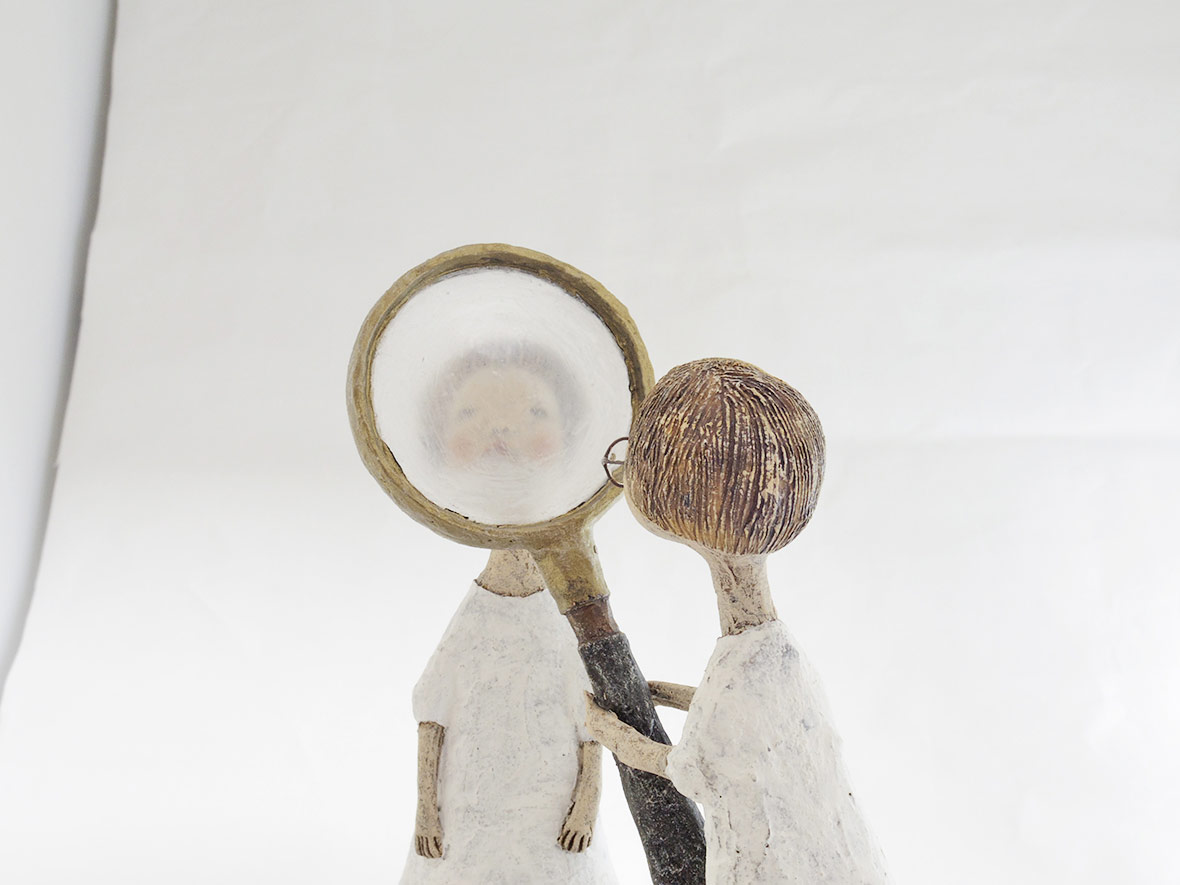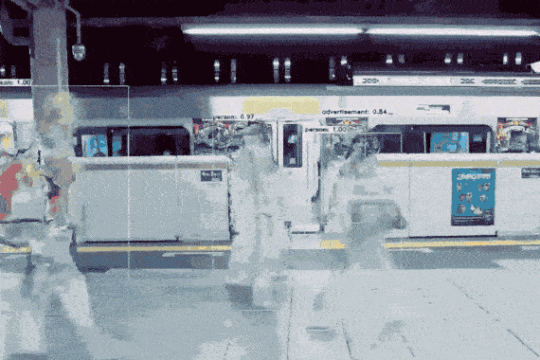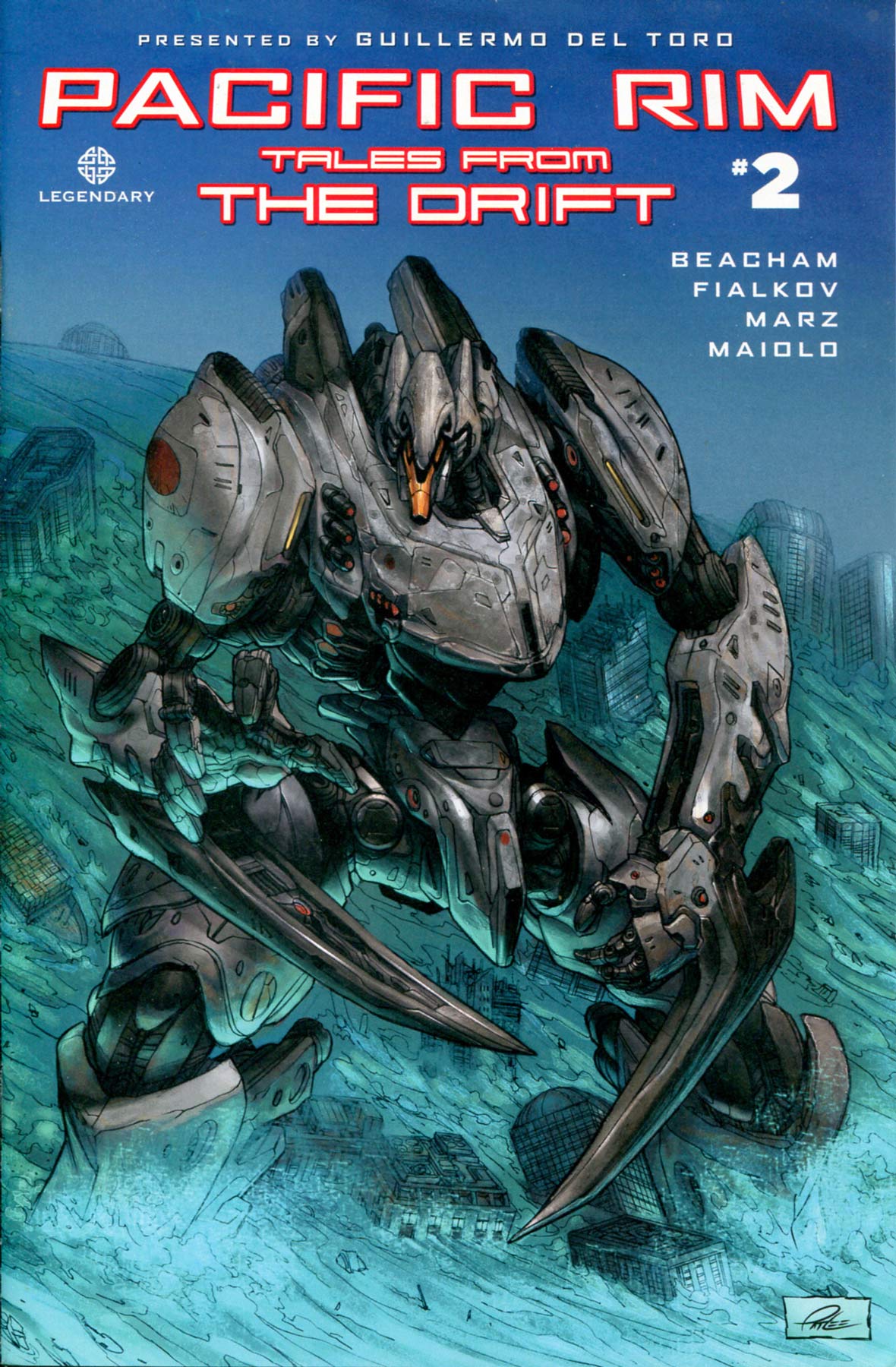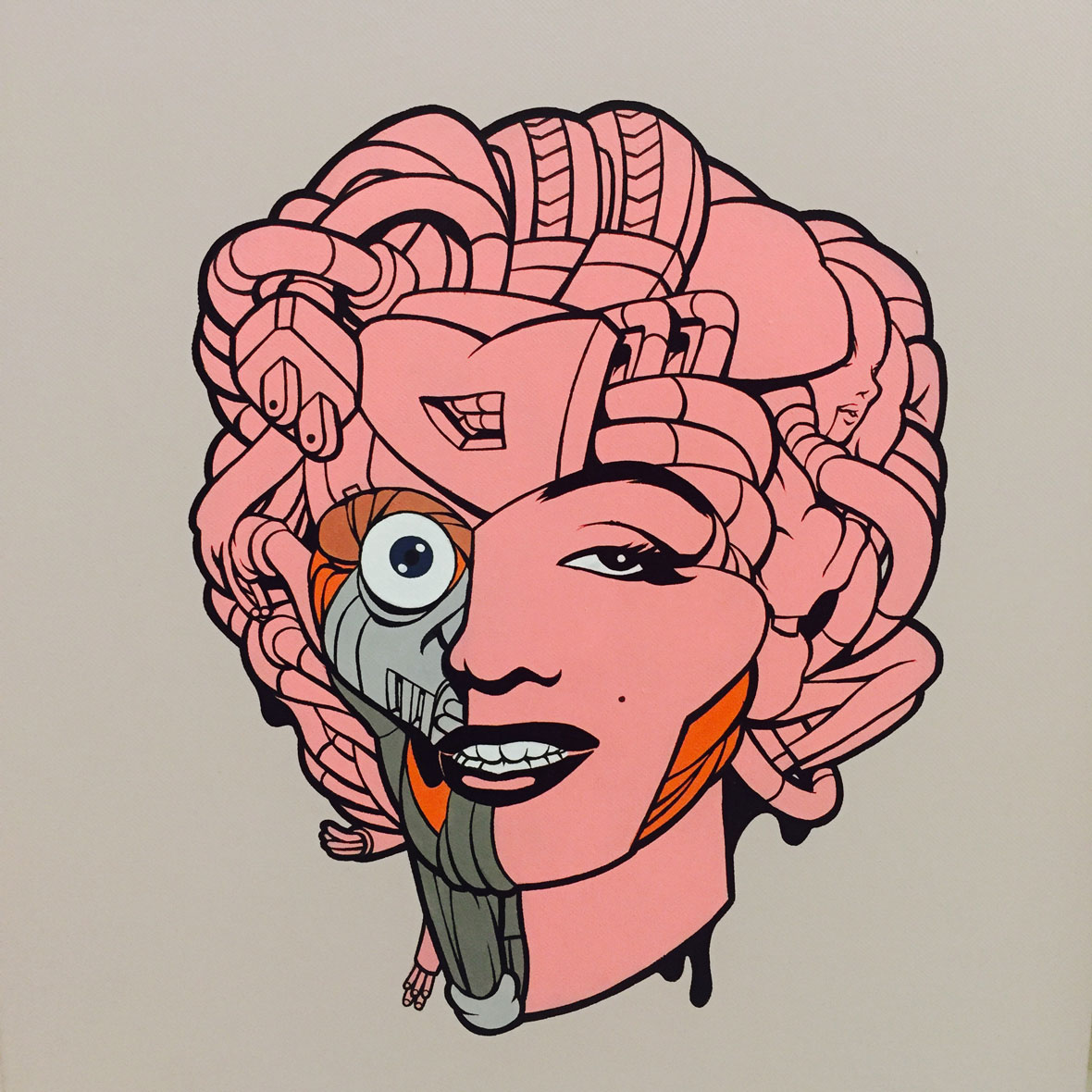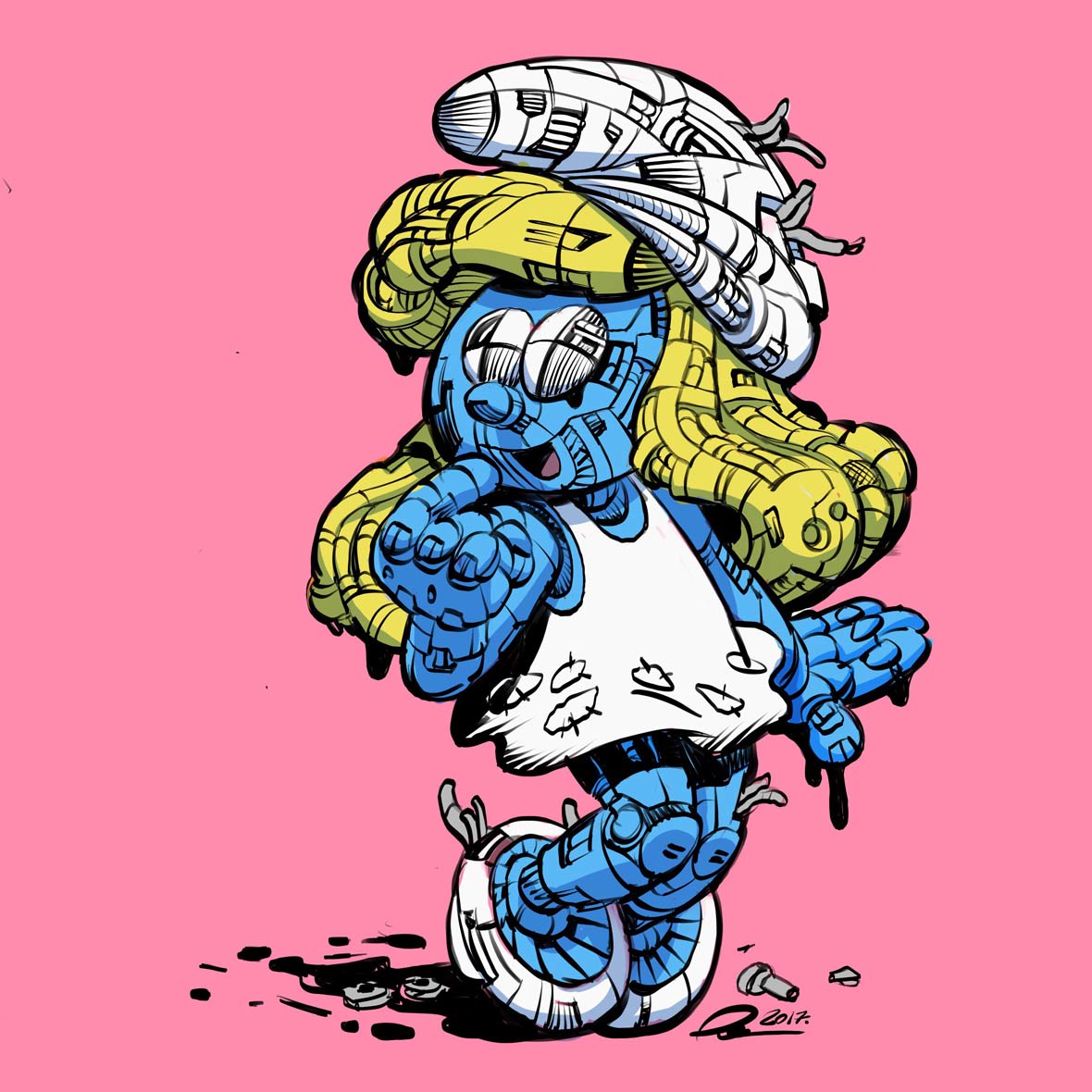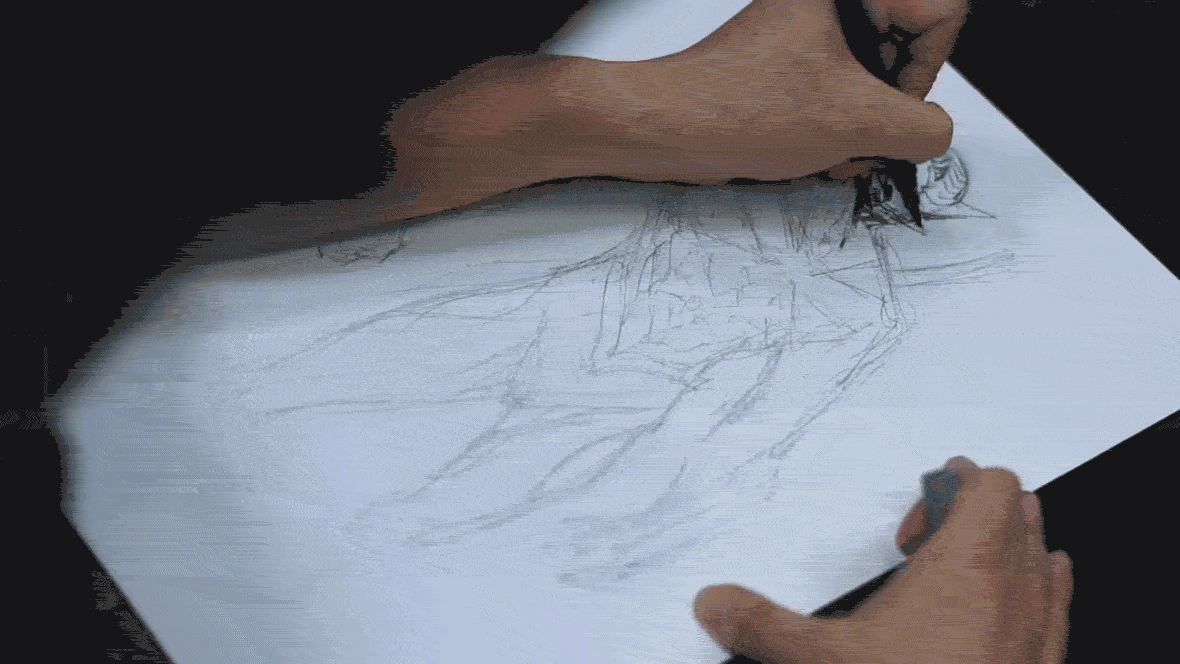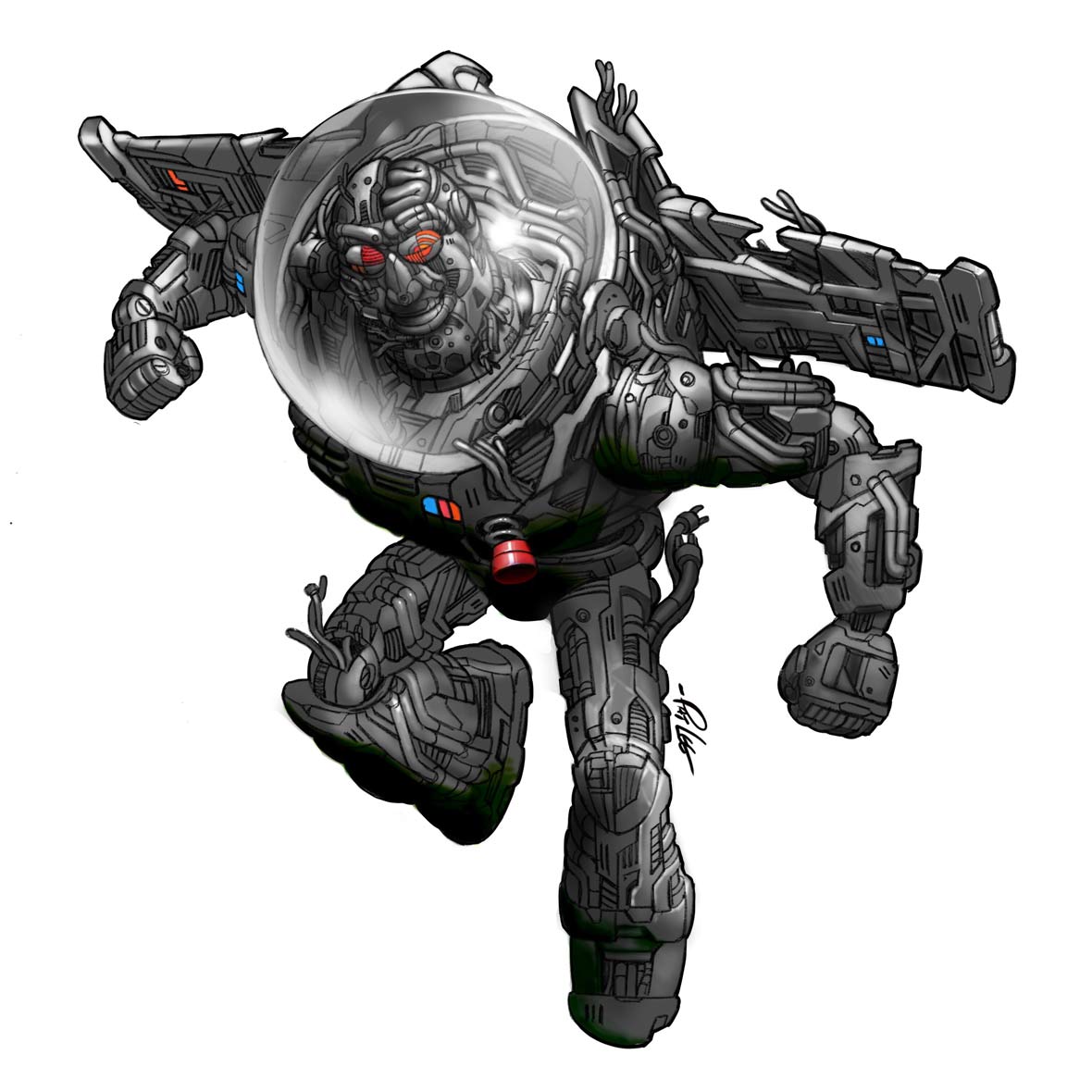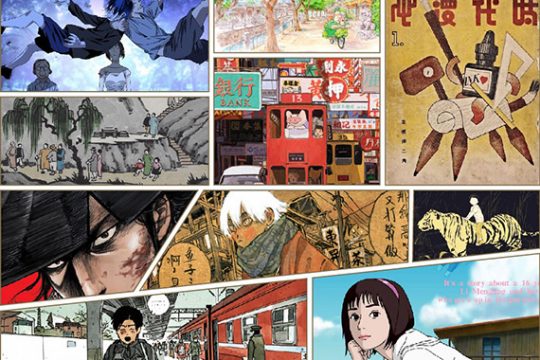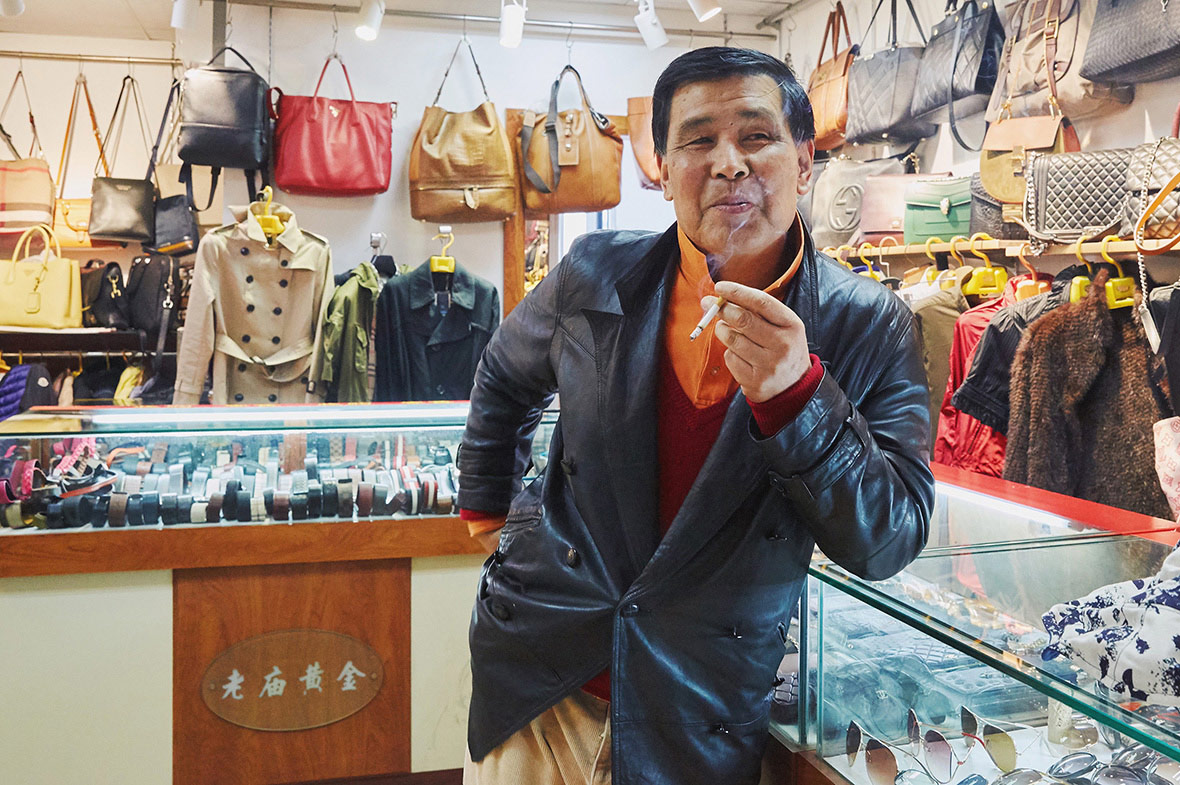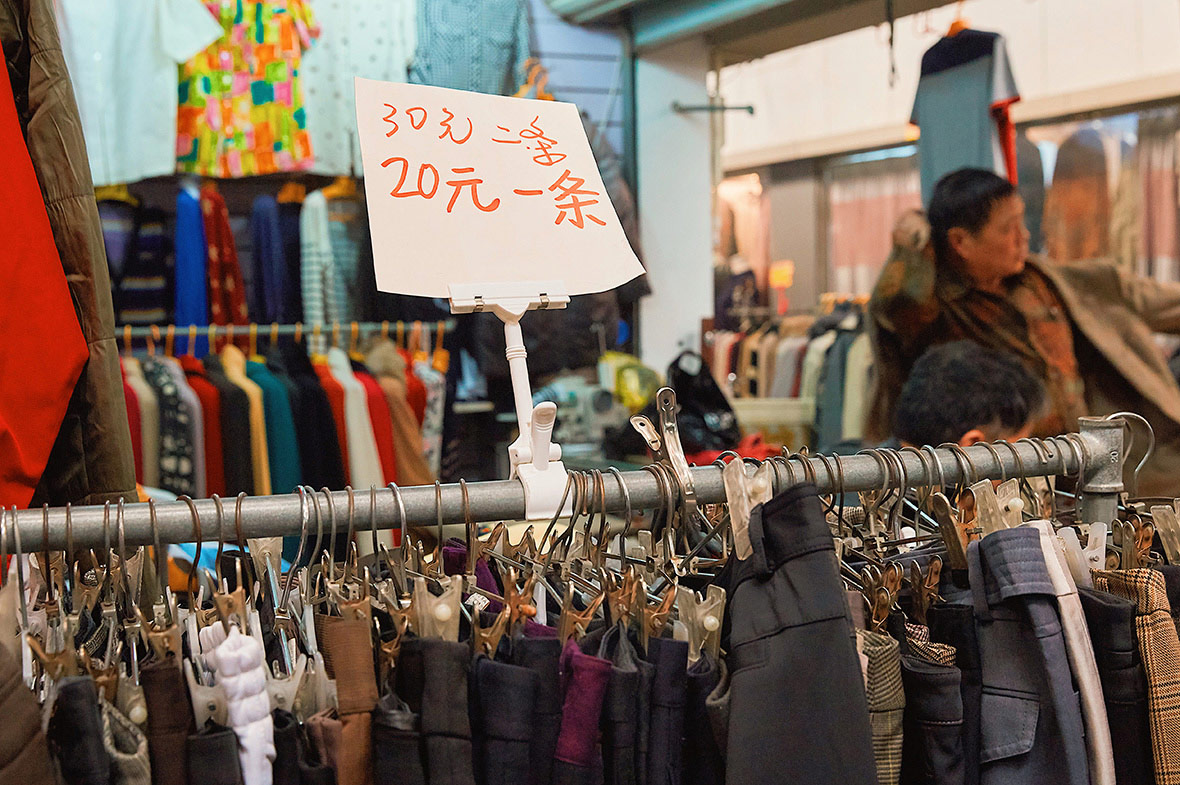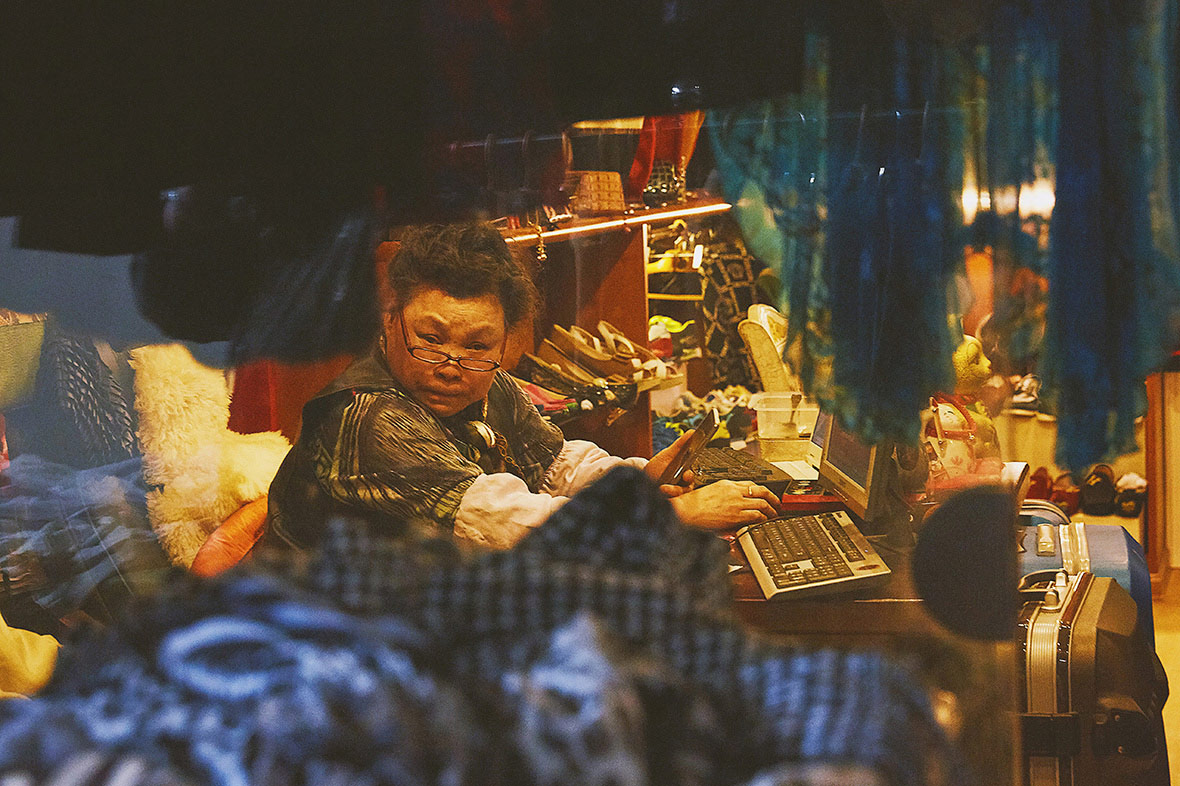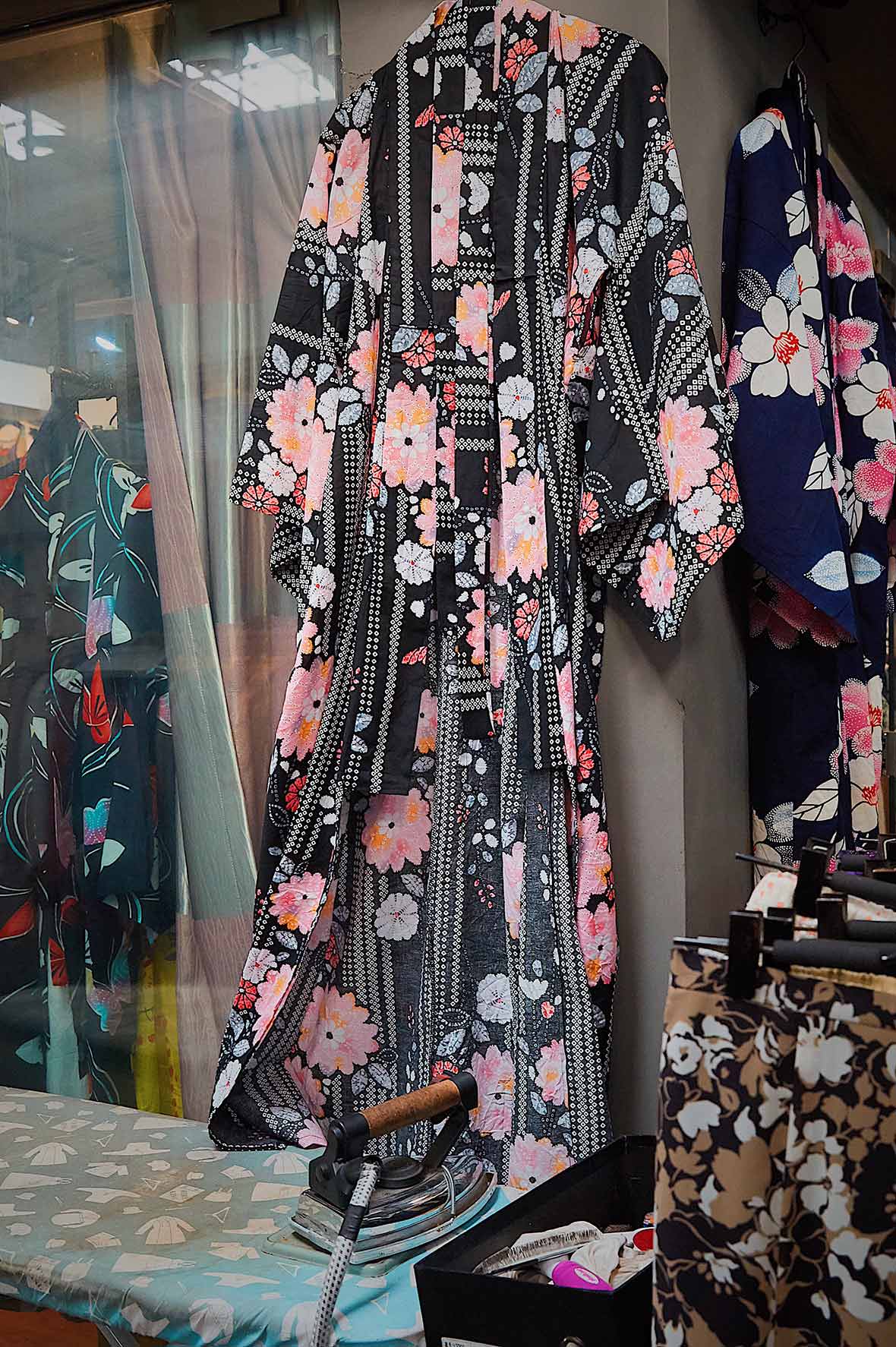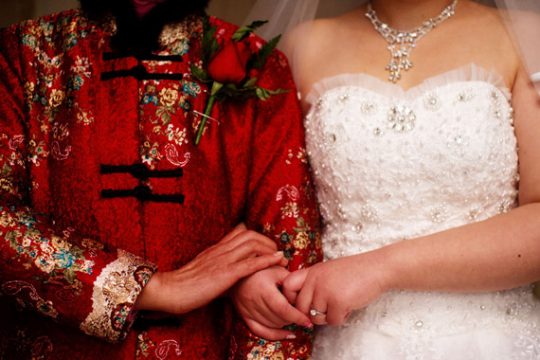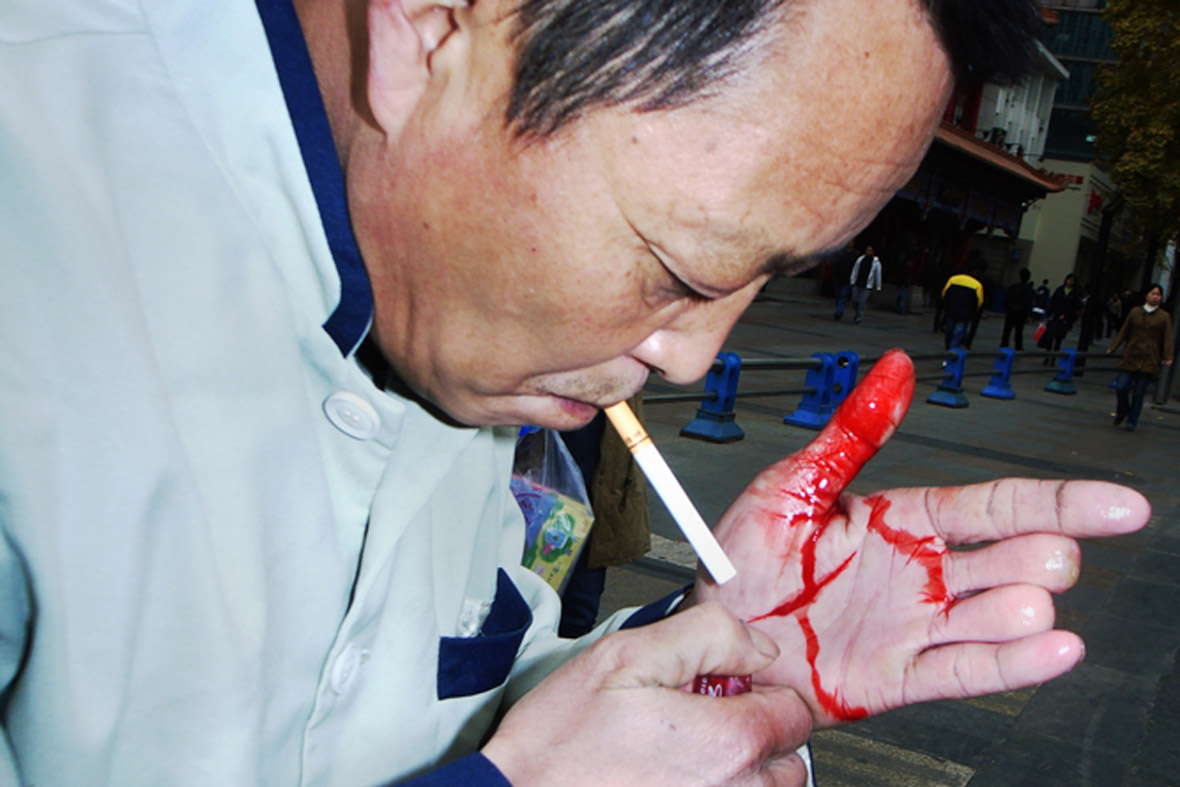
Chengdu-based photographer Feng Li has worked on a single project, White Night, for over a decade now. The series, quirky and surreal, is a visceral exploration of the odd moments between and behind those we most often pay attention to. With no plans to stop or start on another, he says the series will only come to an end if he loses interest in taking pictures altogether.
Though in his early days he experimented with black-and-white and film photography, he now works primarily with a Sony digital camera and a mounted flash. Capturing everything in flash is a purposeful decision, often making it difficult to distinguish the time of day, a hallmark of the series.
来自成都的摄影师冯立,已经在单个摄影项目《白夜》(White Night)上进行创作逾 10 年了。这个系列离奇而超现实,它是对那些我们最会关注的人之间和其背后的古怪时刻的一种本能探索。由于还未计划停止或开始另一个摄影项目,冯立说,只有当他对拍照完全失去兴趣时,这个系列才会结束。
尽管冯立早年曾尝试过黑白摄影,但现在他主要使用索尼的数码相机和外接闪光灯。冯立此系列的一个显著特点,是在一瞬间捕捉一切,而这个决定带着明确的目的性,常会让人难以分辨出照片究竟是在一天中何时所拍摄的。
In an old article, the interviewer attempted to draw a comparison between Feng’s photography and his original field of study – Chinese medicine and acupuncture – writing, “It’s as though he approaches portrait photography as clinical cases. When the bulb’s warning light flashes, he’s able to accurately pinpoint the illness’s acupuncture point.” When I asked Feng, however, if he thought his previous profession influenced his artistic work, he replied that he thought the period had at most an indirect connection.
In such a response, one sees ties to the fact that even within the realm of artistic photography, he does not seem to care for either comparisons or a discussion of influences. White Night began when he was taking photos for his job as a photographer with the Chengdu propaganda department; that evening, he recalls, was particularly foggy, and the fog and the lights wrapped themselves around each other in surreal ways which reminded him of scenes from films by influential directors such as Angelopolous or Tarkovski. When I brought up this story, however, with a shrug, he replies, “It happens those are a few of what amount to the few films I’ve seen.” When I asked about photographers he’s named in the past as being of interest – Diane Arbus, William Eggleston, Nobuyoshi Araki, Han Lei – he said he had never used his own photographs to draw any comparisons to those of others, and that he rarely looks at photo books himself.
在一篇先前的文章中,采访者试图将冯立的摄影与他最初的研究领域──中医和针灸──进行比较,曾论及:“拍照时像是将人作为临床病例,总能在闪光灯发出警示的刹那找准病症的穴位。”然而,当我再问冯立他是否认为他以前的职业影响了他的艺术作品时,他的回答却是,他认为这段时期至多是一种间接的联系罢了。
即使在摄影领域,冯立似乎也不太爱比较或讨论影响的作用。《白夜》这个系列,开始于他在成都市宣传部门当摄影师的时候。在他记忆里的那个夜晚尤其模糊,蒸腾的雾气和朦胧的灯光,以超现实的方式把夜包裹,这让冯立想起了安杰洛波卢斯(Angelopolous)或塔尔科夫斯基(Tarkovski)等导演的电影场景。然而,当我提起这些的时候,他却淡然地答道:“碰巧这些只是我看过的为数不多的几部电影中的一部分。”当我问及他曾提起过感兴趣的摄影师,诸如黛安娜·阿伯斯(Diane Arbus)、威廉·埃格尔斯顿(William Eggleston)、荒木经惟和韩磊时,他说他从来没有用自己的照片来和这些人作比较,他自己也很少看影集。
It is difficult even to say that Feng considers himself an artist. Instead, he says, “I think of myself as a photographer, but use an artist’s style in order to think.” He has not tried other artistic mediums, and expresses no desire to do so. His primary inspiration, he says, is life, and his sole aim seems to be to approach life as a kind of unreal, storied fabric; he looks for unreal moments that to him ultimately comprise our chaotic reality. Nor does he spend his time fastidiously choosing the photos he likes best. There aren’t any unpublished White Nights photos, he says; basically anytime he takes a picture, he releases it online. Asked whether he minds that some have evaluated his work as ugly and amateurish, he said he’s never minded others’ experiences, and that ugly and amateurish are good evaluations as far as he’s concerned. Indeed, when I asked him to talk about composition and aesthetic, he claimed his photos have neither.
甚至,说冯立自认为是个艺术家也很难。反之,他说:“冯立没有尝试过其他艺术形式,也没有表达过这种想法。据他而言,他的主要灵感是生活,唯一的目标似乎就是把生活当作一种虚幻的、传奇式的材质来对待;他寻找不真实的时刻,且对他来说,这些时刻最终构成了我们混乱的现实世界。
对待自己喜欢的照片,冯立也毫不犹豫地直接发布,不经过任何选择。他说,《白夜》系列几乎没有未发布的照片,基本上任何时候拍下的任何照片,都会立刻在网上公开。
而当问及冯立是否介意有人评判他的作品丑陋又业余时,他的回答是,他从不关心别人的评论,而且就他而言,无论丑陋还是业余,那都是很棒的评价。事实上,当我请他谈论构图和美学时,他甚至声称他的照片根本不包含这些东西。
What, then, does Feng Li look for when he is photographing? Tellingly, when I asked him to describe a moment he’d been unable to capture, he said he was unable to describe it – “just like the moments I captured.” He told another interviewer that a good photo prevents you from understanding what happened and that it is filled with unknown, mystery, and uncertainty. I tried to go a step farther and ask what he thought a successful photo is, only to have him tell me that there is no such thing as a successful photograph – “just difficult-to-put-to-words photographs, no-way-to-use-writing photographs, or no-need-to-use-writing-to-describe photographs.” In terms of subjects, he says he can only run into them, that they cannot be sought out.
那么,冯立在摄影时在寻找什么呢?我请他描述一个他无法捕捉到的瞬间,但他却说这无法描述──“就像那些拍到的瞬间一样。” 他说,“一张好照片,它阻止了你理解发生的事情。它充满了未知、神秘和不确定的因素。”
我试着再进一步追问,问他认为一张成功的照片究竟是怎样的,结果他却告诉我,根本没有成功的照片这一说──“而对于被拍摄的对象,冯立说,他唯一能做的是与他们偶遇,而不是去寻找他们。
But despite his reticence to discuss influence, style, form, aesthetic, Feng Li has in fact expressed a pretty clear worldview throughout interviews and in his own artist’s statement: the world is problematic and in a state essentially of primeval chaos, such that a distinction between the real and the unreal is difficult to achieve. The moments he seize tell a story of a dangerous world, “reality’s others face,” an underbelly of existence that essentially is our reality, only too many people are too afraid to look directly at it. The only way to live, in Feng Li’s mind, is to do one’s utmost to understand the reality of existence through experiencing the world around oneself, the value of which cannot be replaced by others’ stories and experiences.
然而,尽管他不愿讨论影响、风格、形式、美学,但事实上,在整个采访和他发言中,冯立都表达出了相当清晰的世界观:这个世界是有问题的,本质上是一种原始的混乱状态,以至于很难区分真实与虚幻之间的差别。他拍下的一个个瞬间,都在讲述这个世界的危险故事,“现实世界是他人的脸庞”,我们所处的现实本质上正是存在的阴暗面,只是太多的人不敢直视它。在冯立的心中,唯一的方式就是通过体验周遭的世界,尽最大的努力去了解存在的现实,这种存在的价值是其他故事和经验所无法取代的。
For all that, though, he does not claim to understand reality; far from it. When previously asked to define his works in a few words, he responded he had finally reduced it to one: “Why?”
He calls eternity a question mark and says that he is still unable to understand the world, in the same way that he can’t express in words what his photographs might mean. This is a particular paradox: Feng thinks it of utmost importance to understand the chaotic world but rejects attempts to define or contextualize the photographs that attempt to capture that chaos. But paradoxes by nature wrap in on themselves: so perhaps the paradoxical nature of Feng Li’s mission – finding the unreal cracks that make our reality so real – made further inconsistency inevitable, and perhaps ultimately that is this artist’s point.
但即便如此,冯立却并不认为他理解了现实,甚至远不及理解。此前,冯立被要求用几句话来定义自己的作品,他最终简化为一句话作答,即:“为什么?”
他把永恒称为一个问号,并说他仍不能理解这个世界,就像他不能用语言表达他的照片的意味何在一样。而在这,矛盾显得尤其特殊:冯立认为了解混乱的世界是至关重要的,但他拒绝给那些试图捕捉混乱的照片下定义或加以语境。但这种矛盾自然而然地出现,所以,也许冯立的使命也正是相互矛盾的──去寻找使我们的现实如此真实的虚幻裂缝──以使得进一步无常性不可避免,或许最终,这就代表了这位艺术家的观点所在吧。

